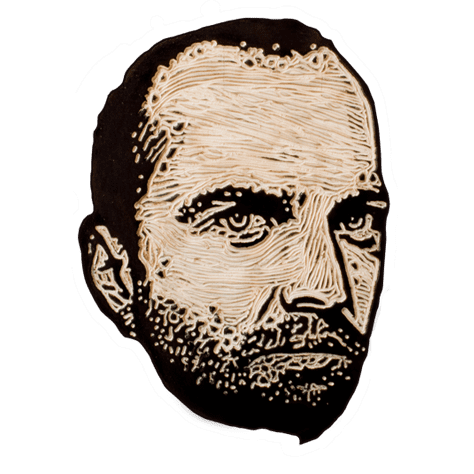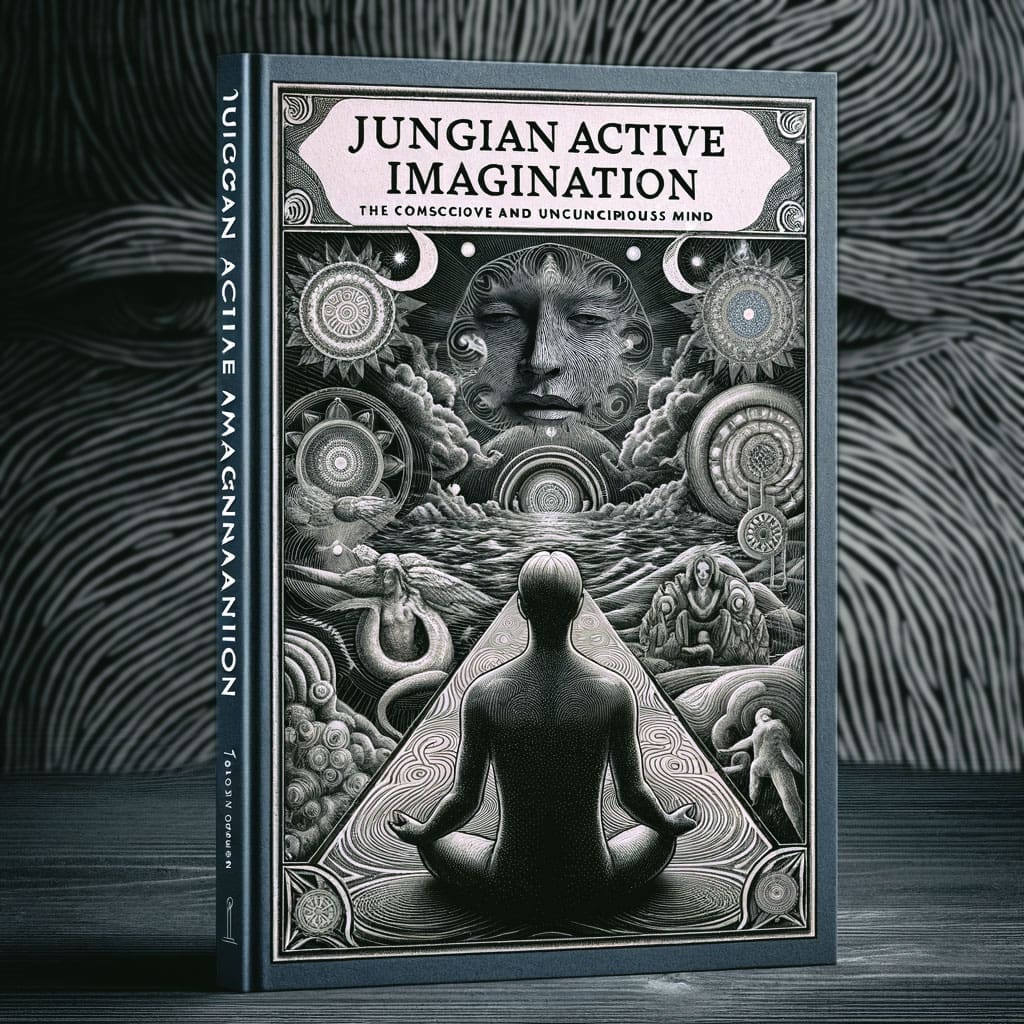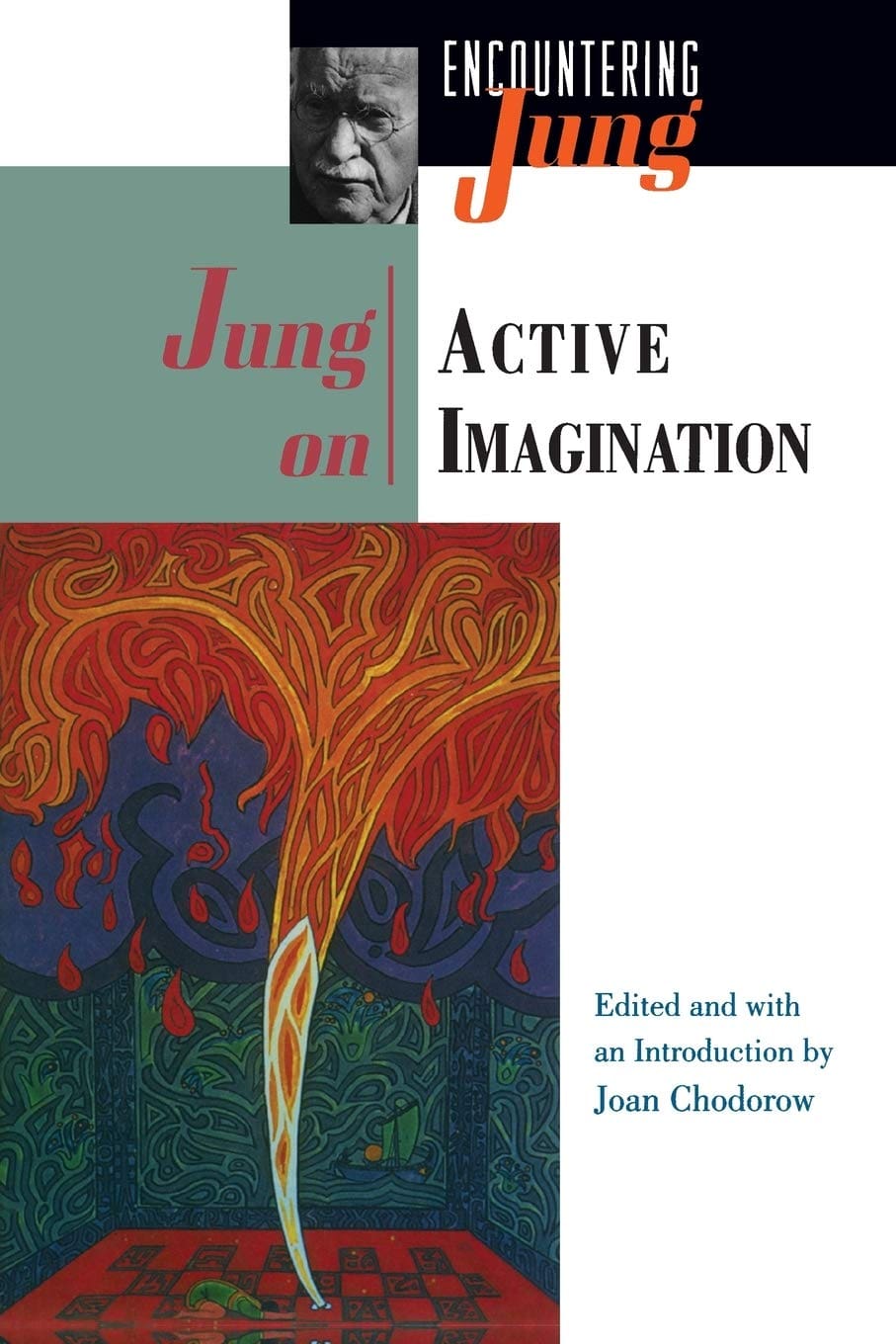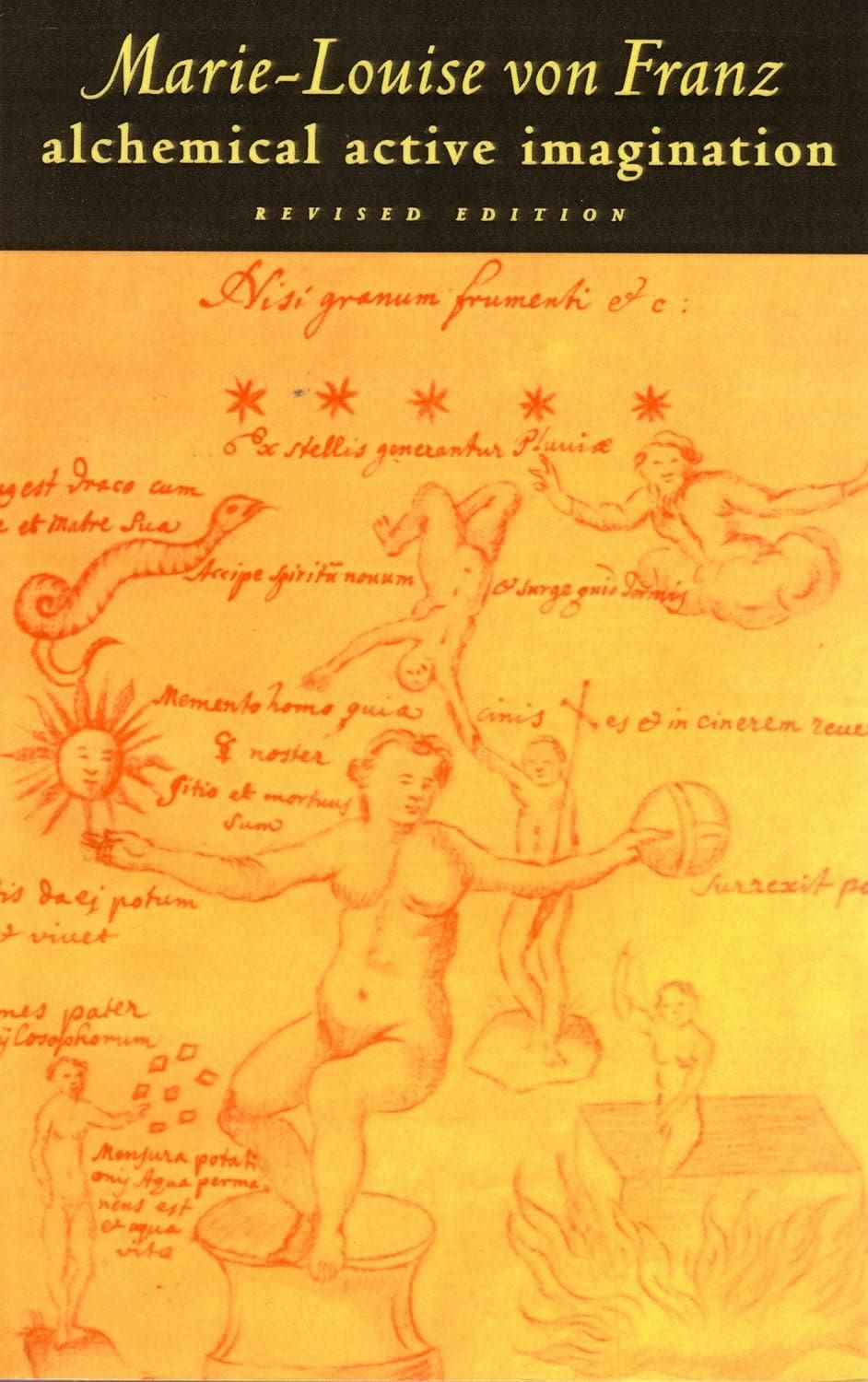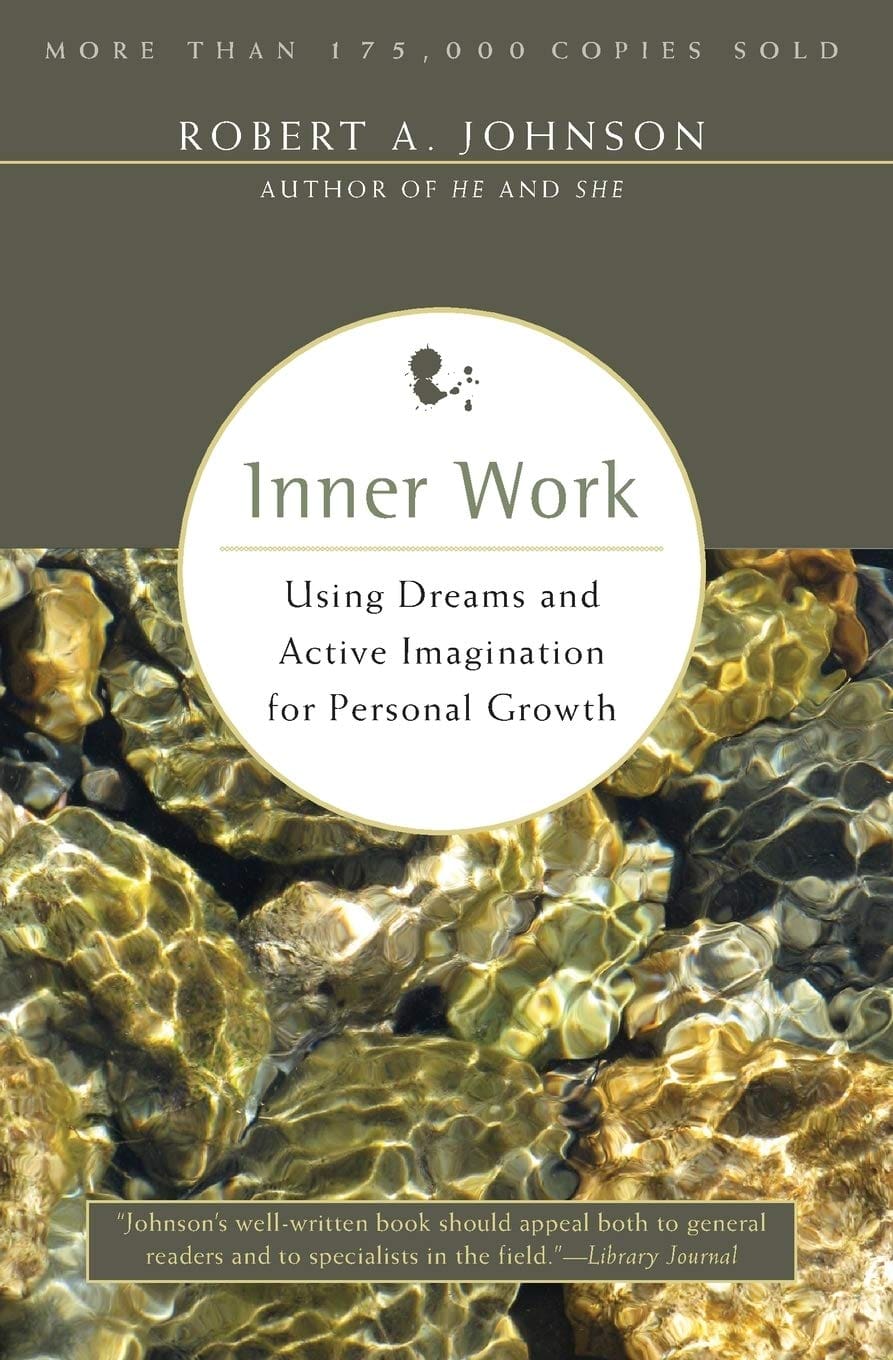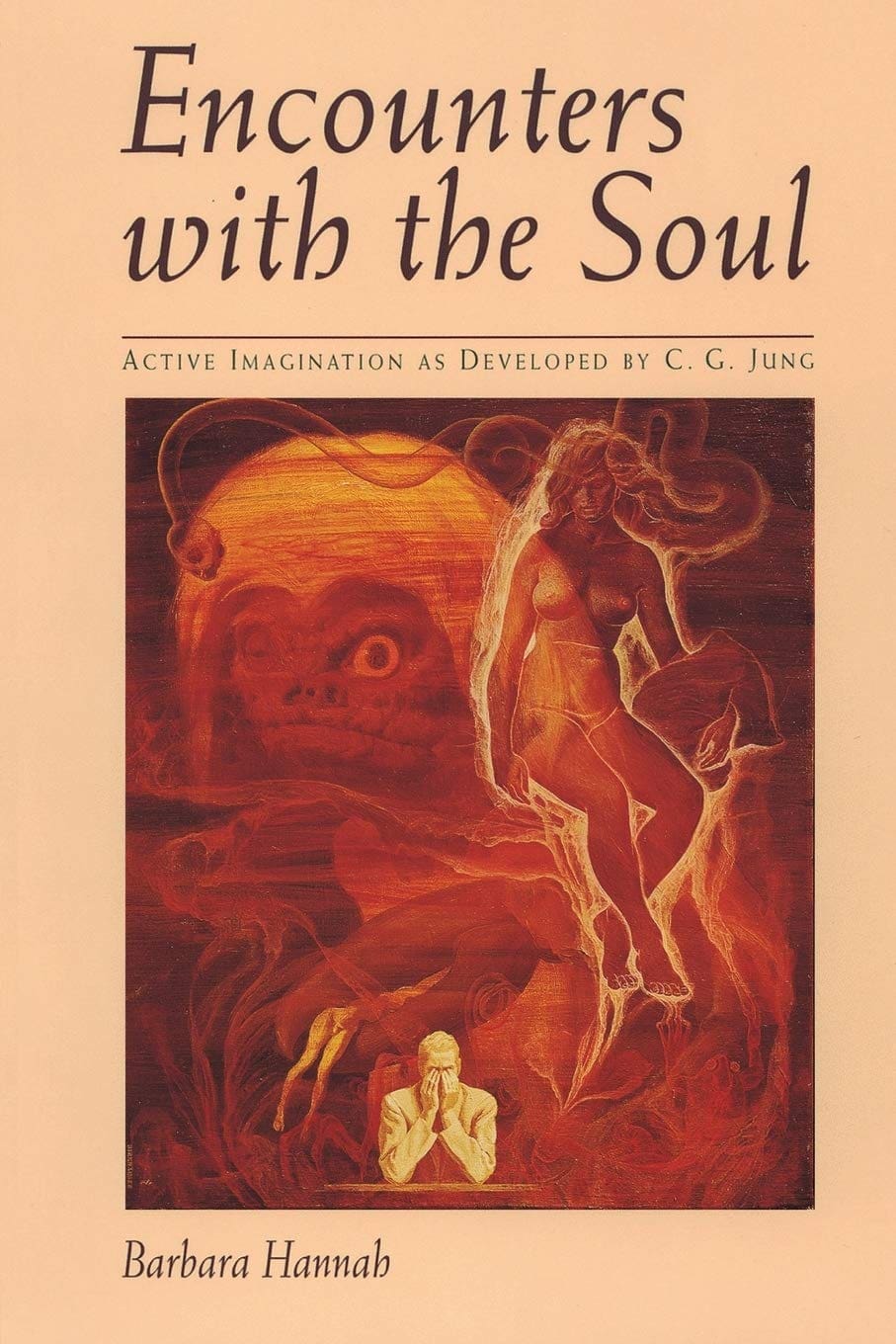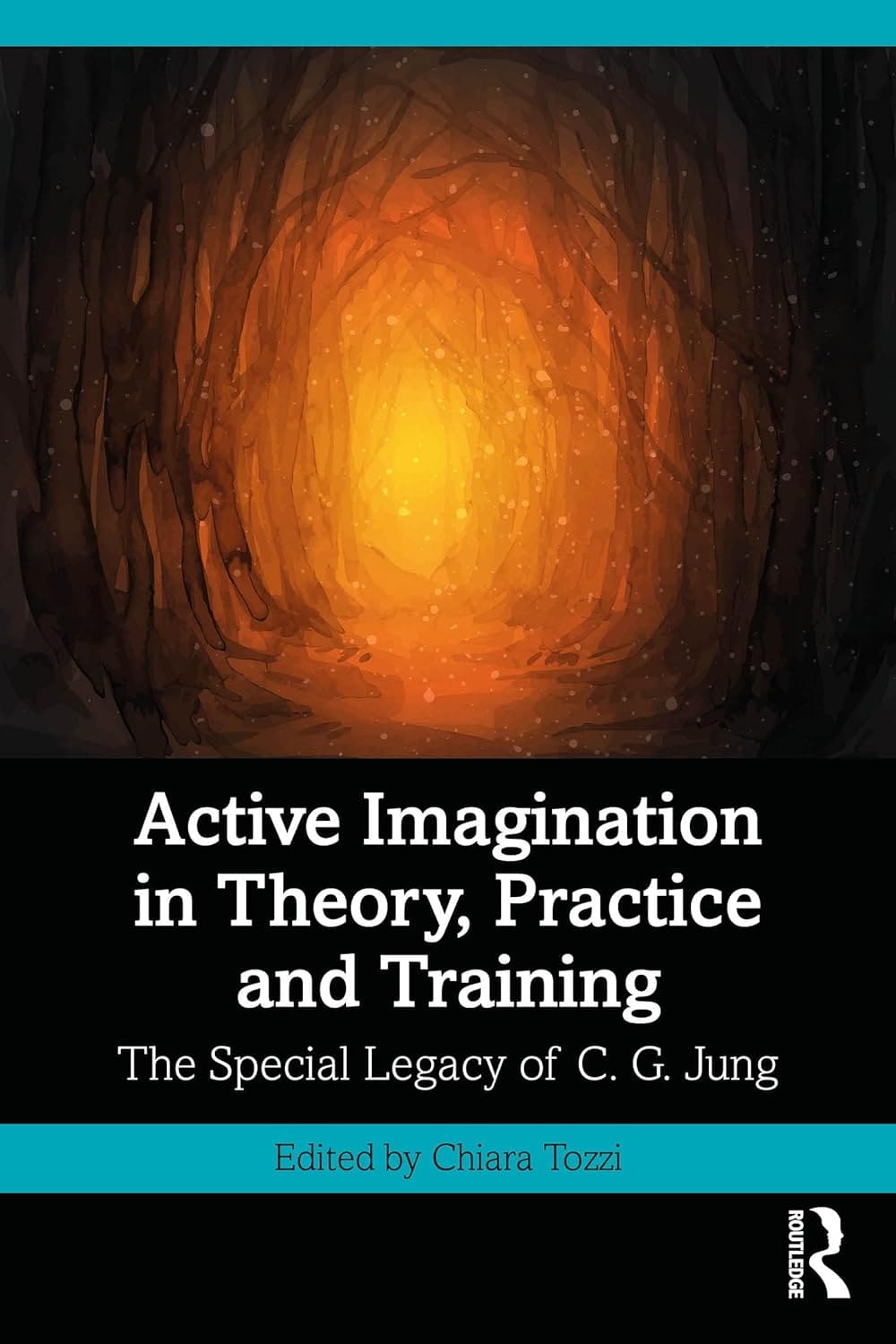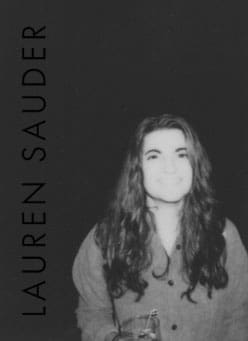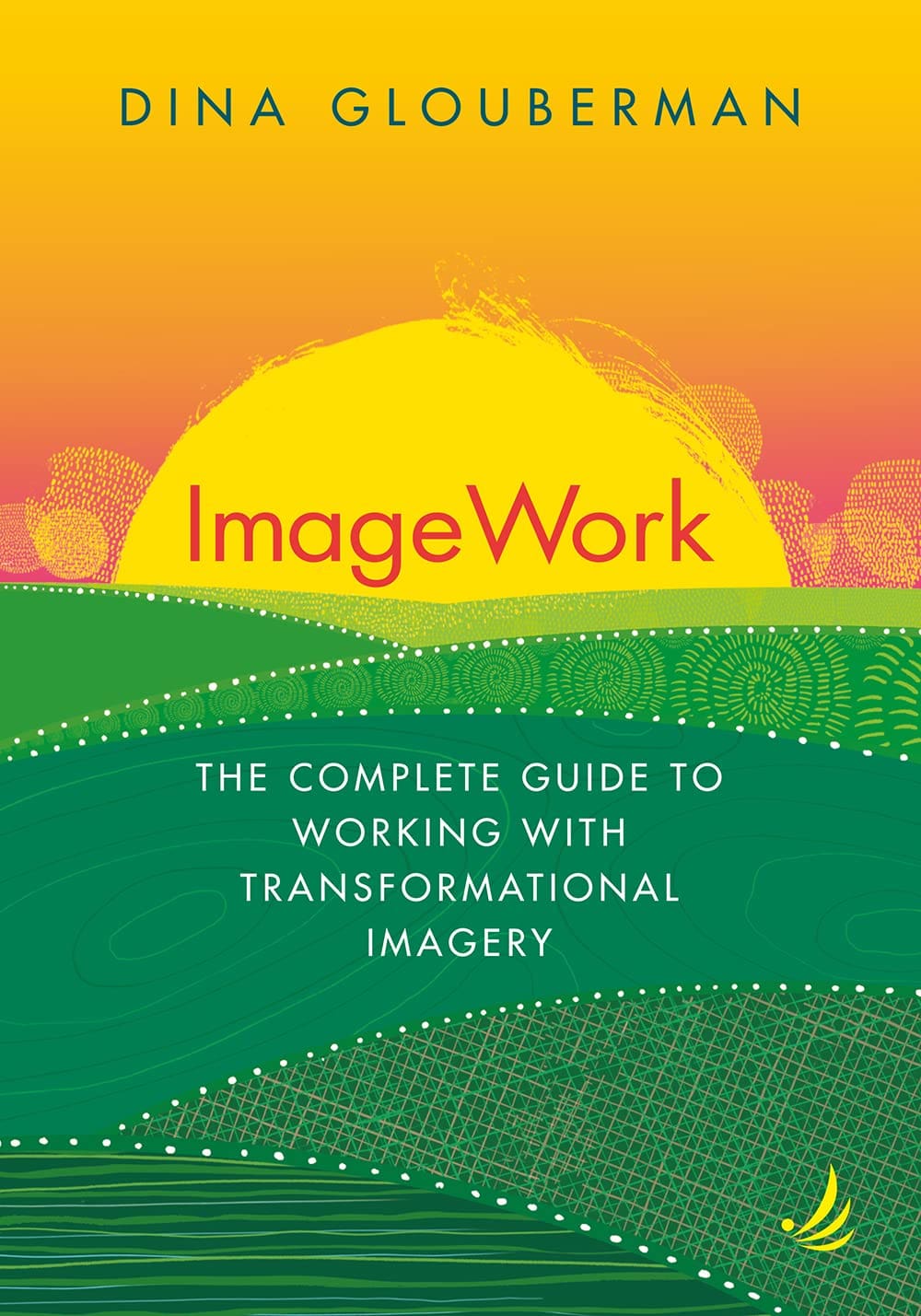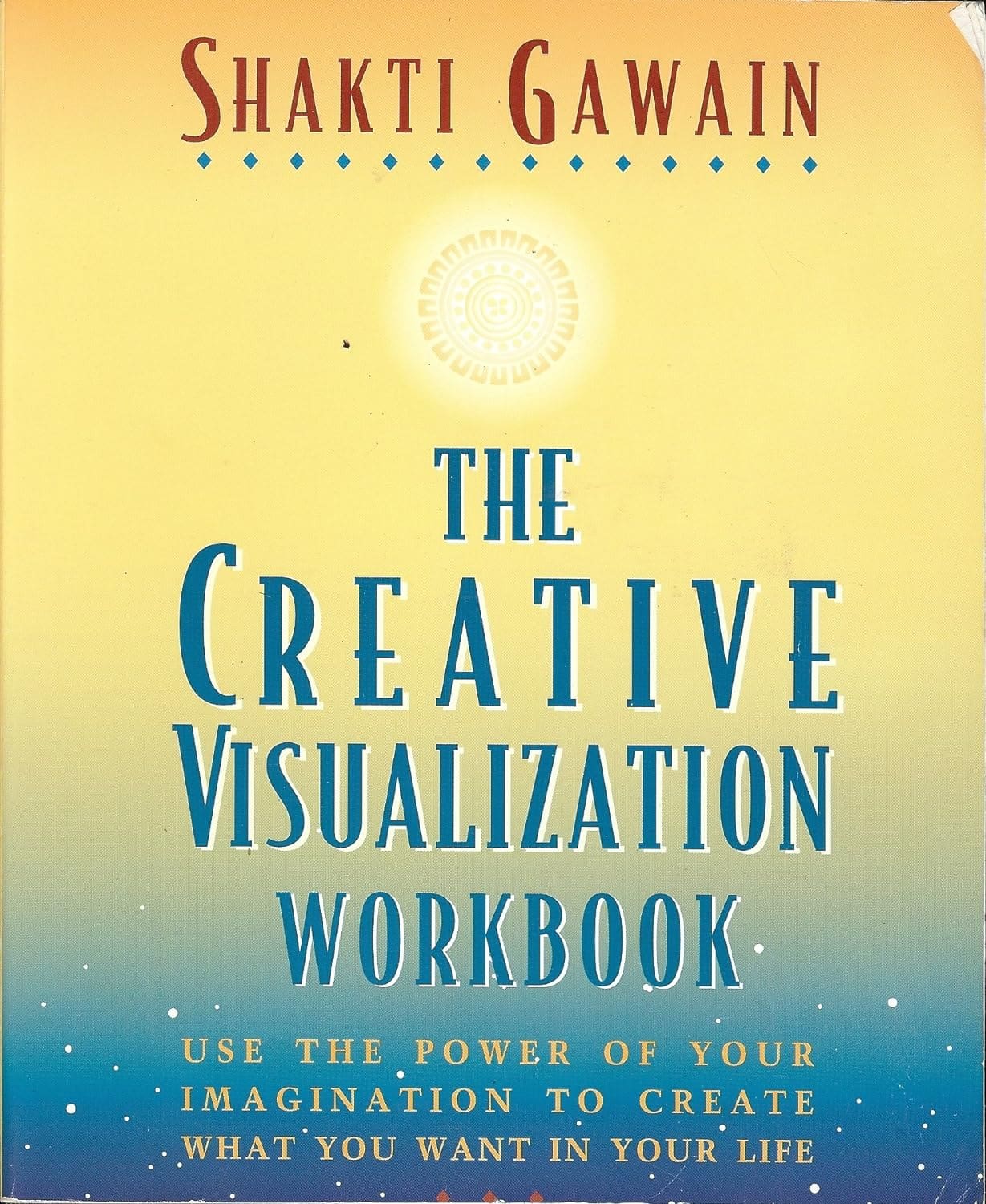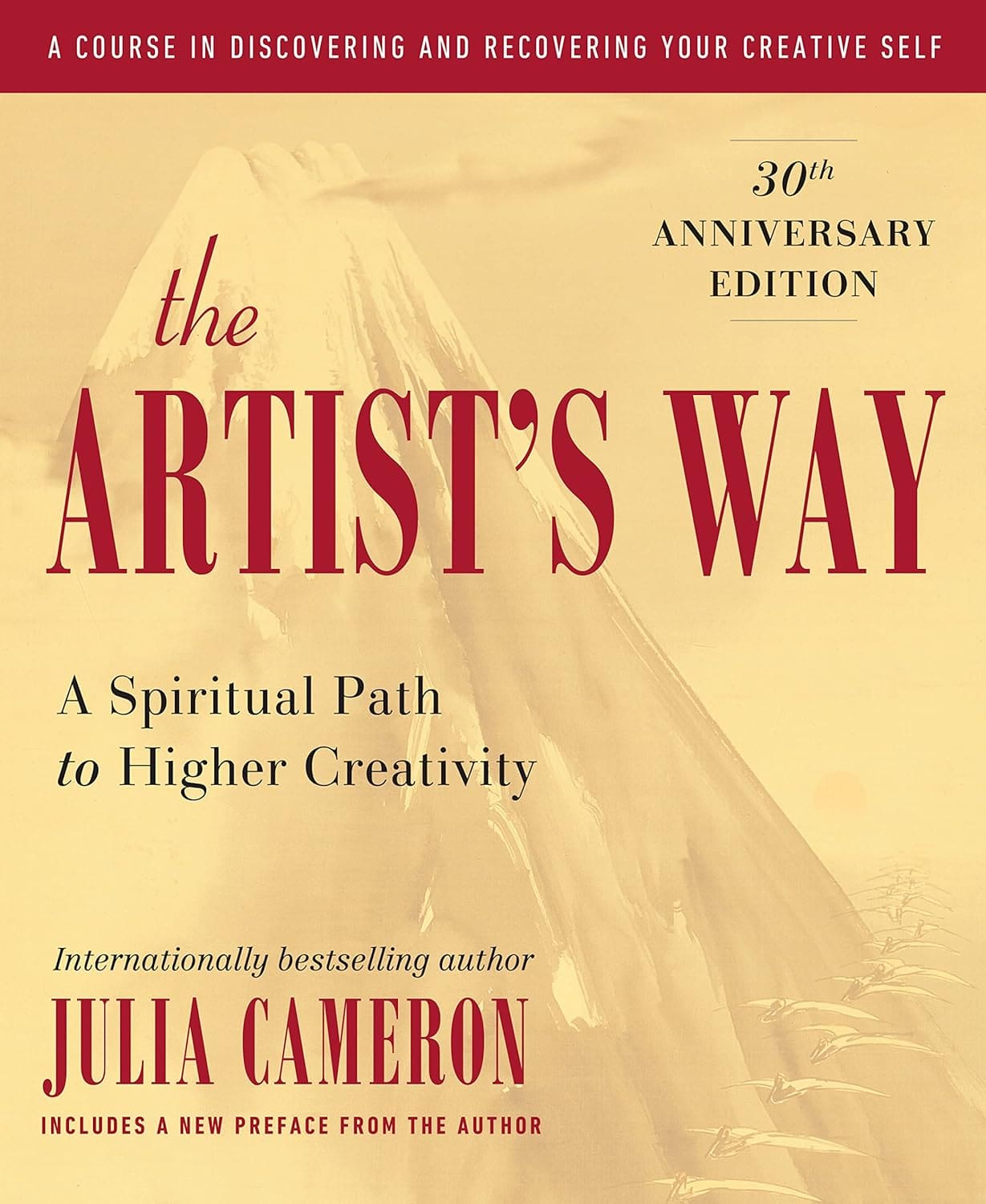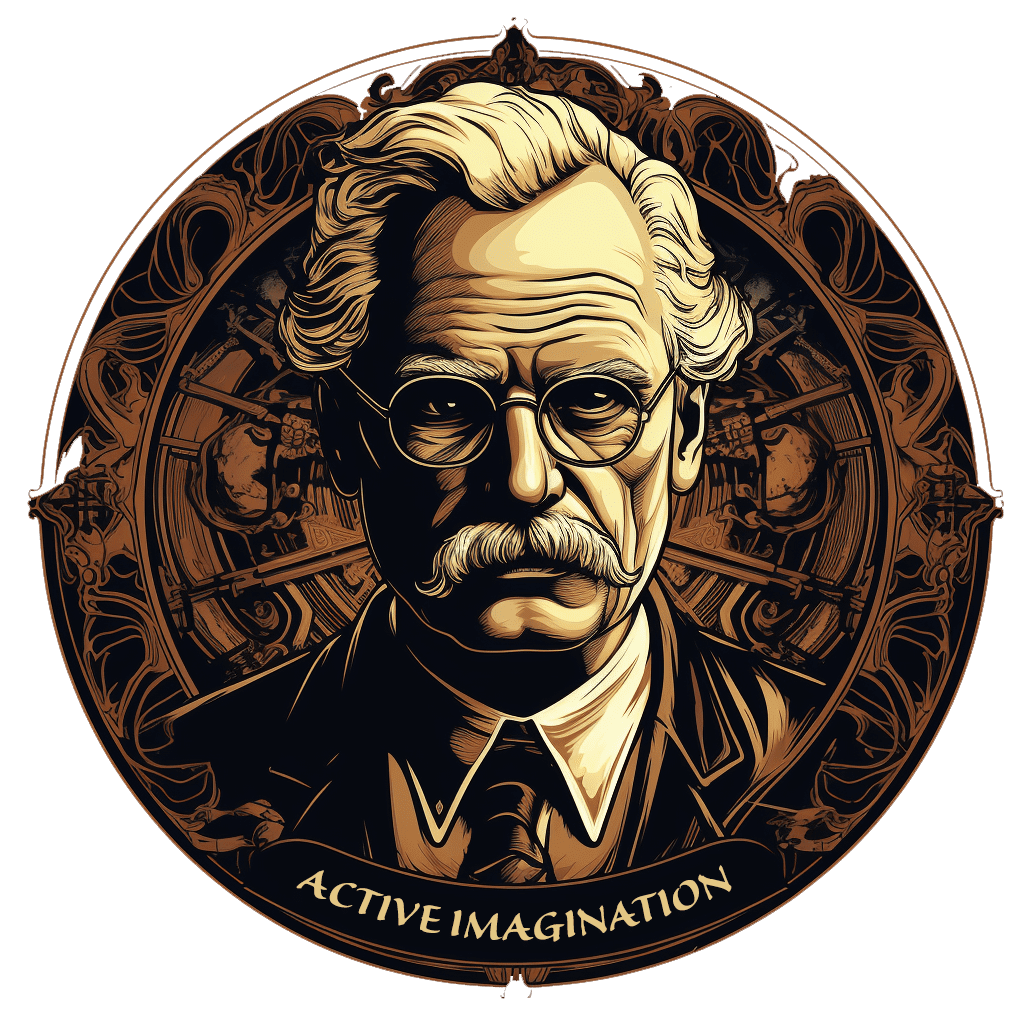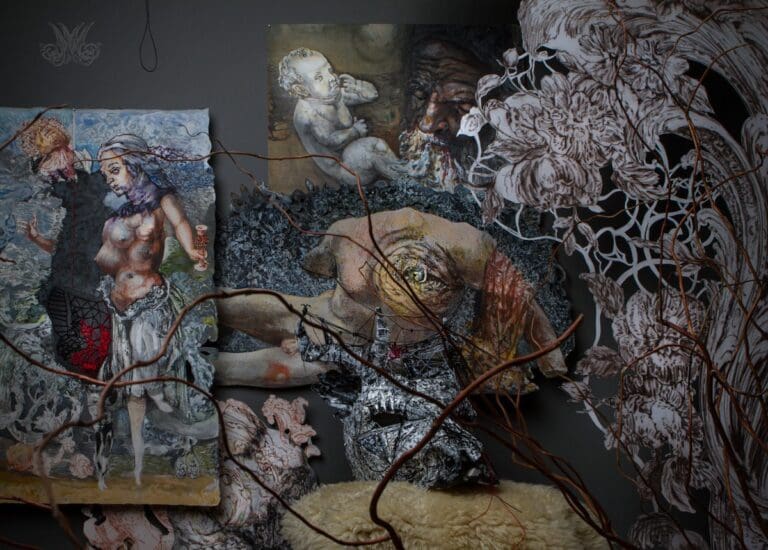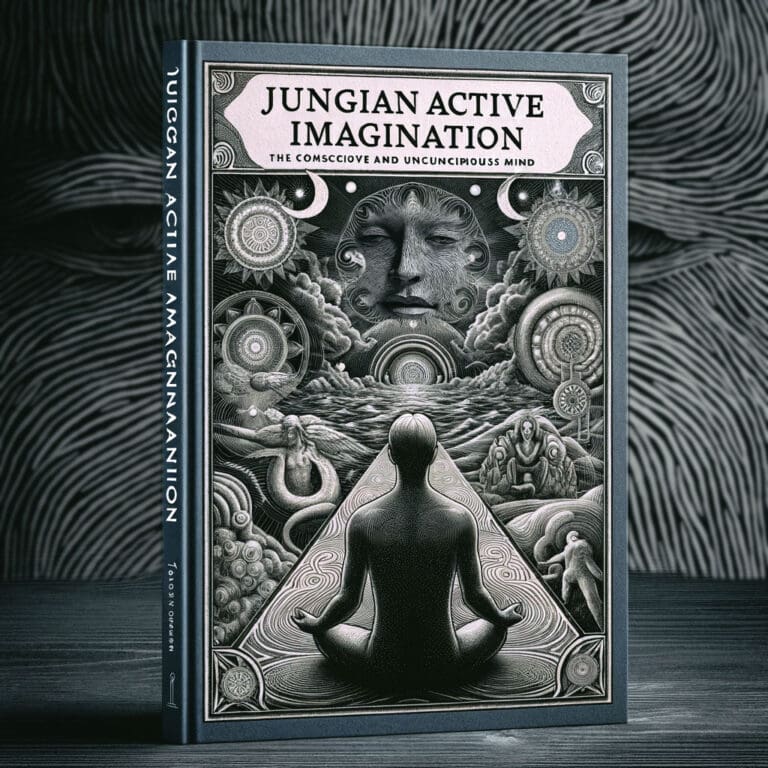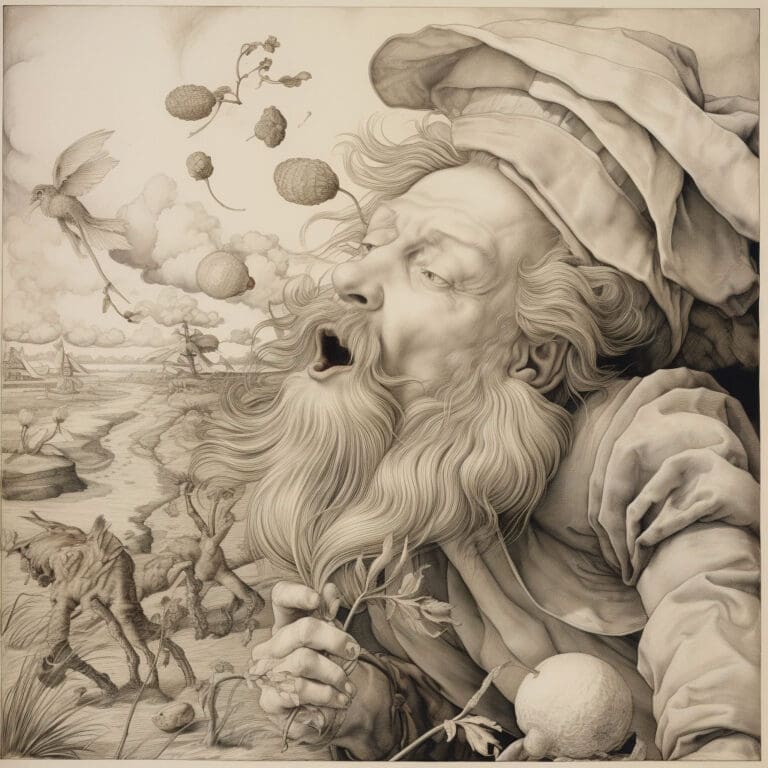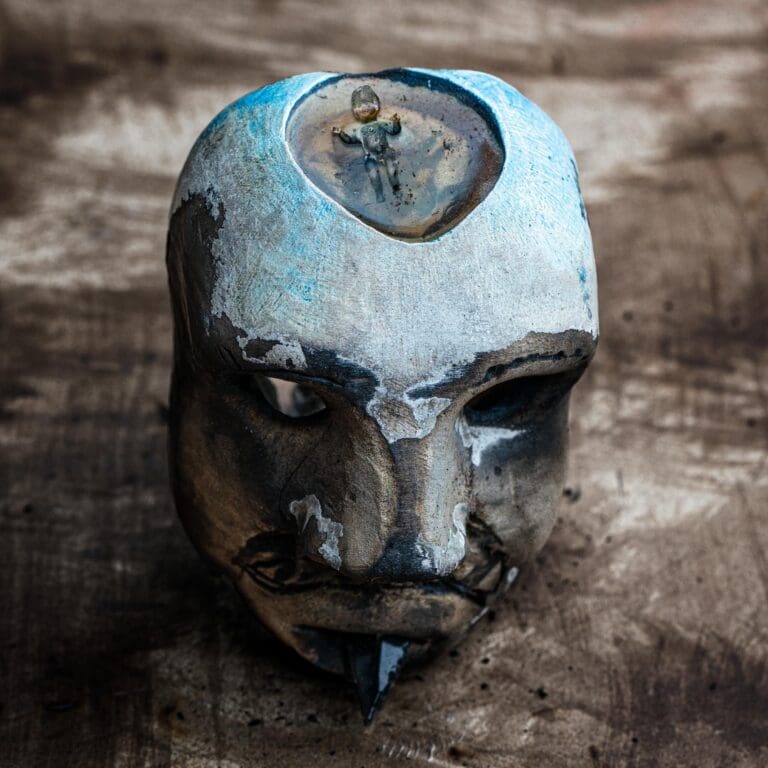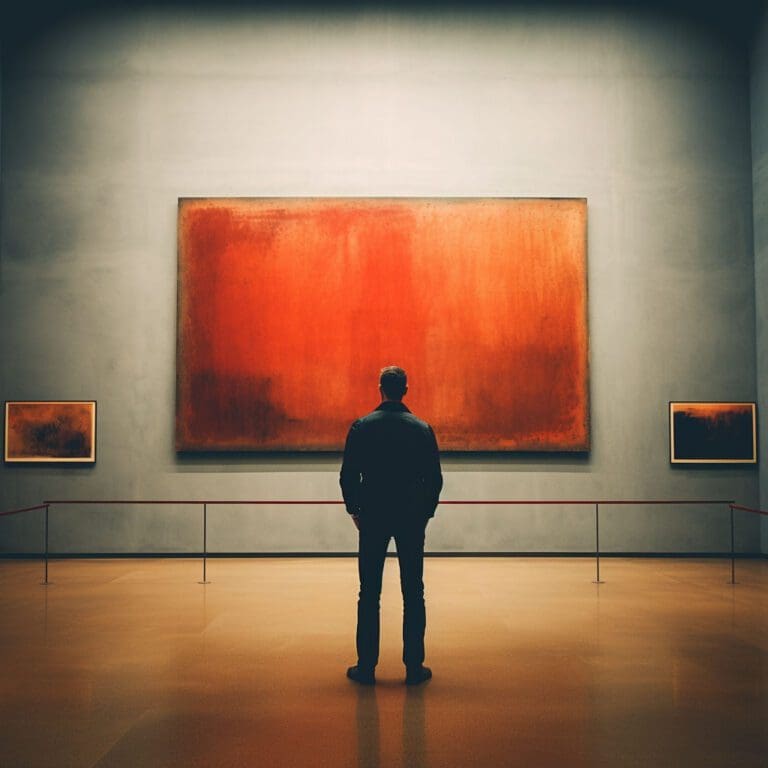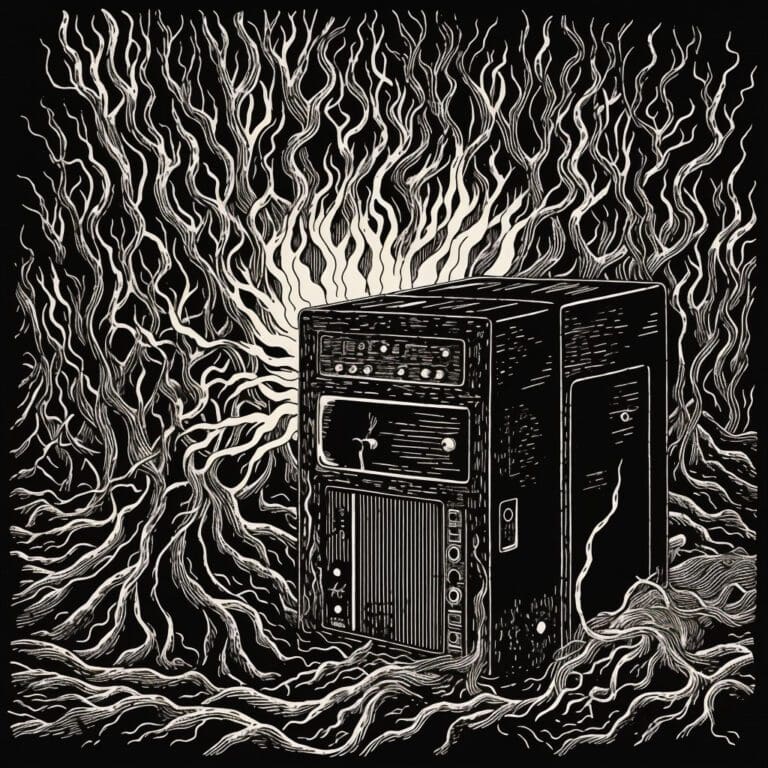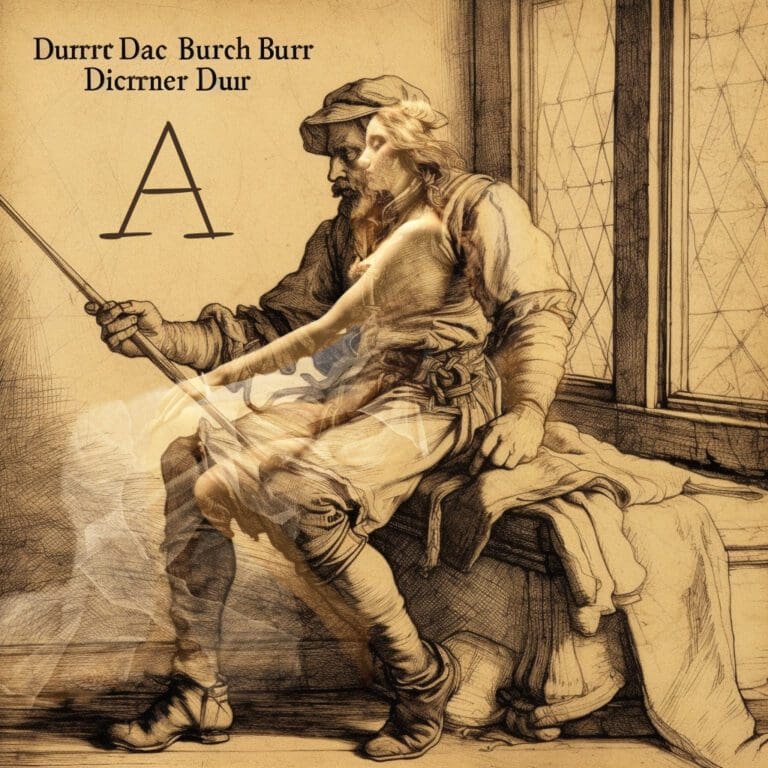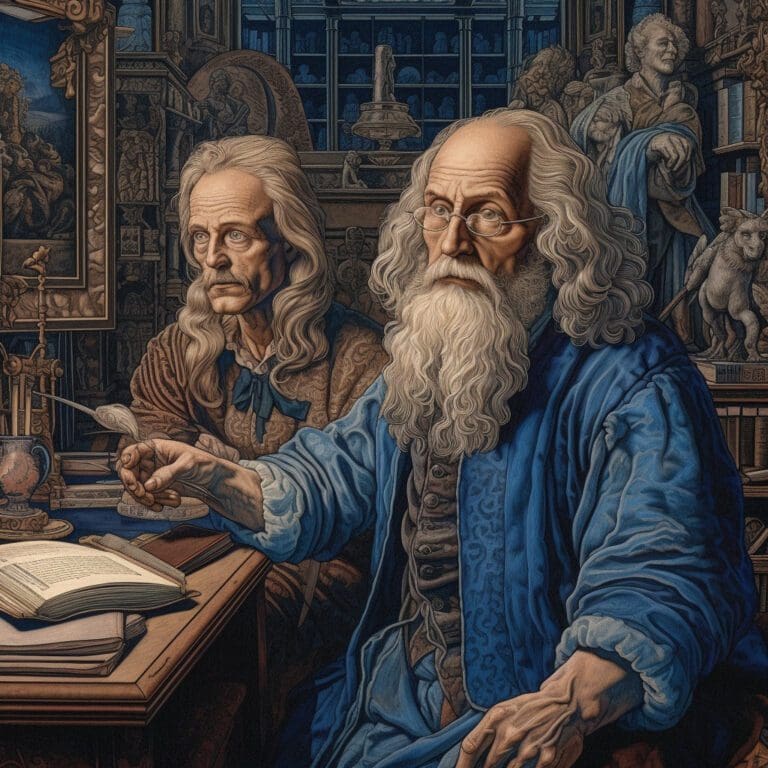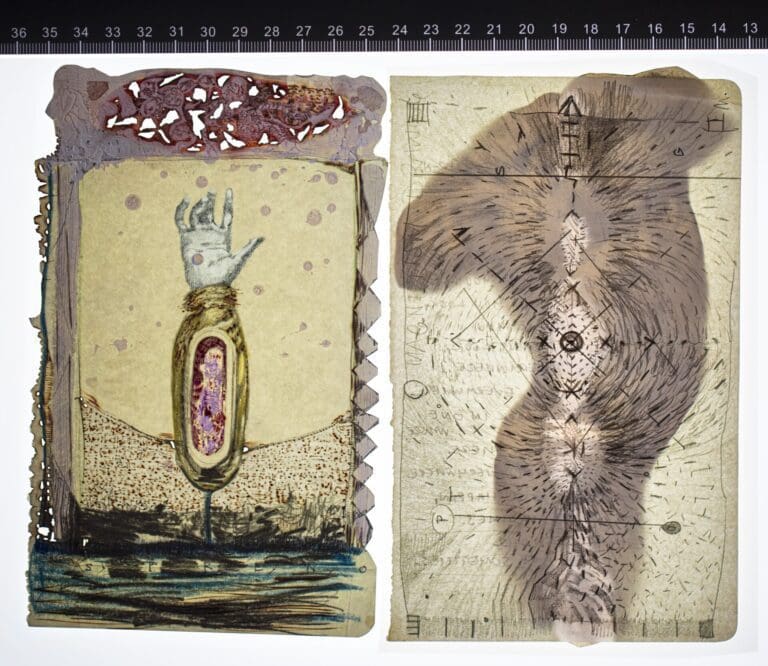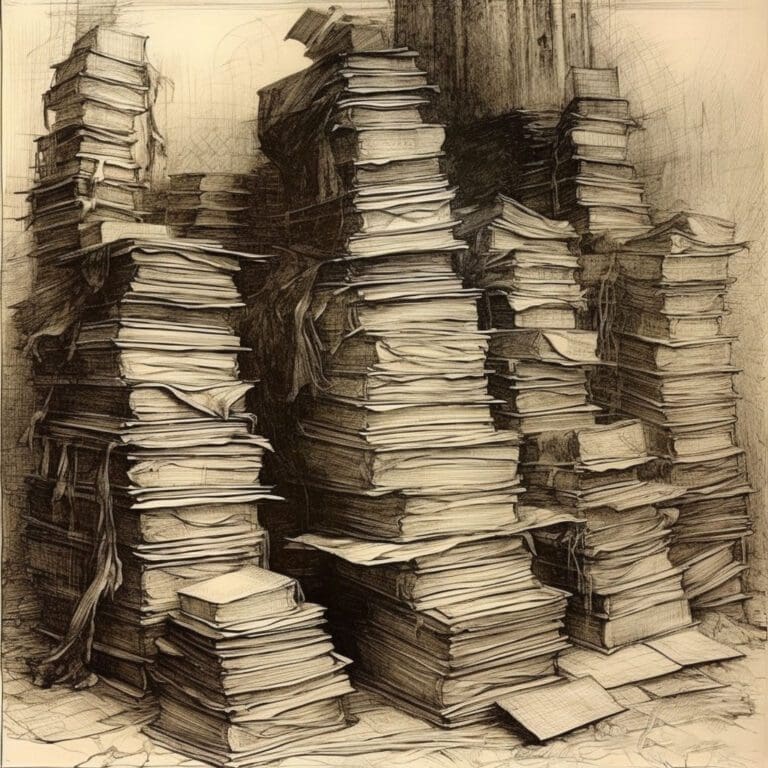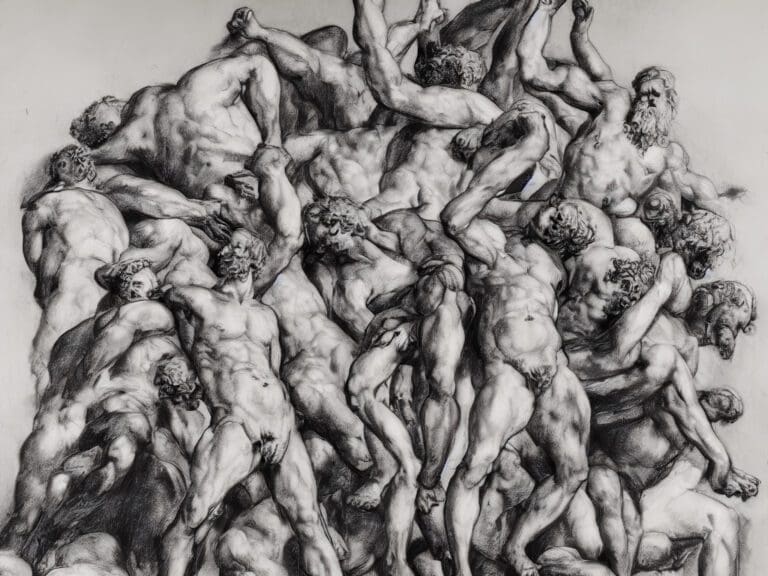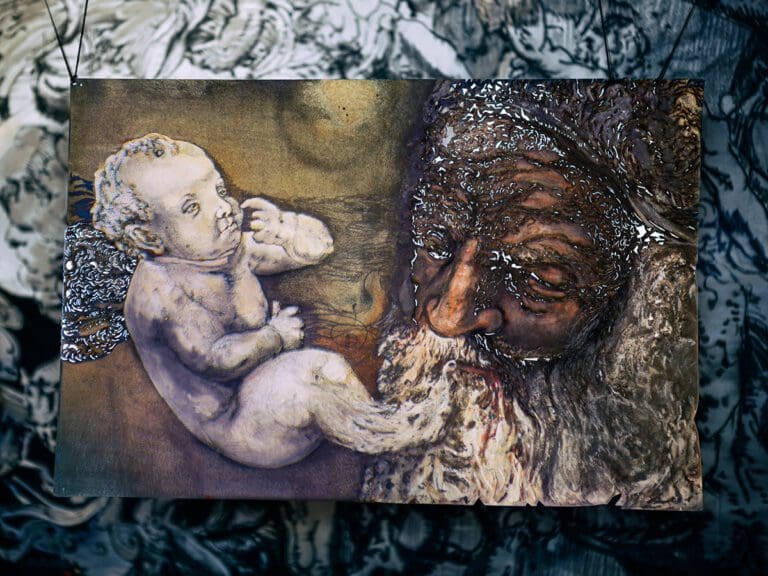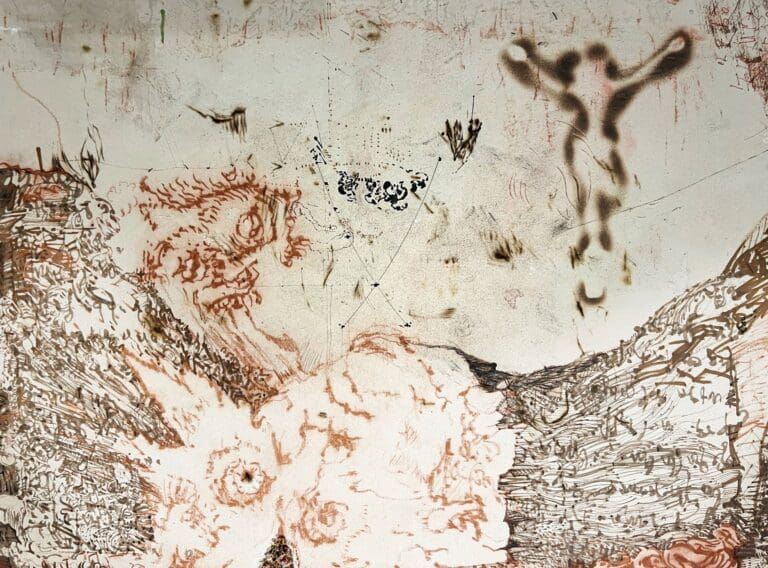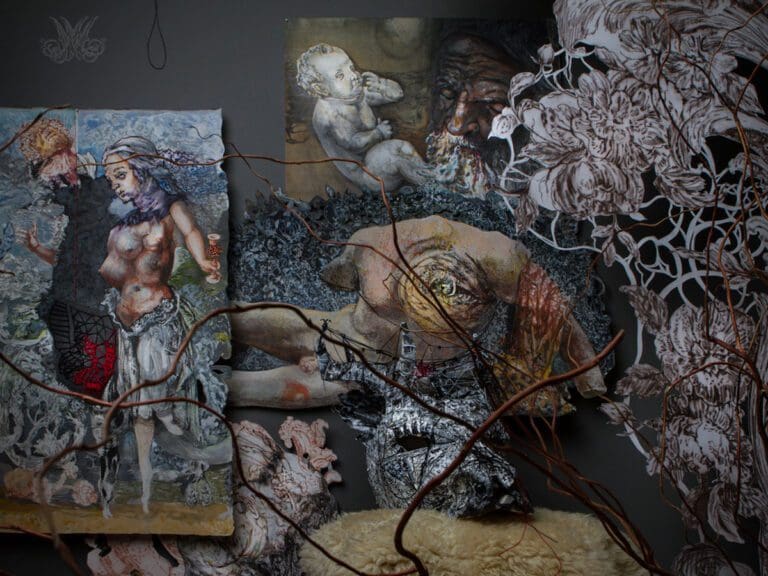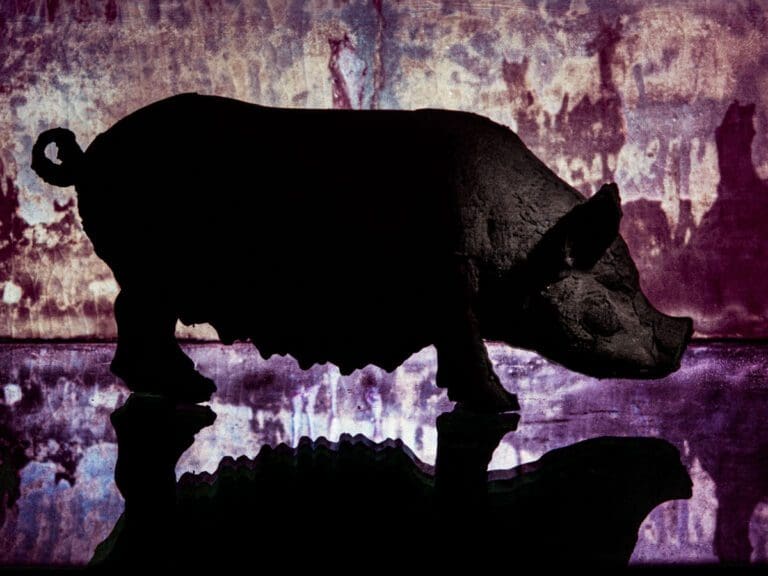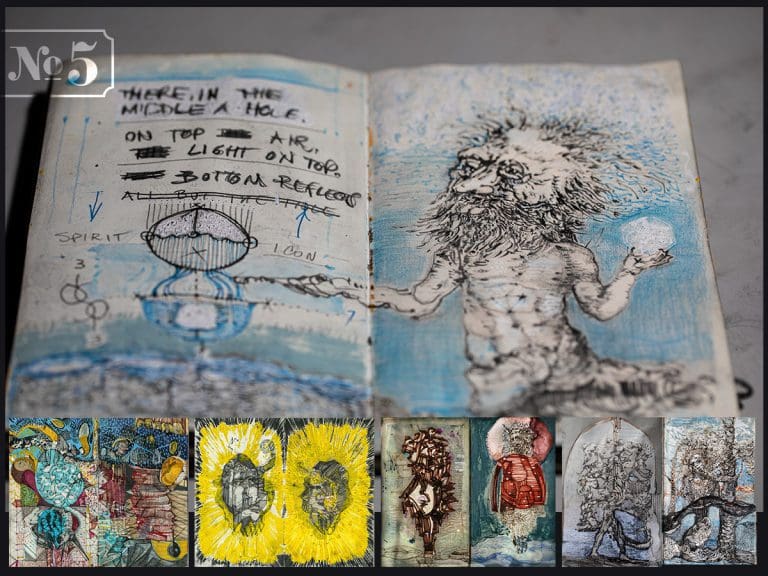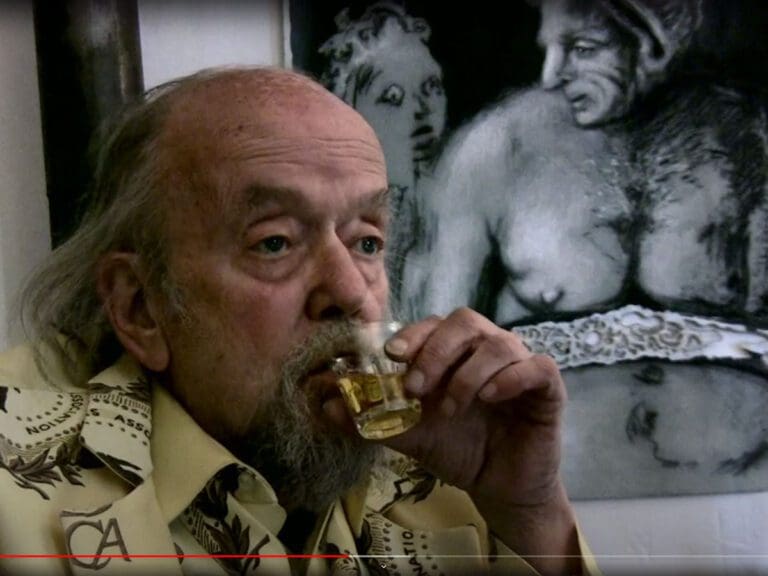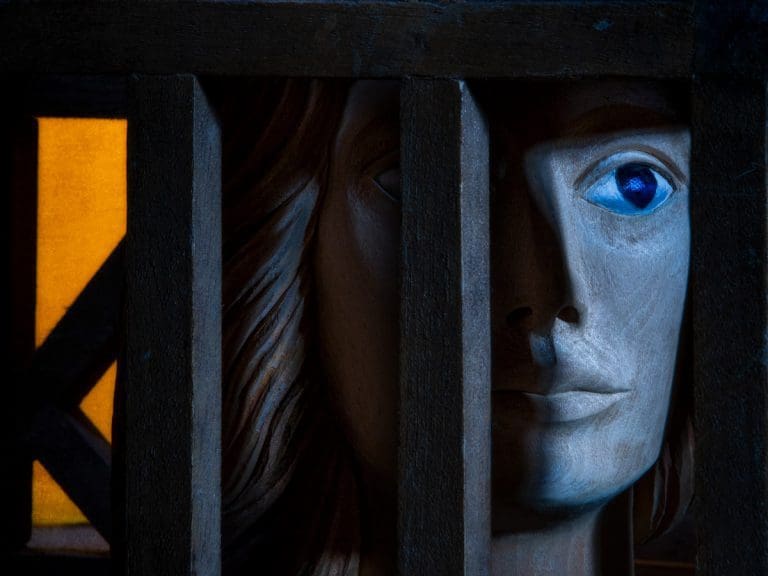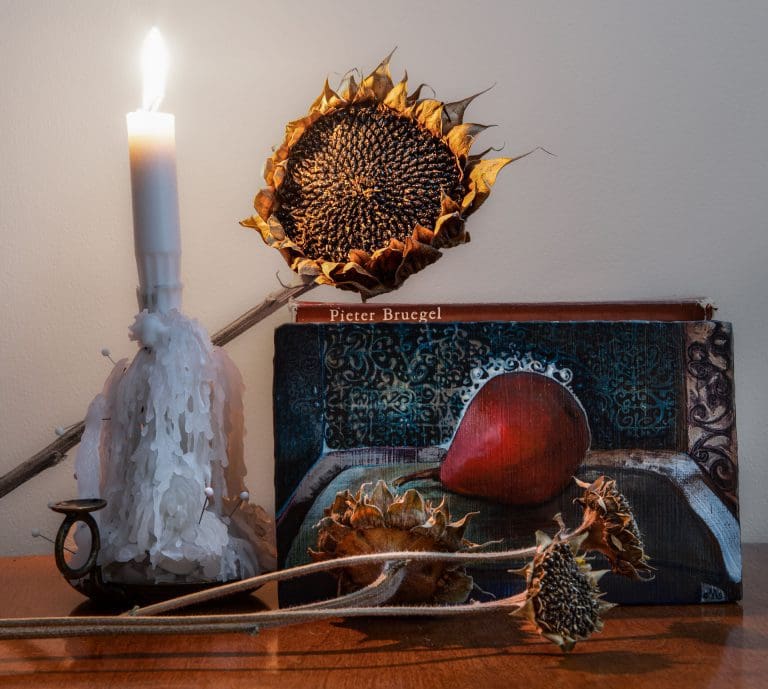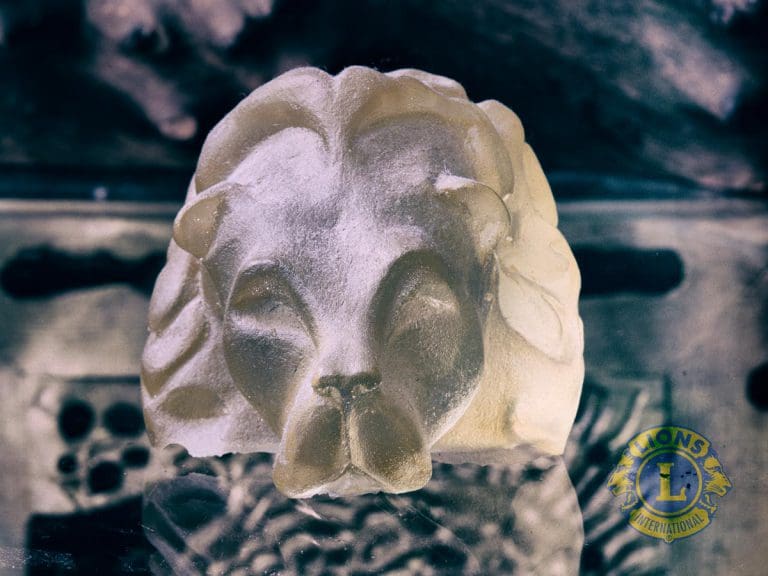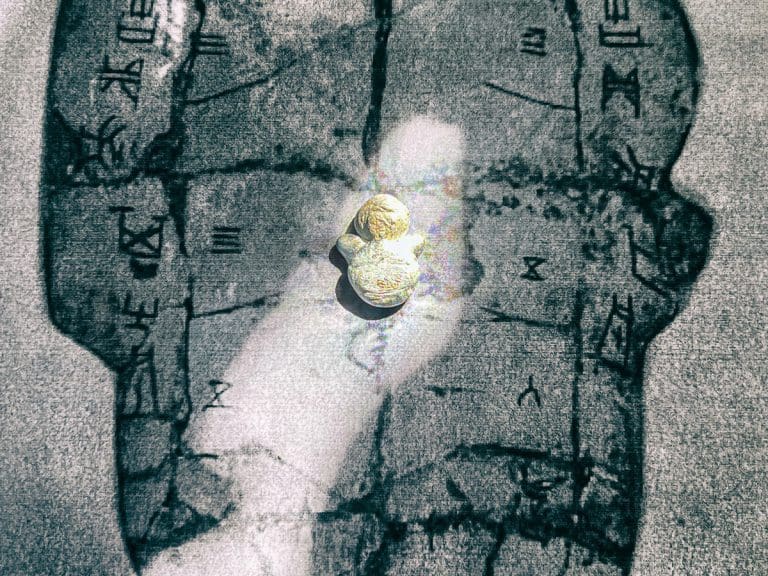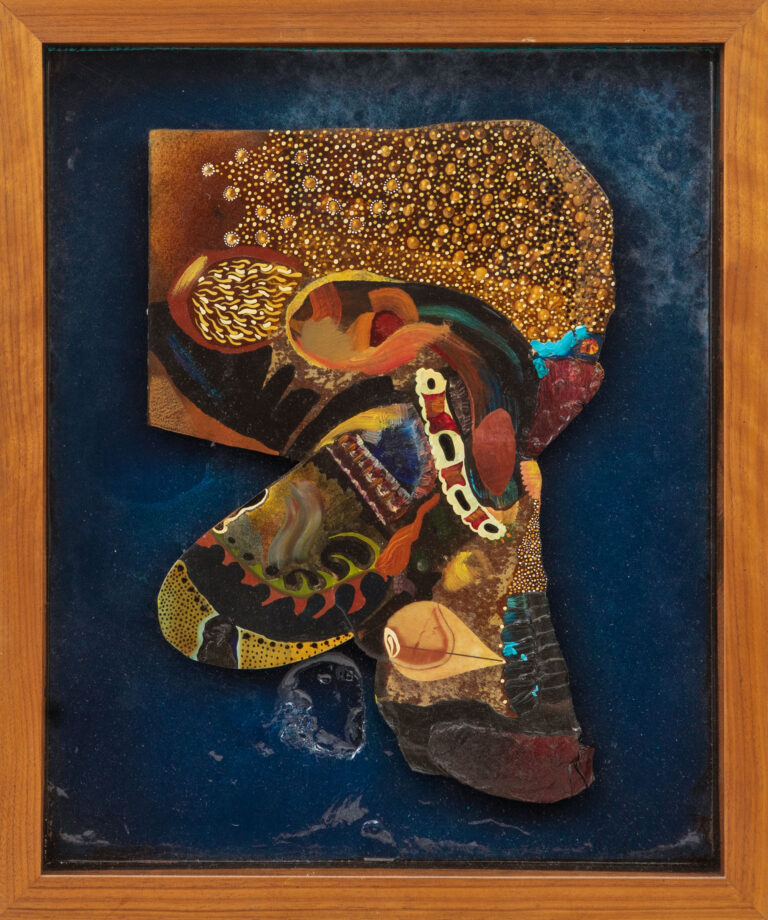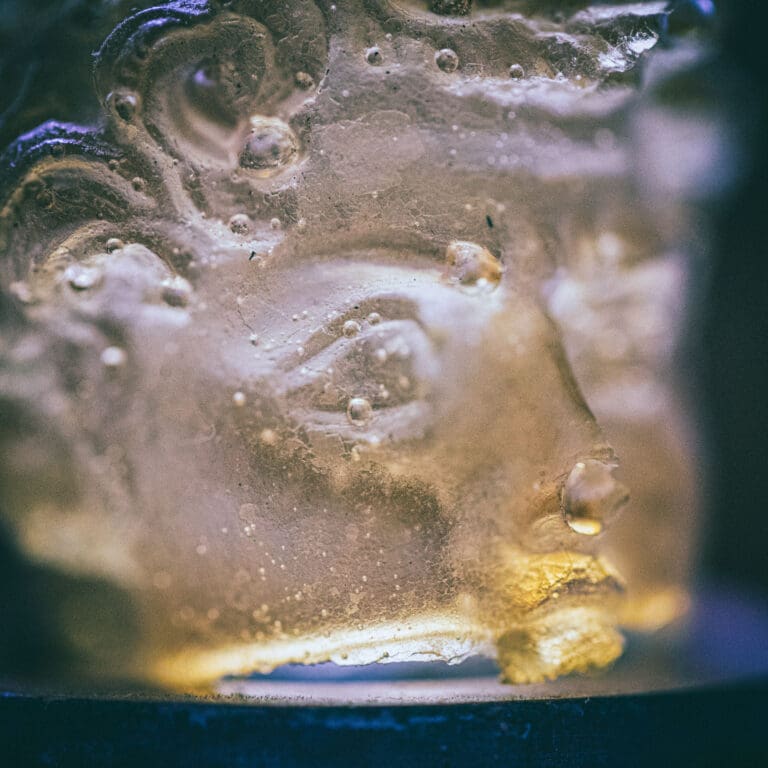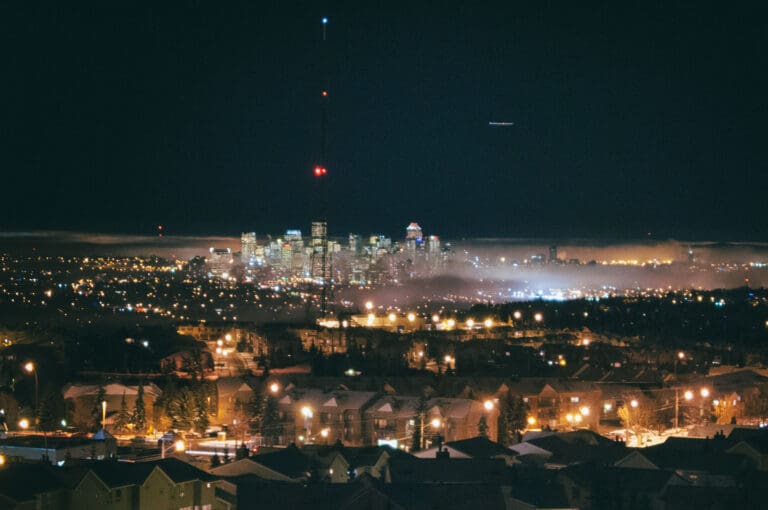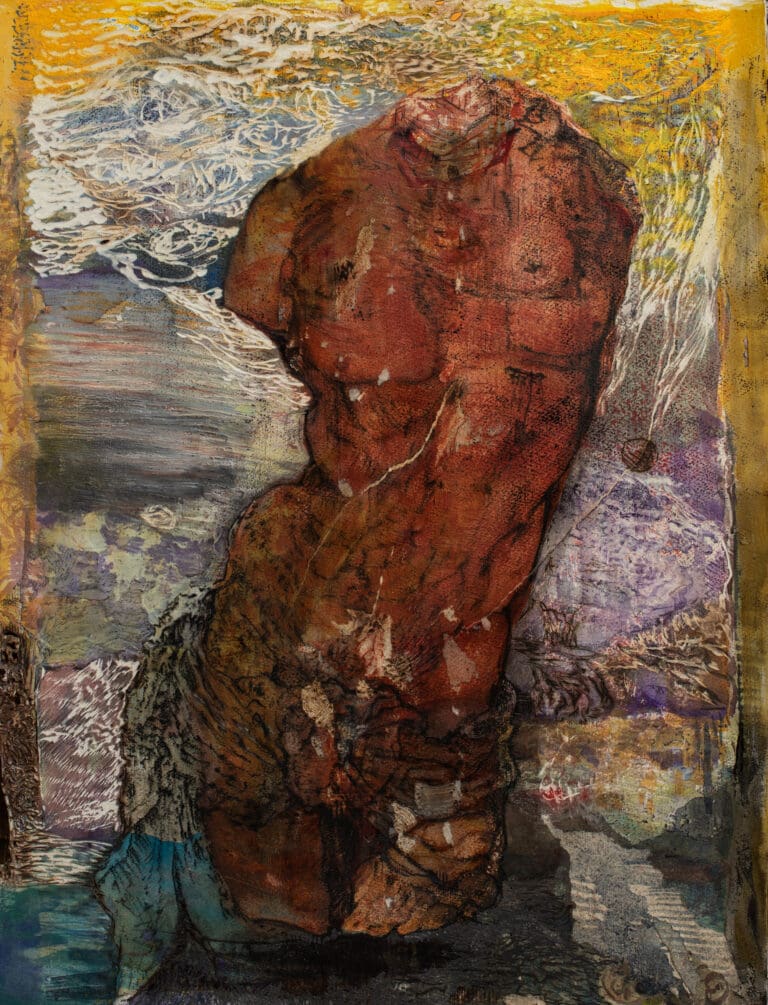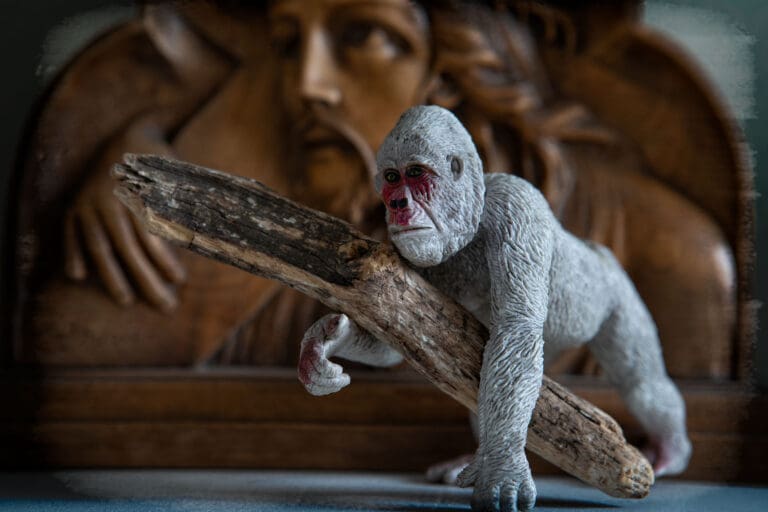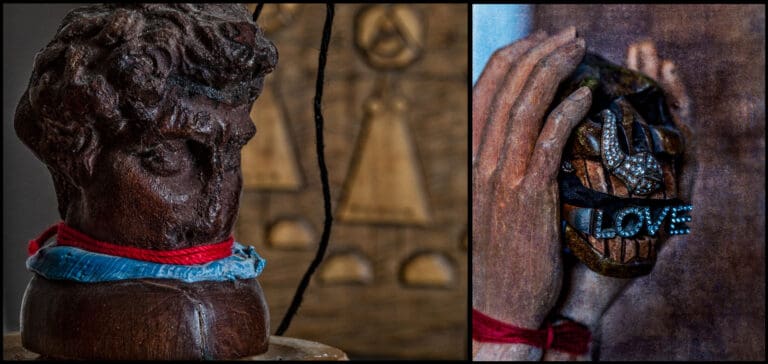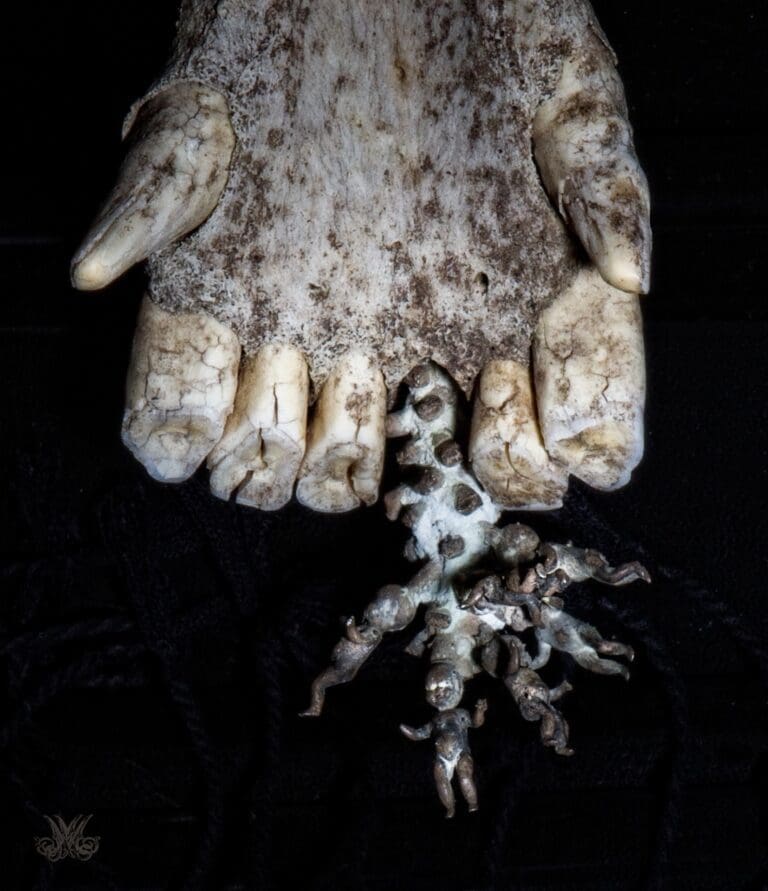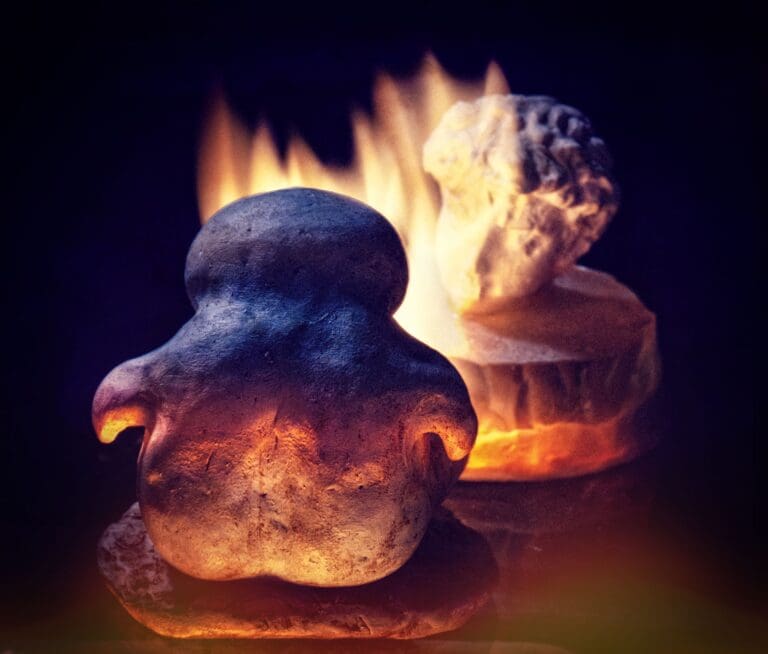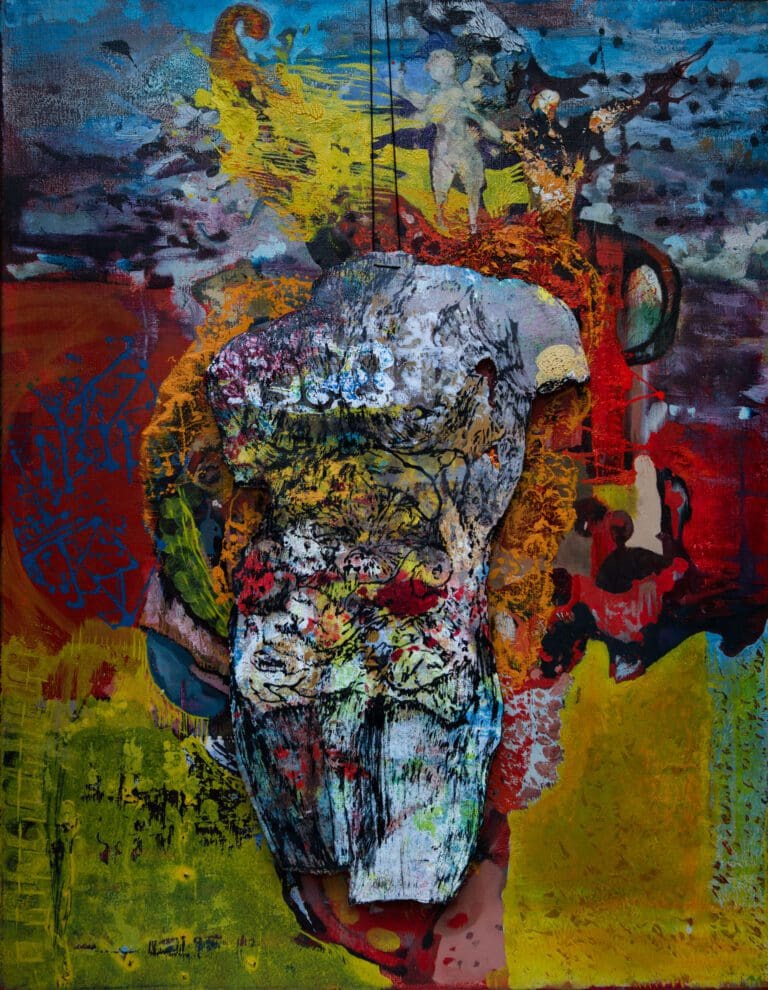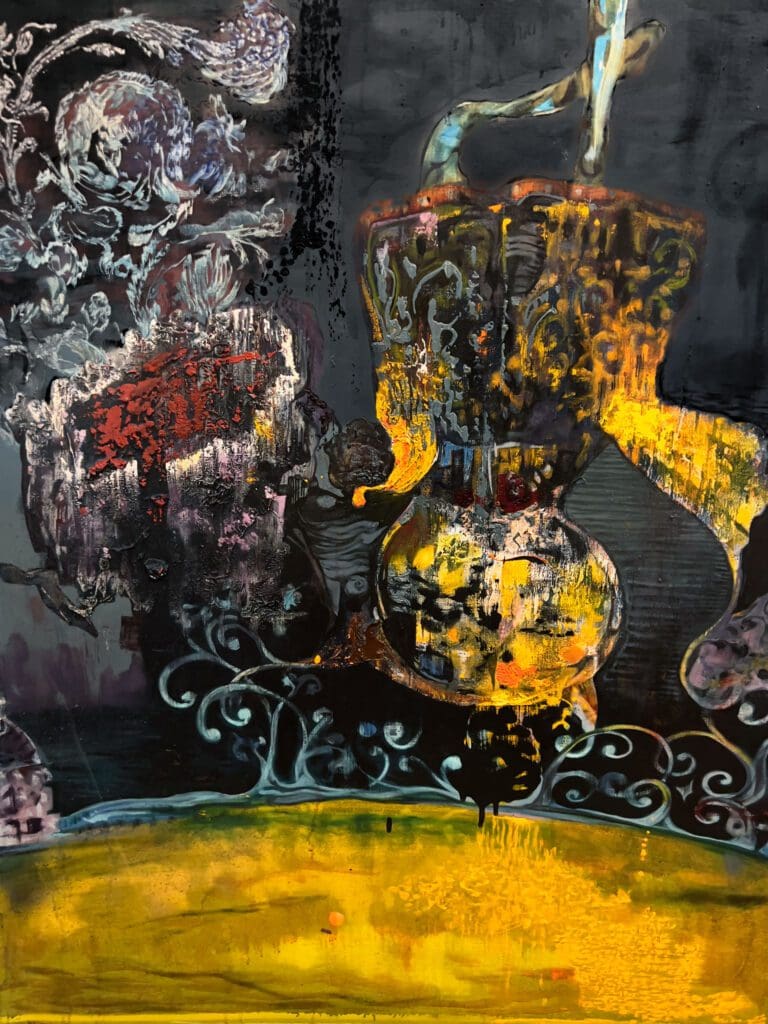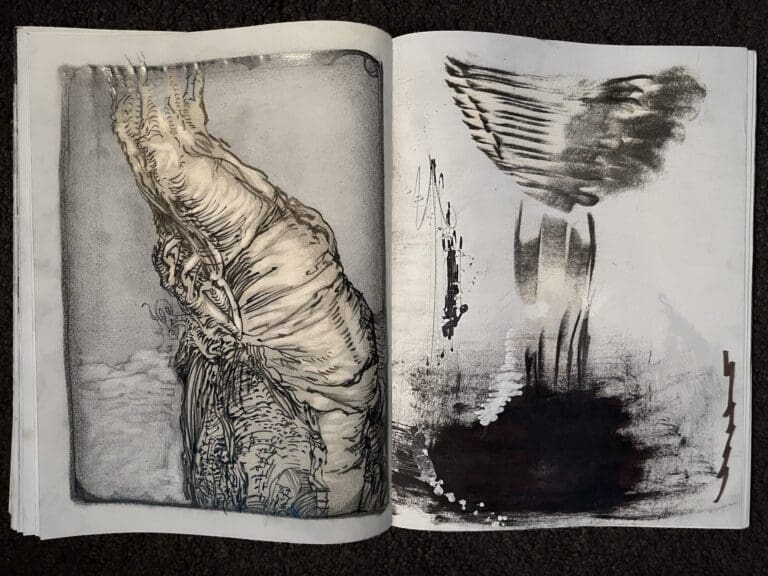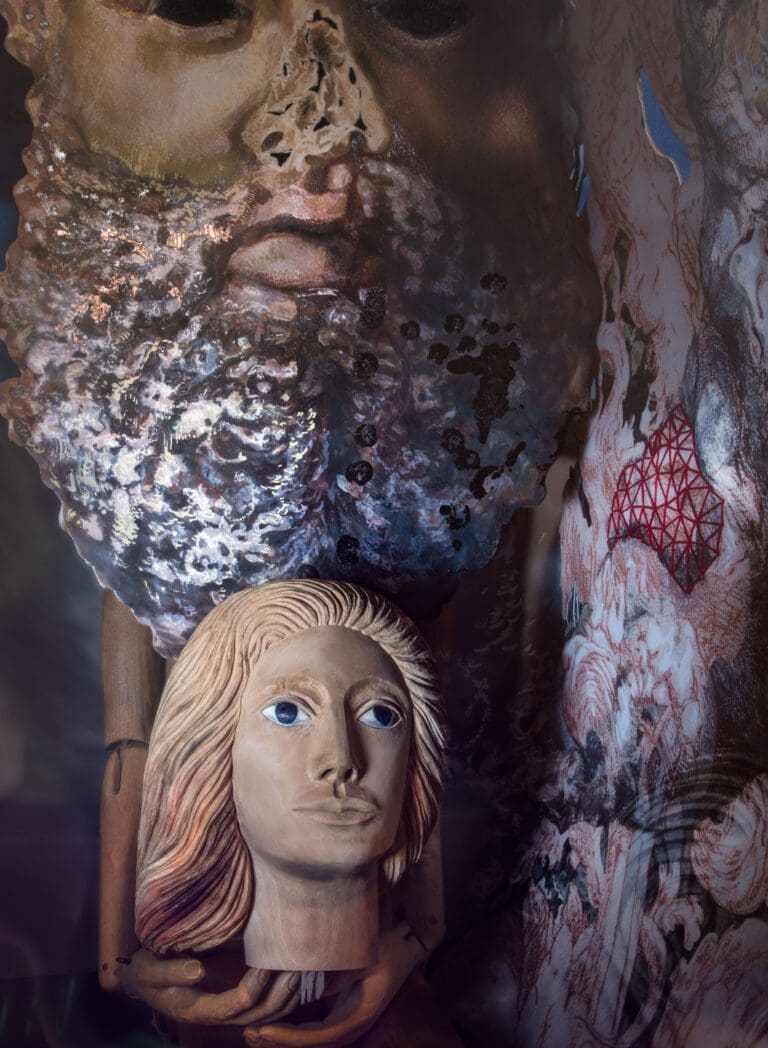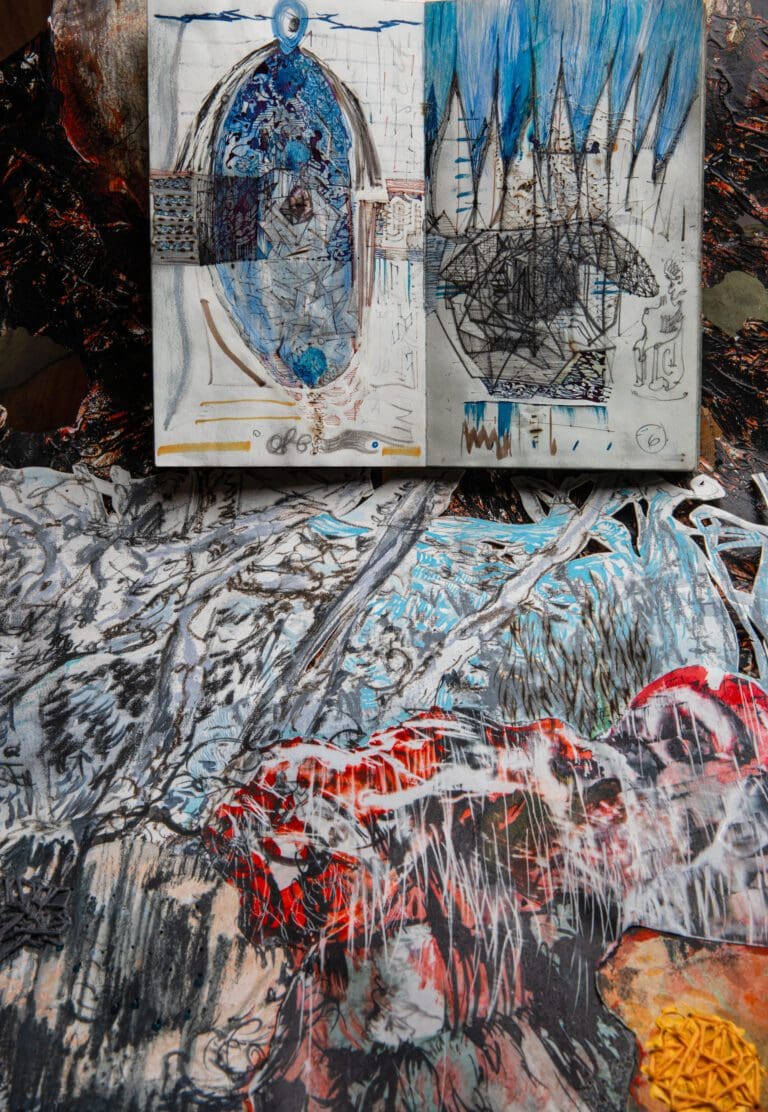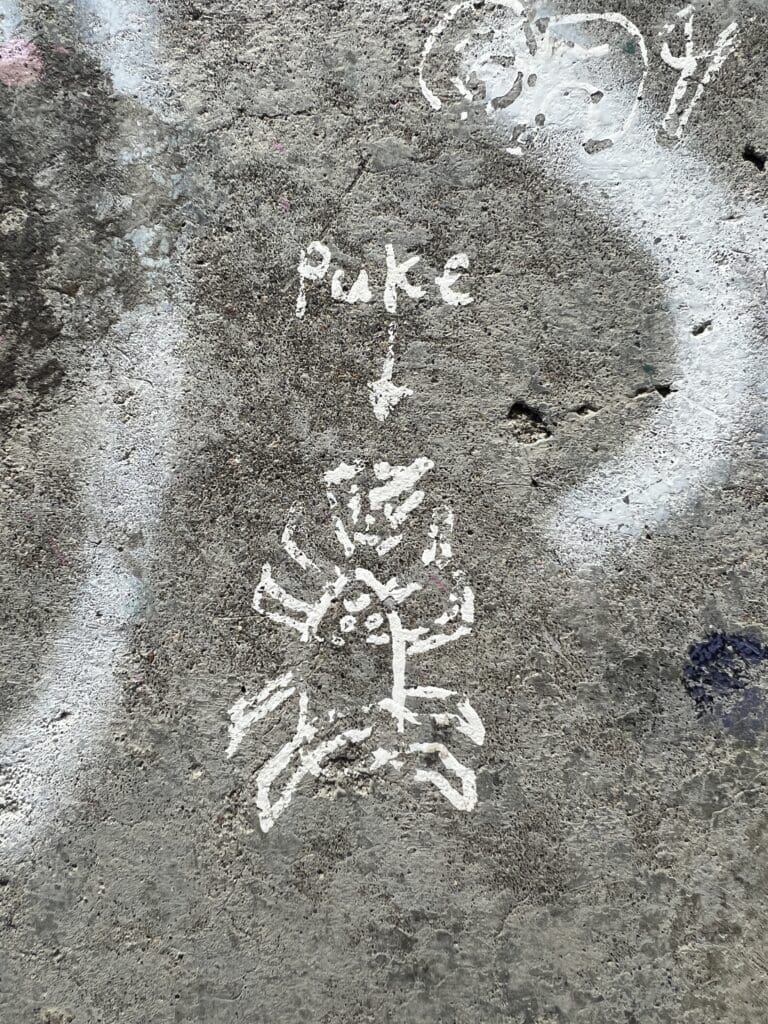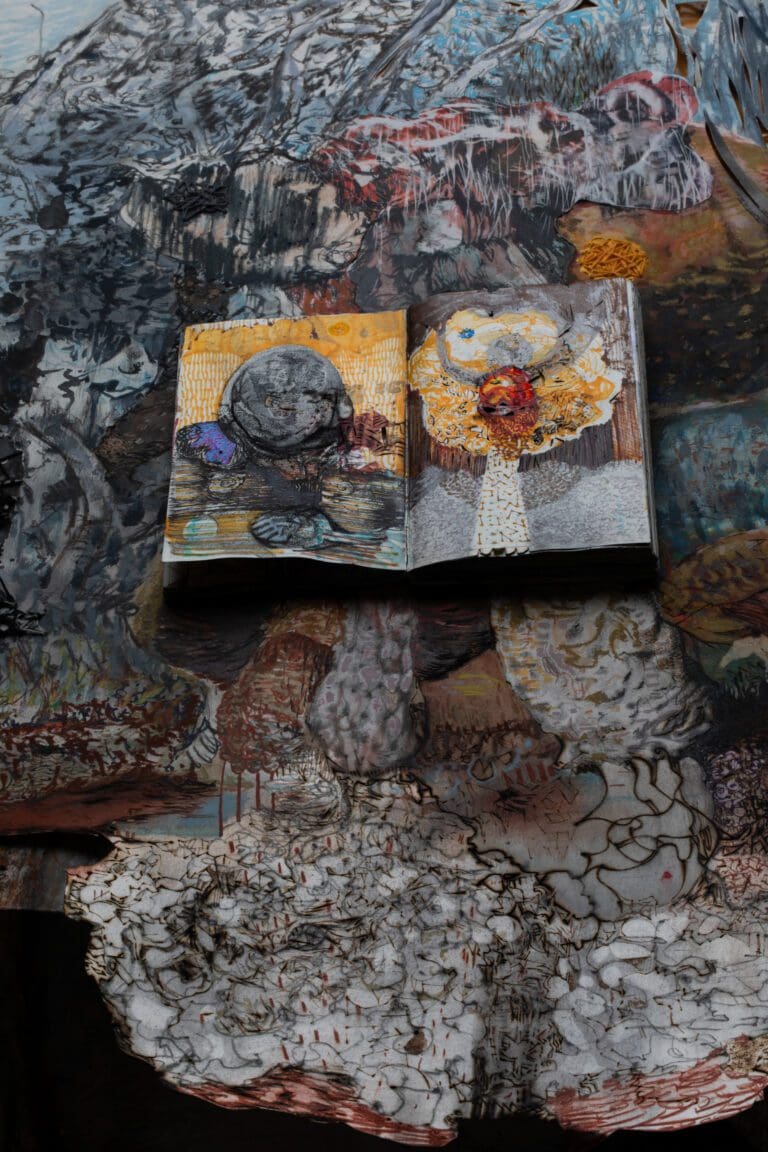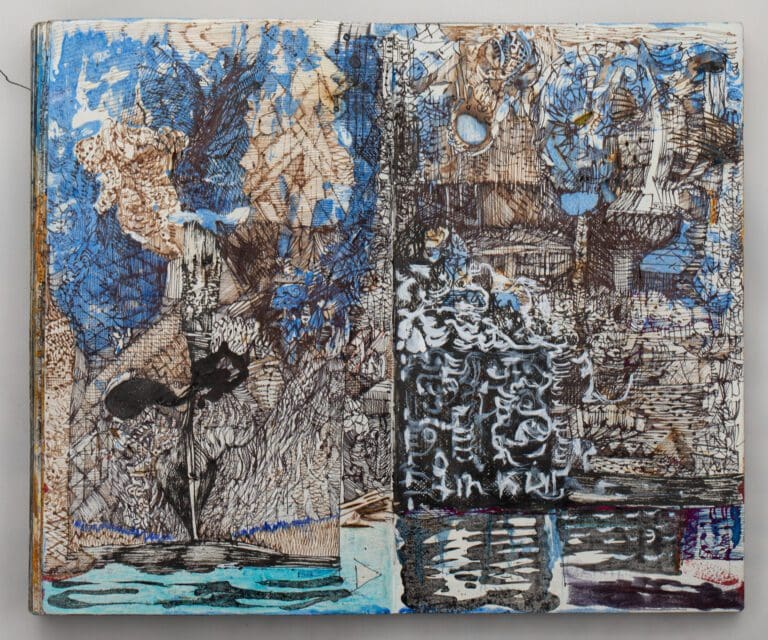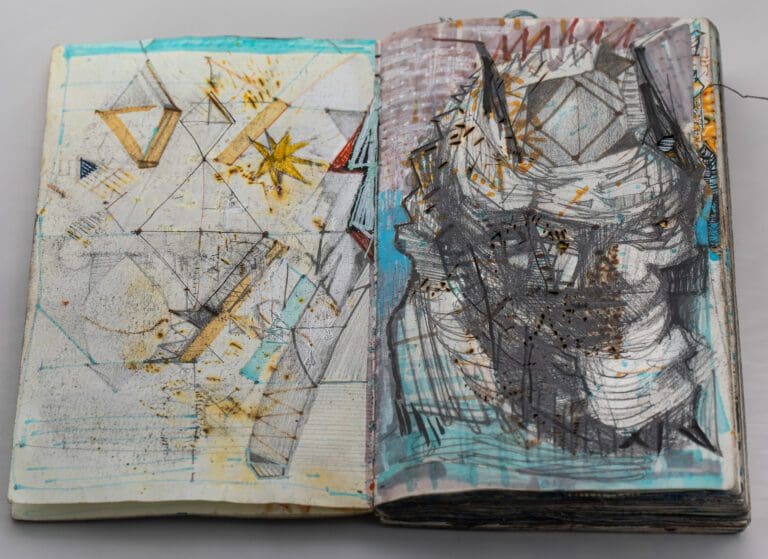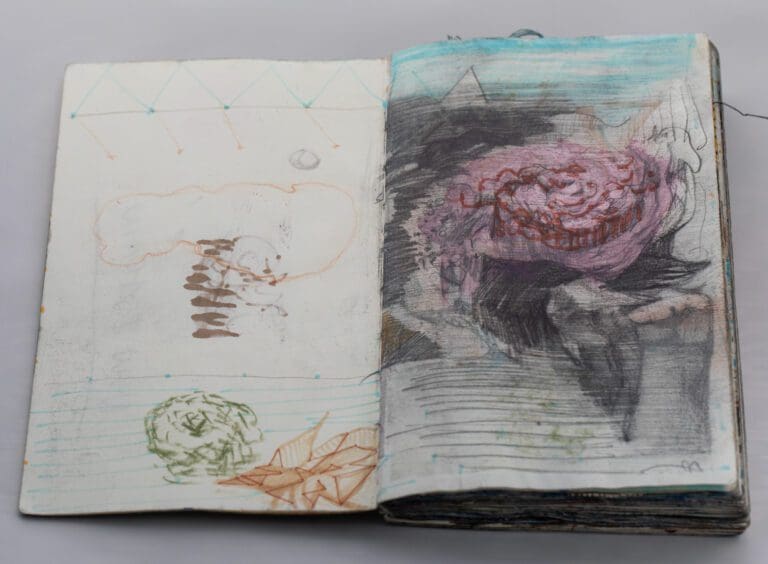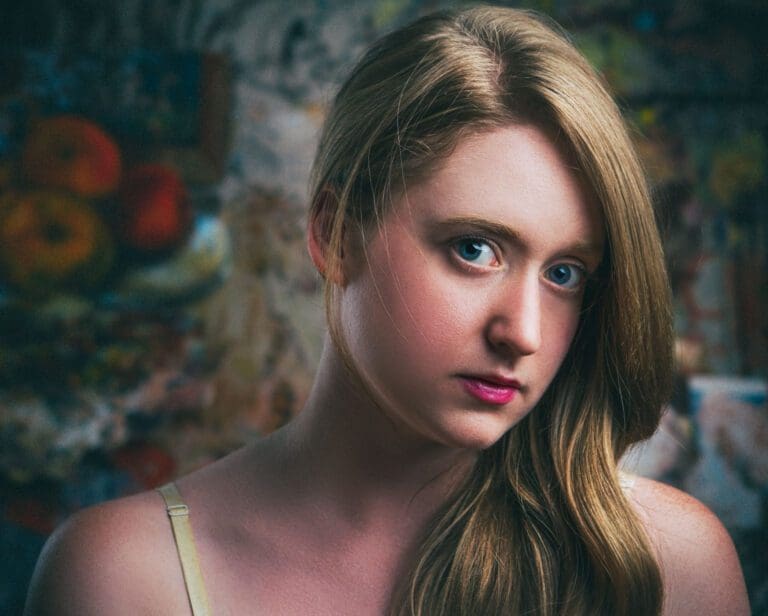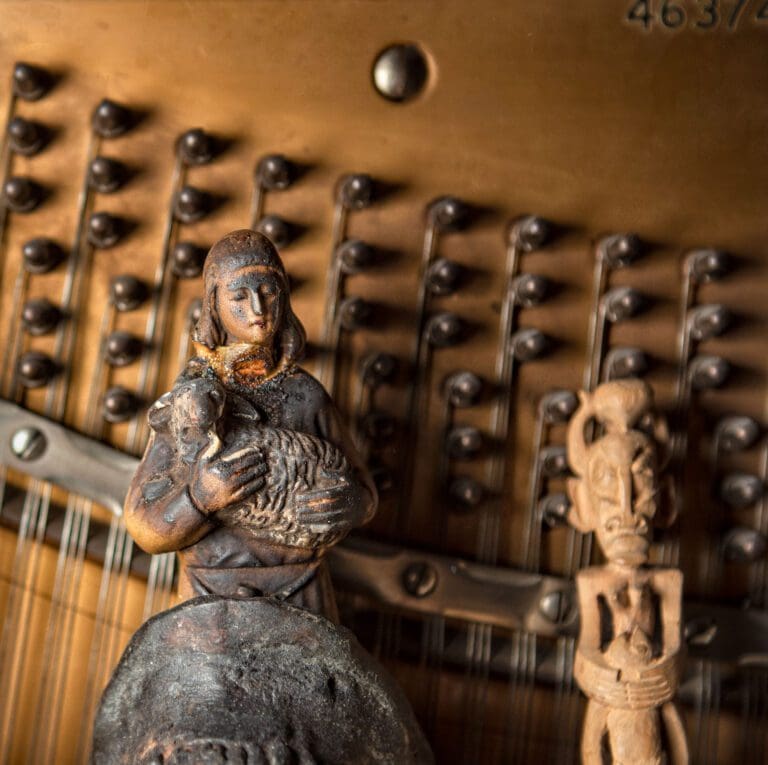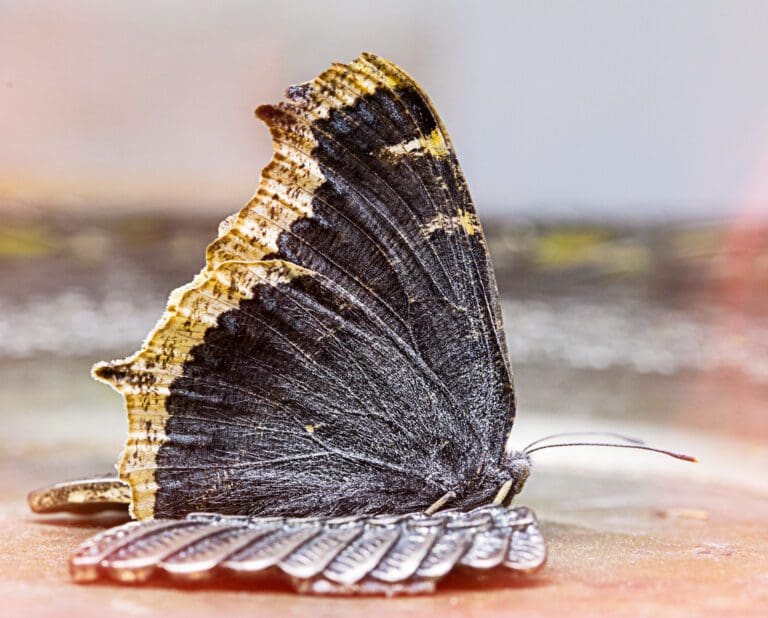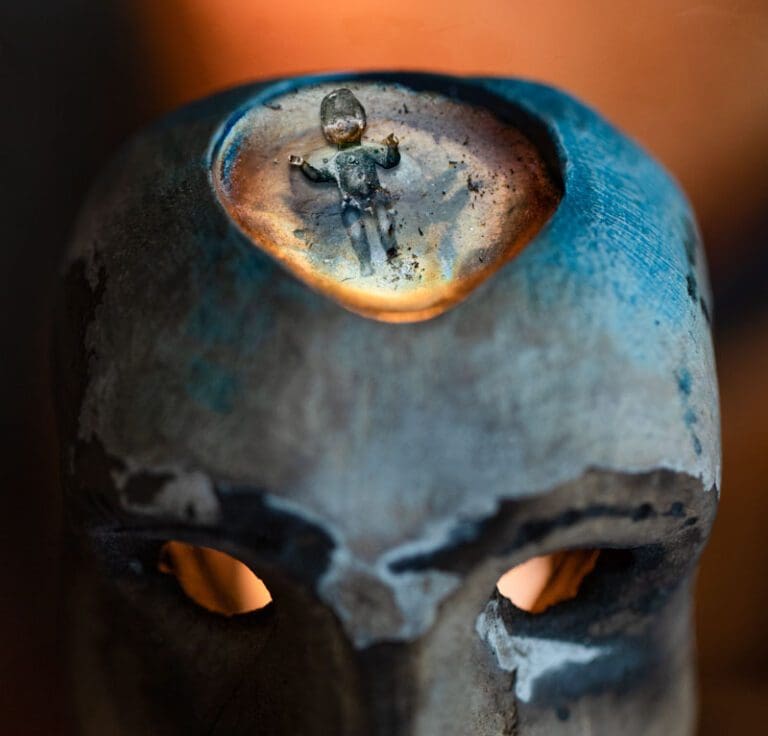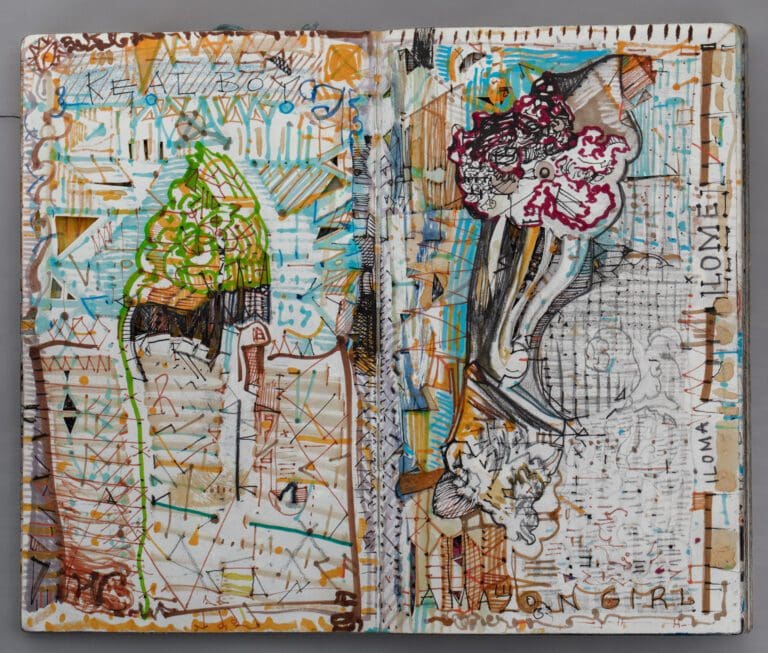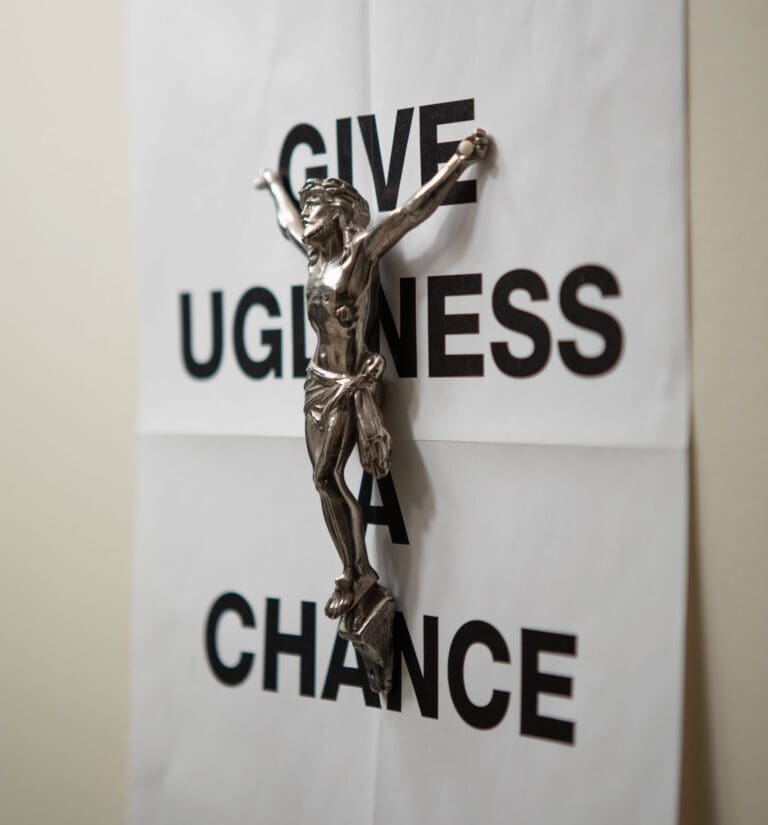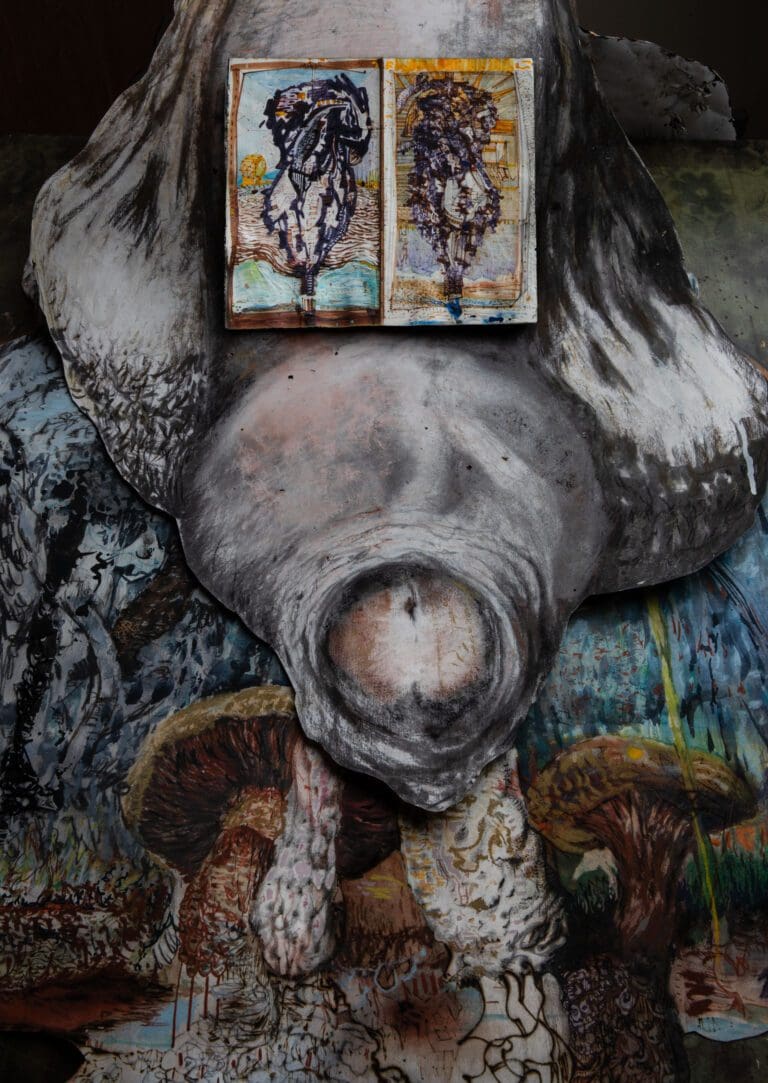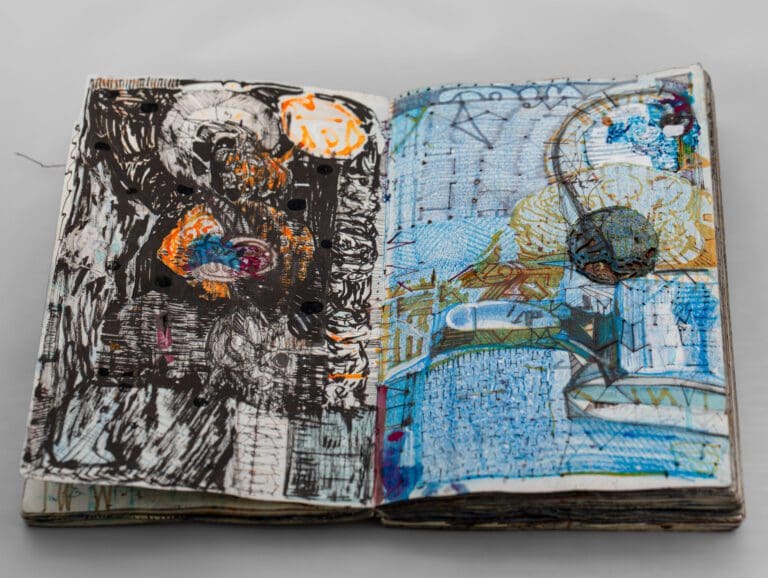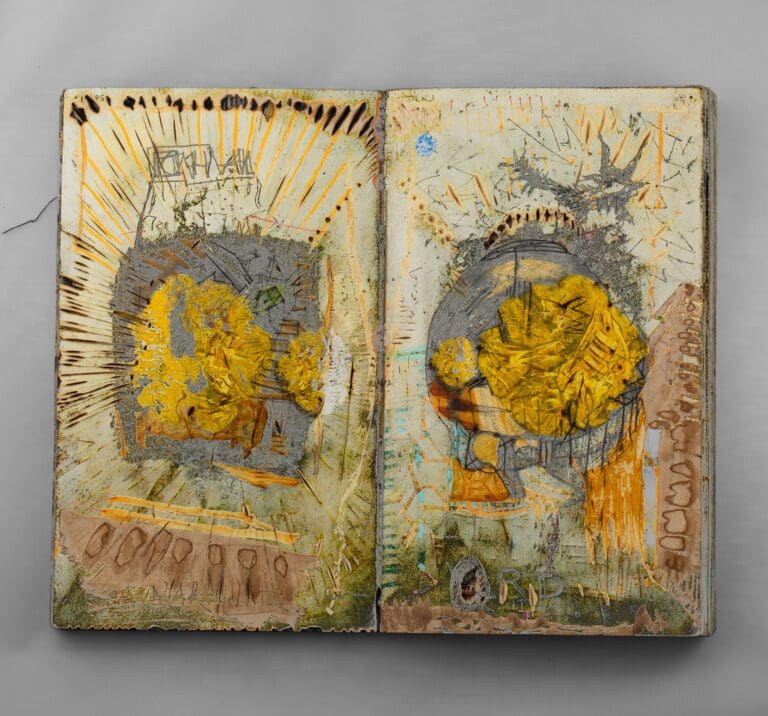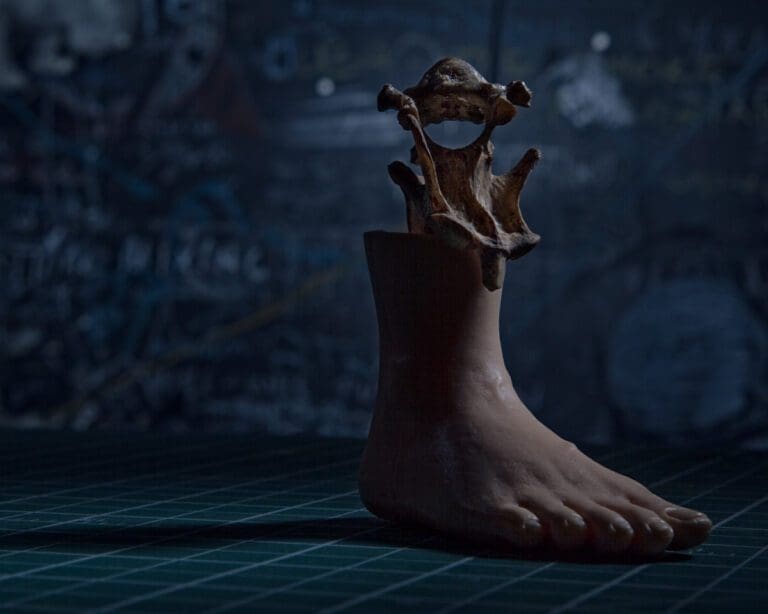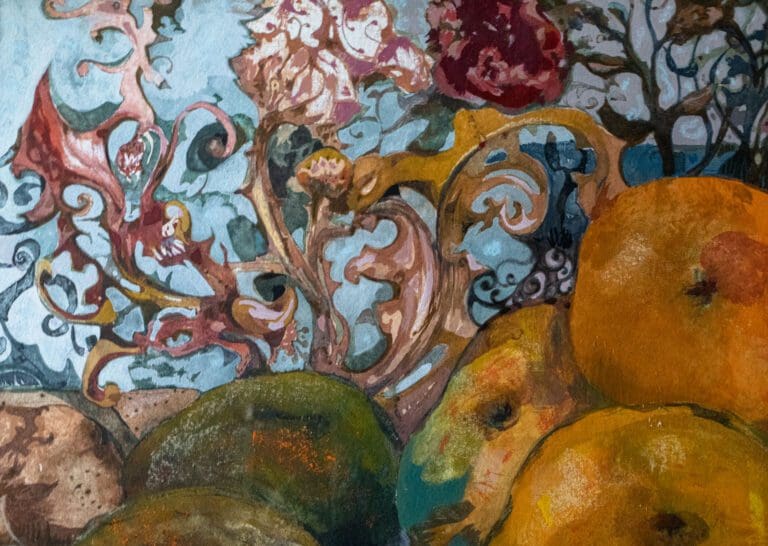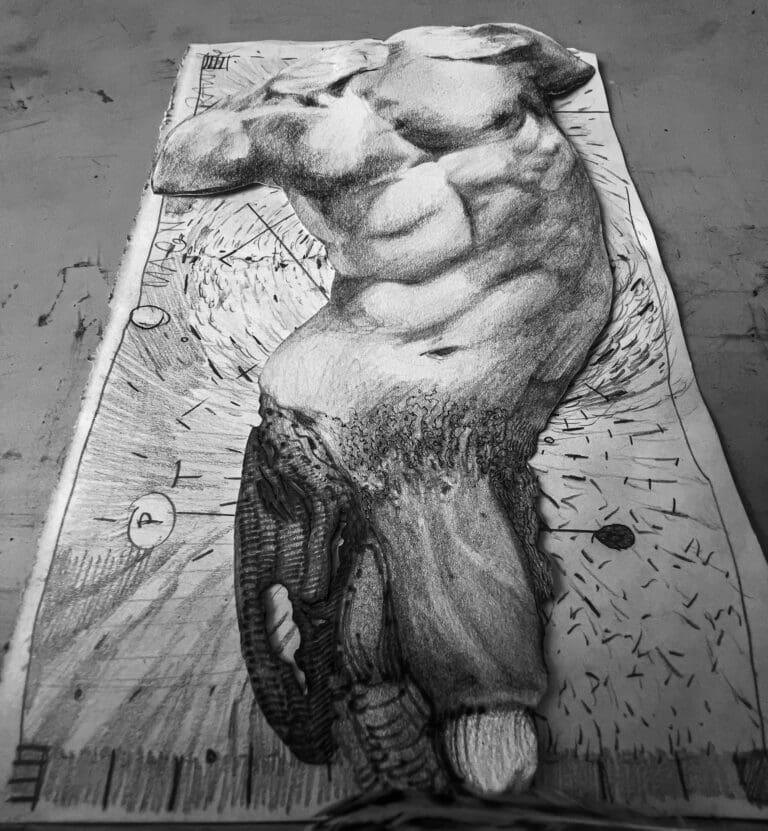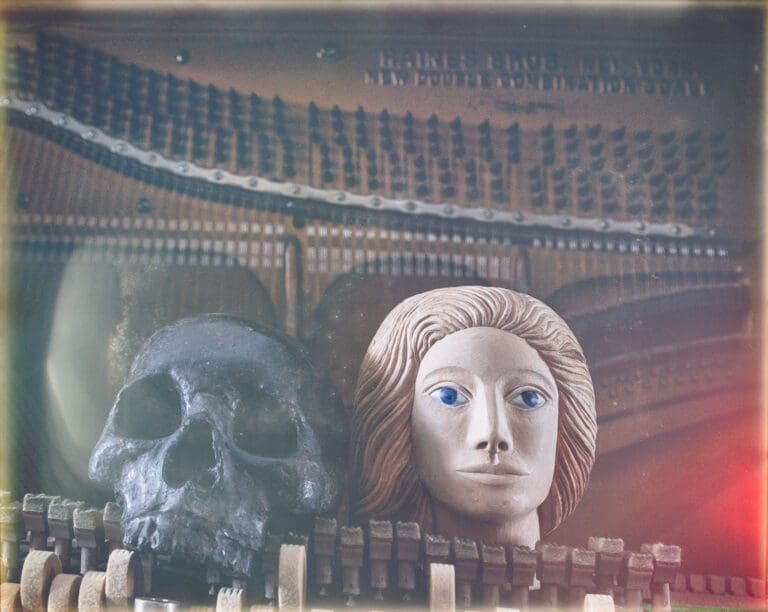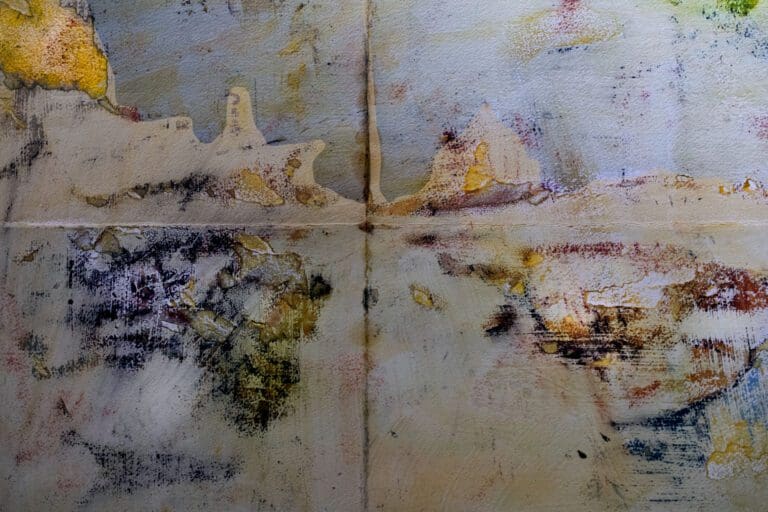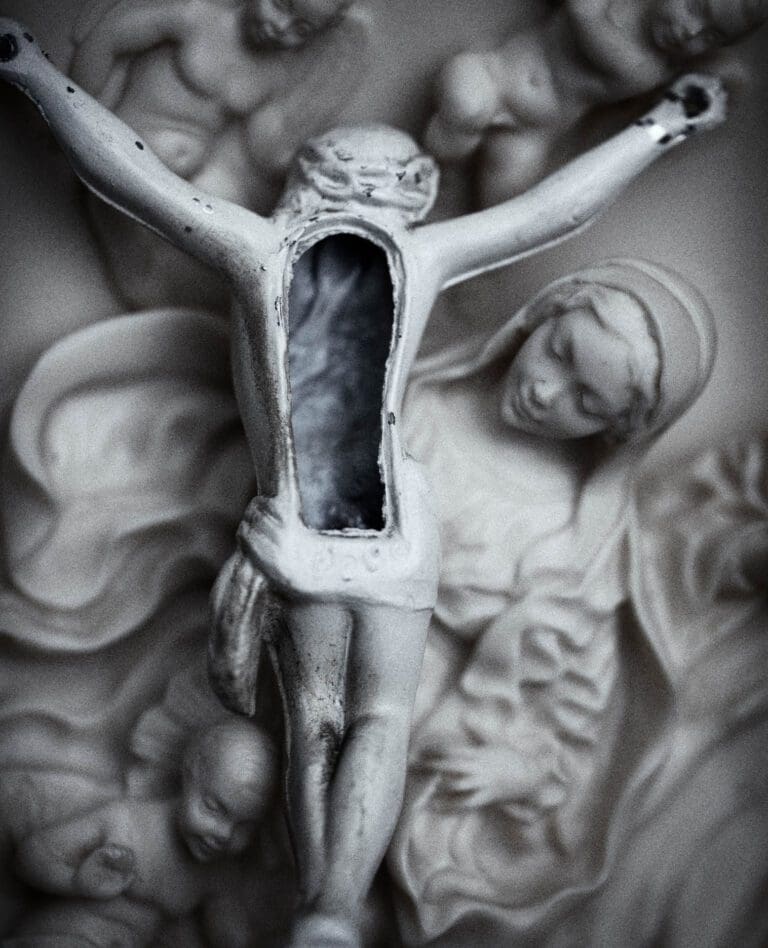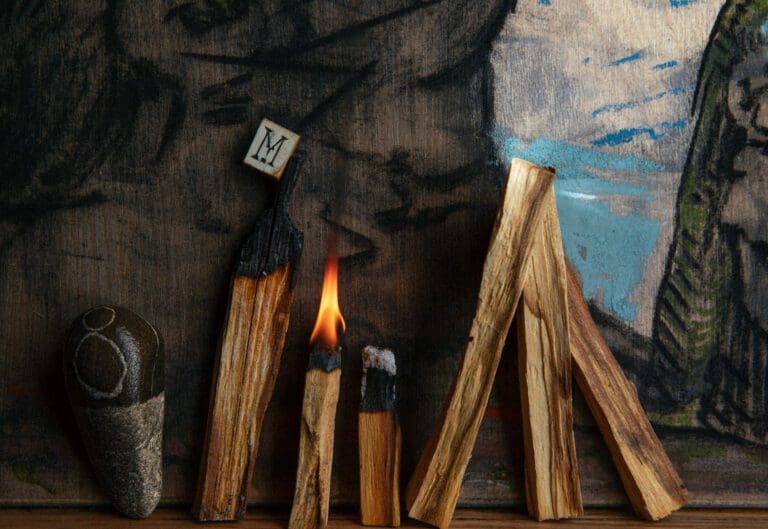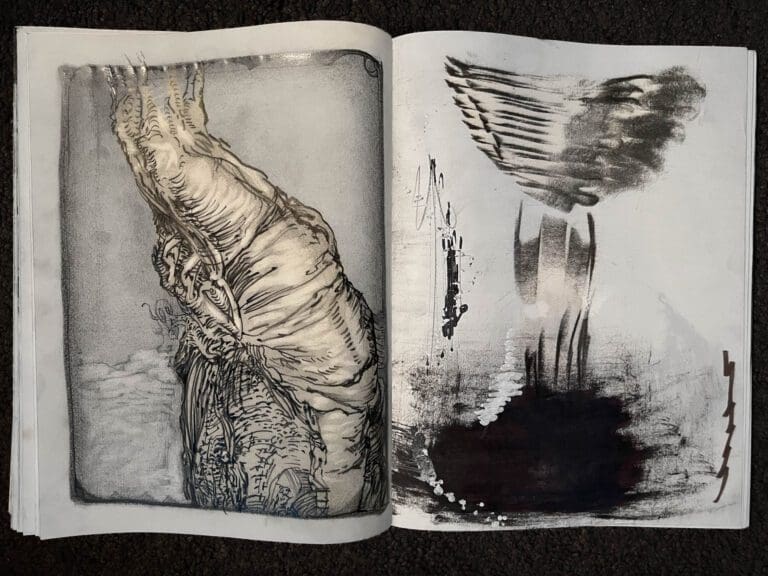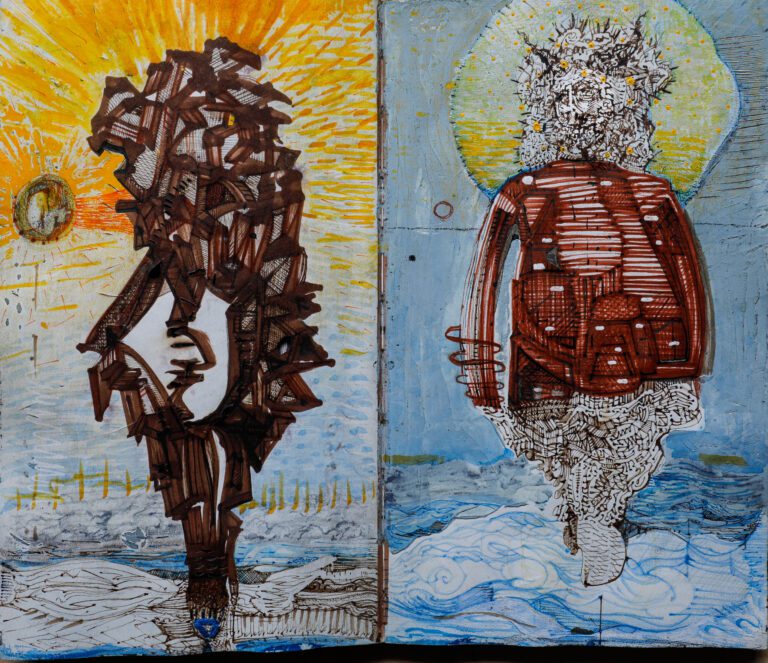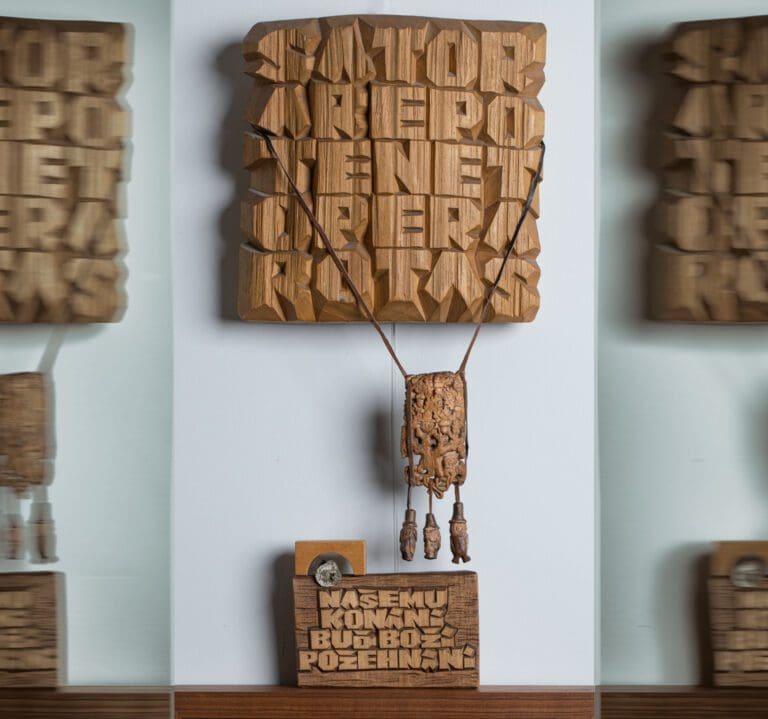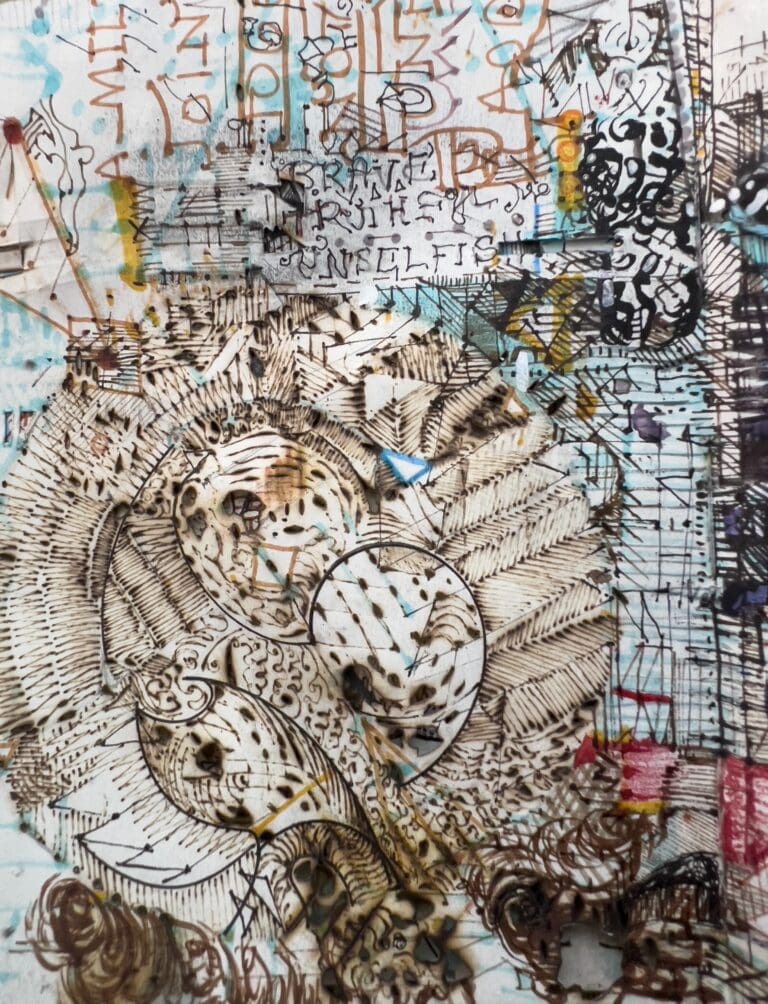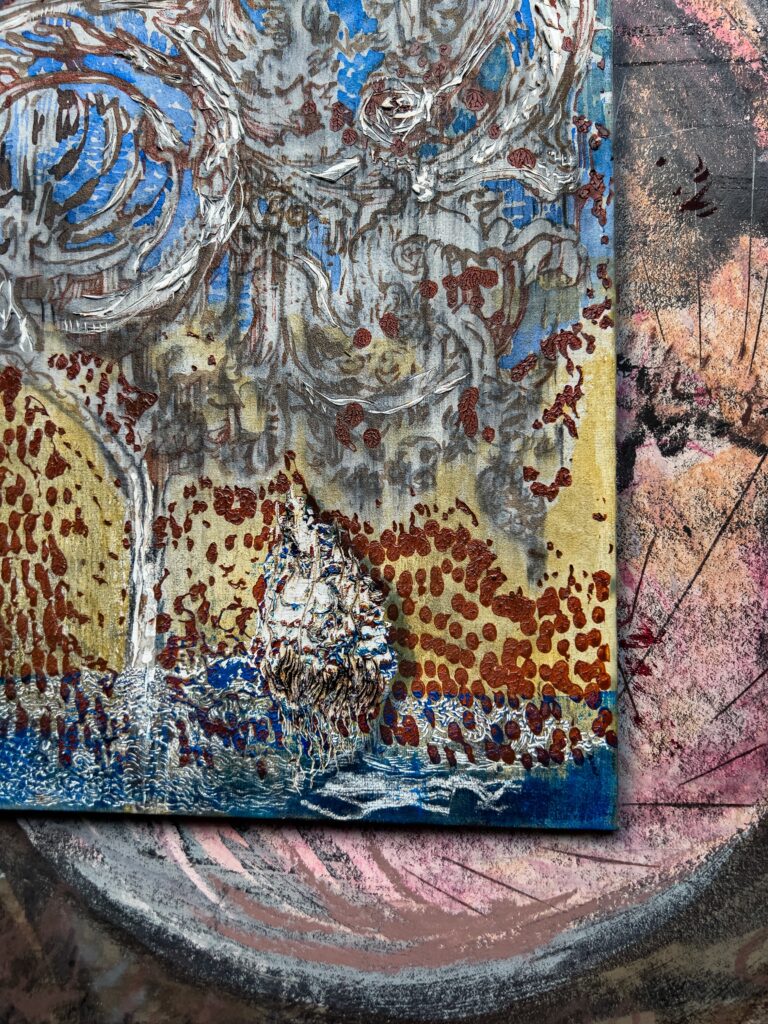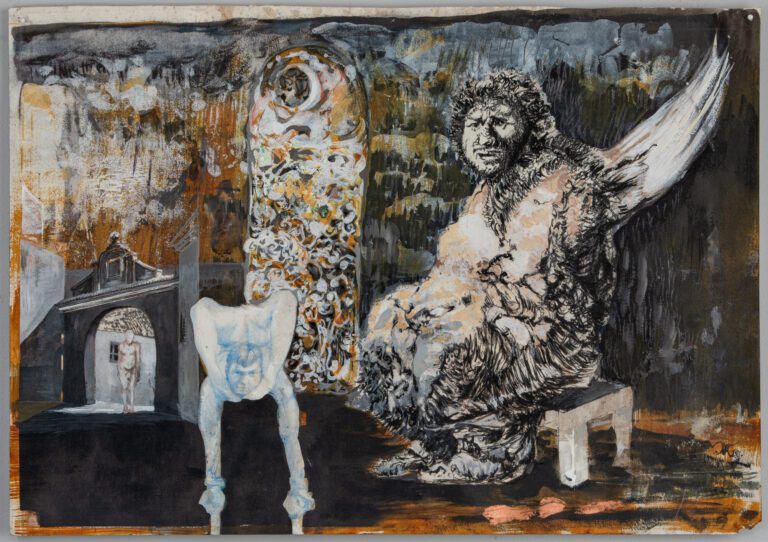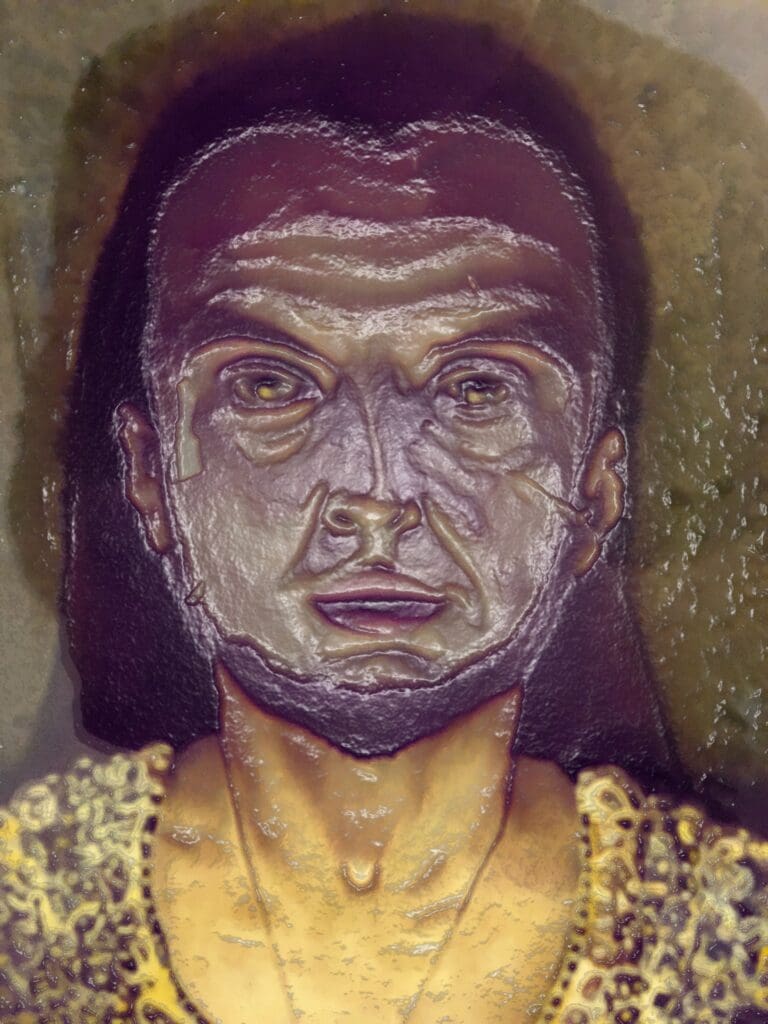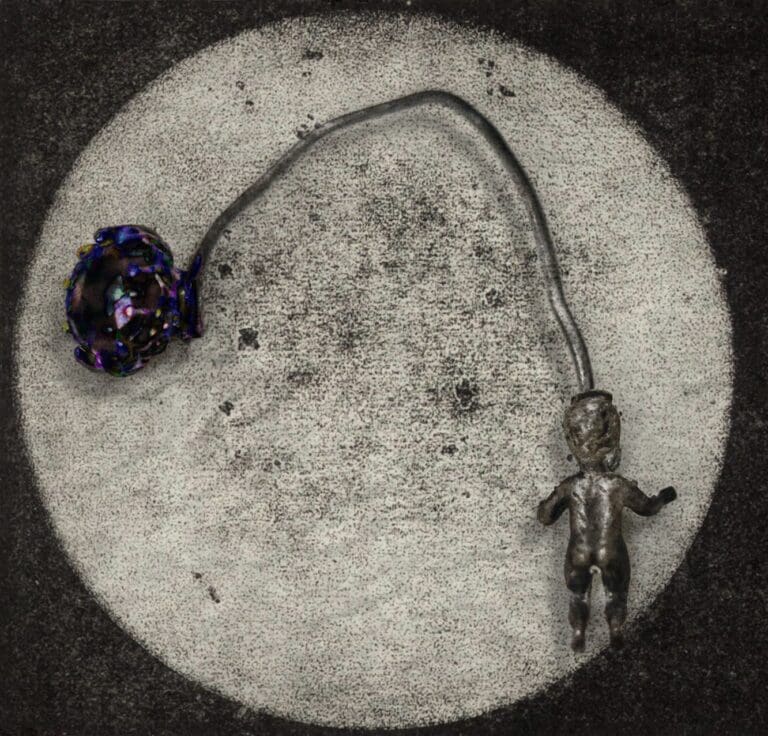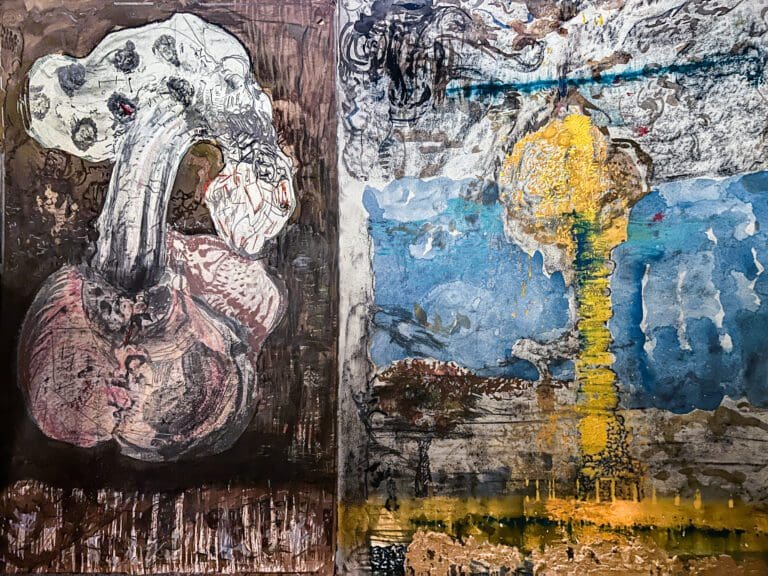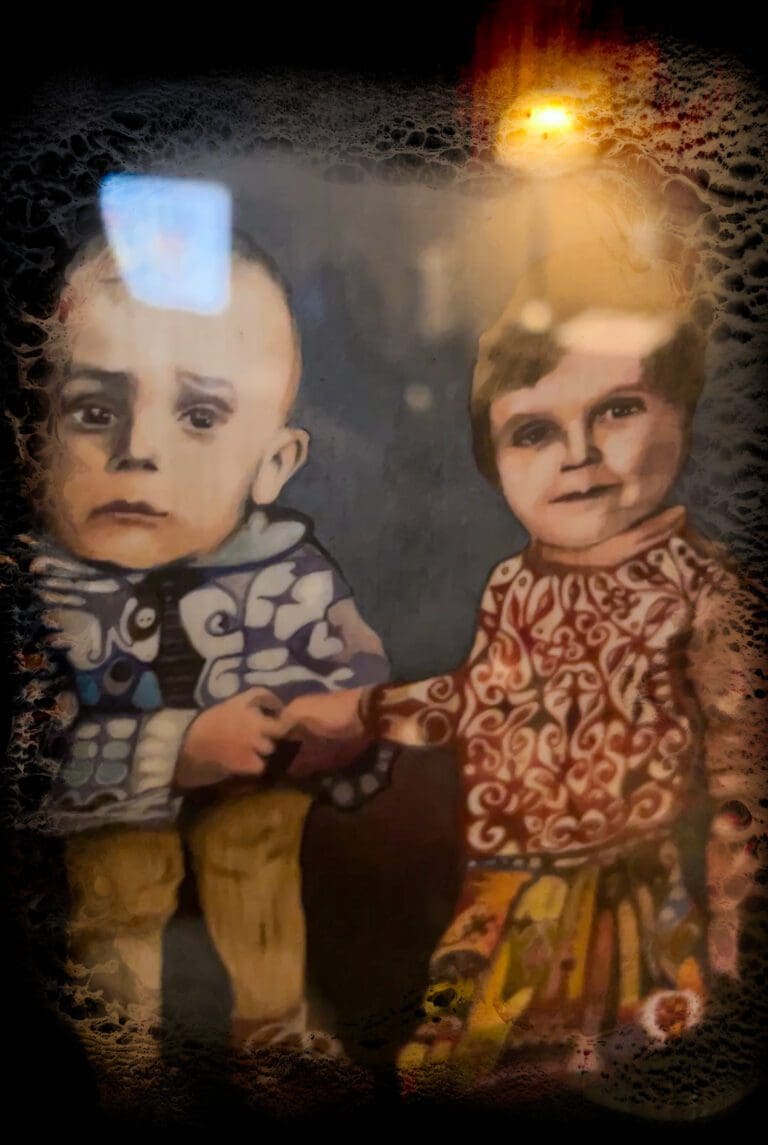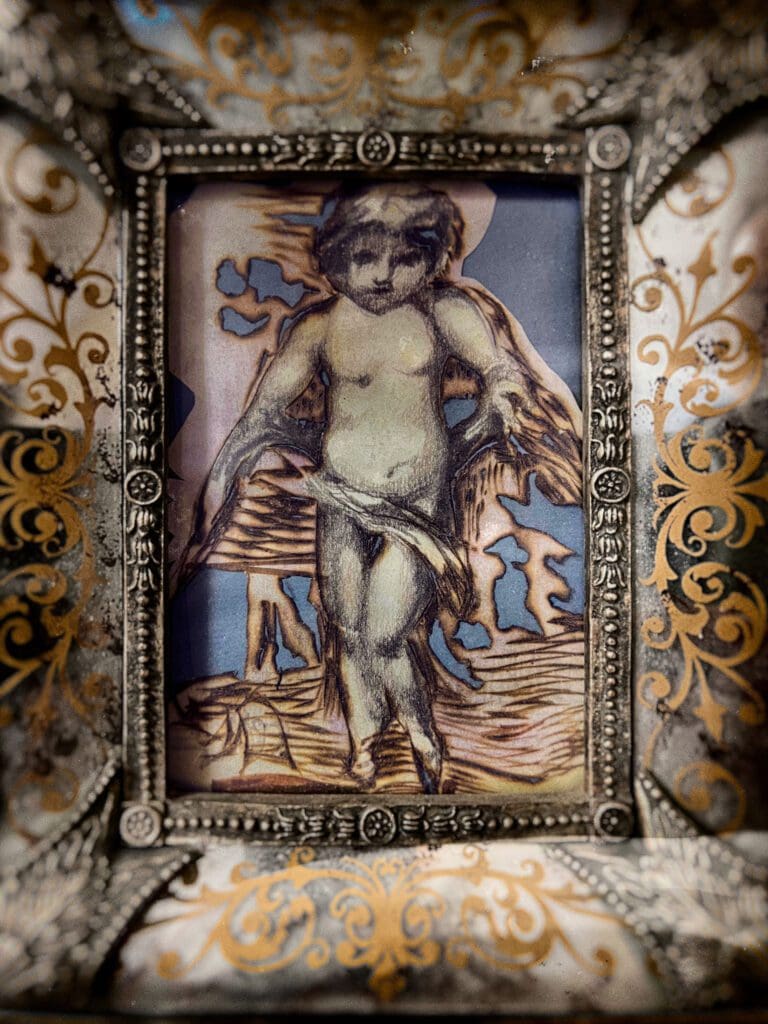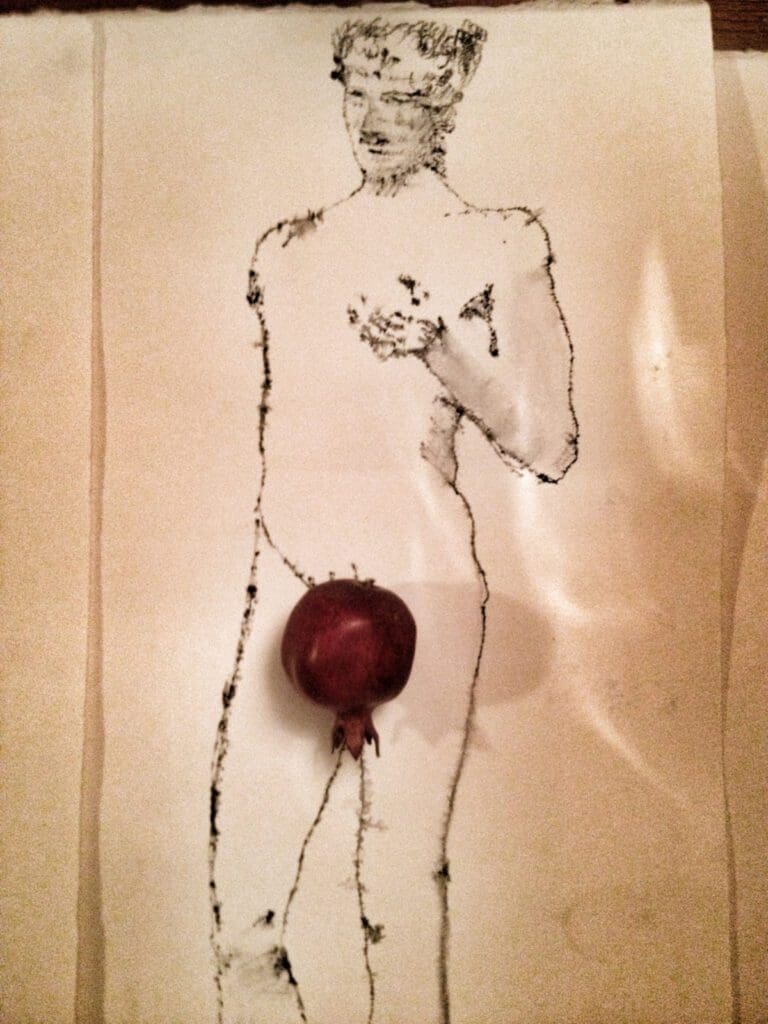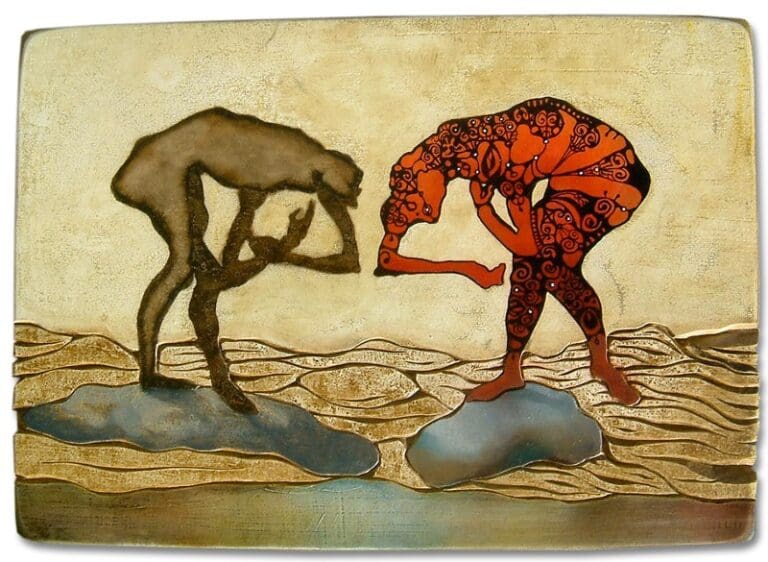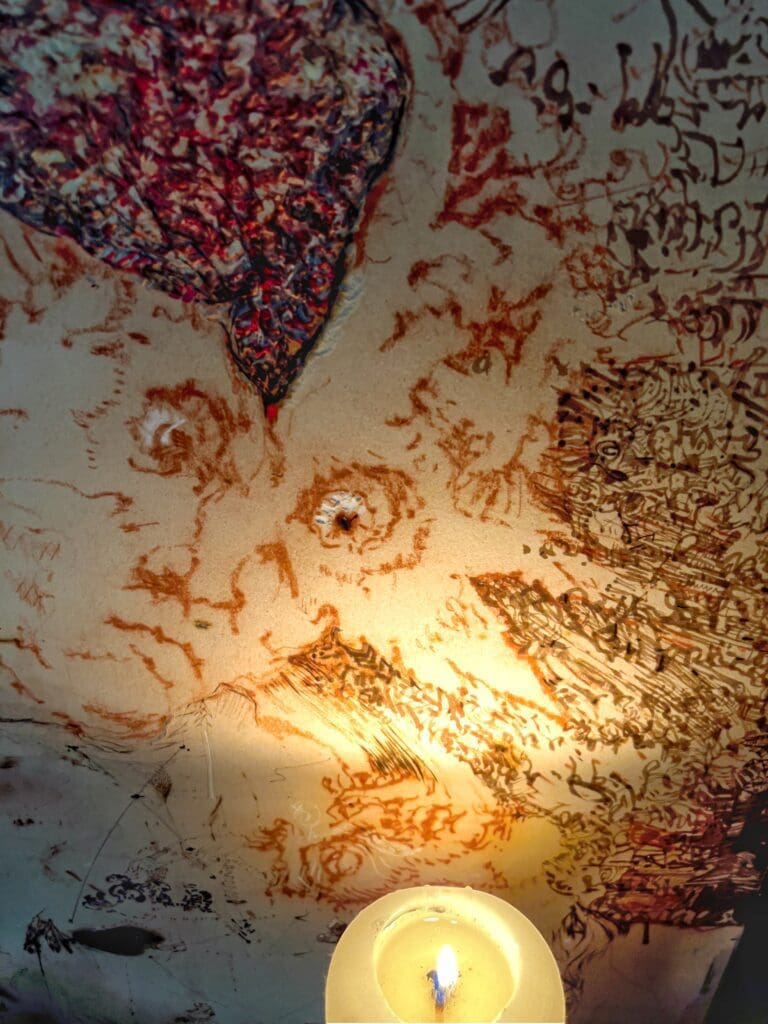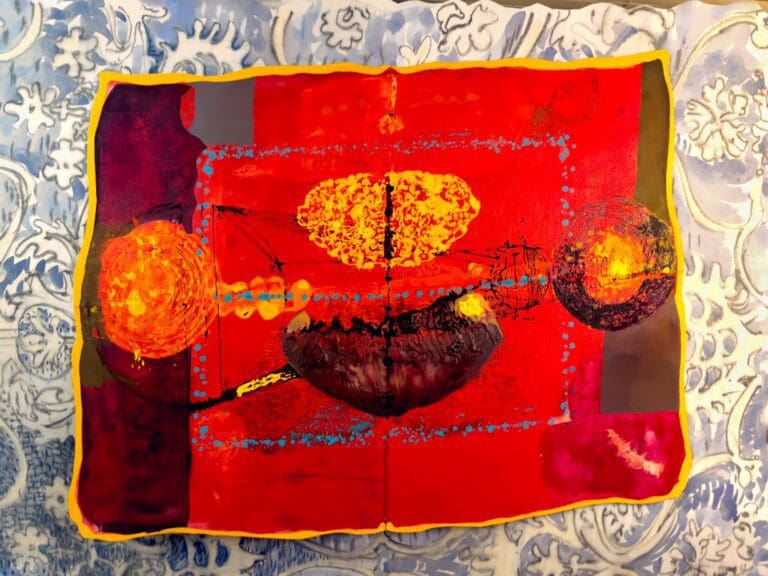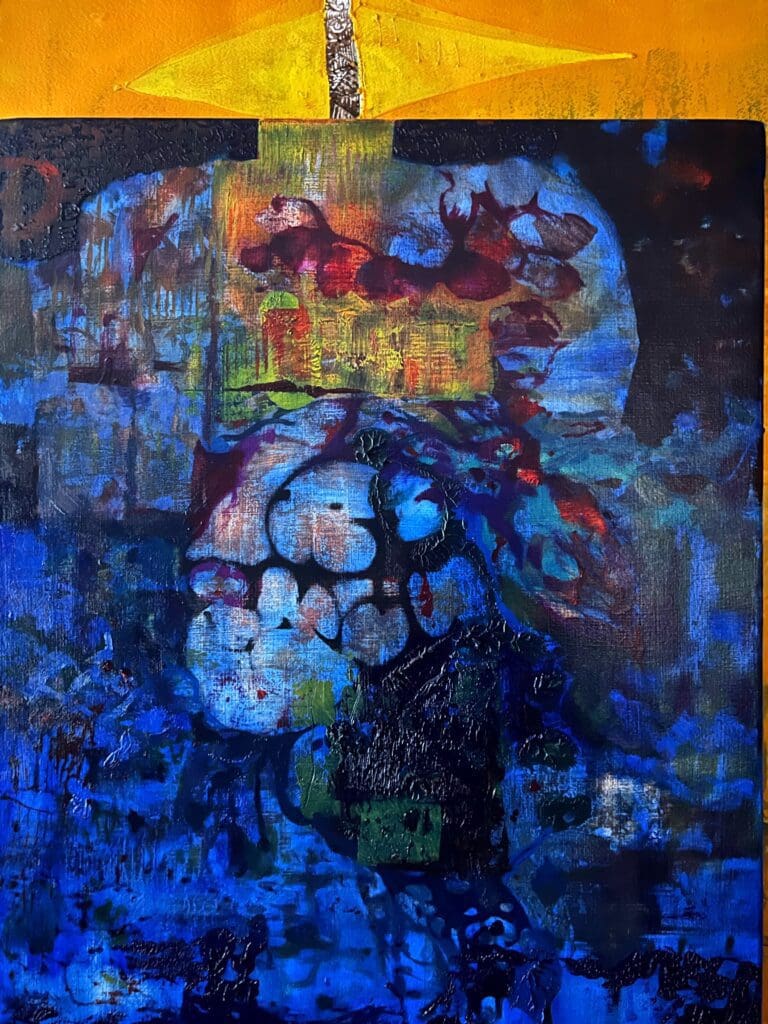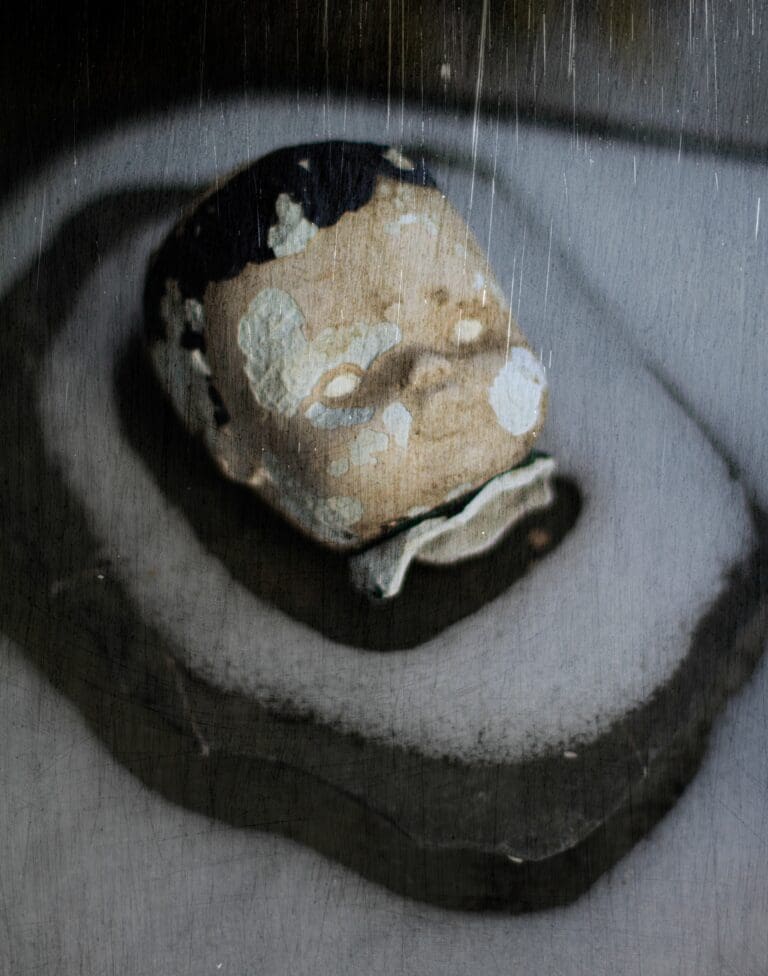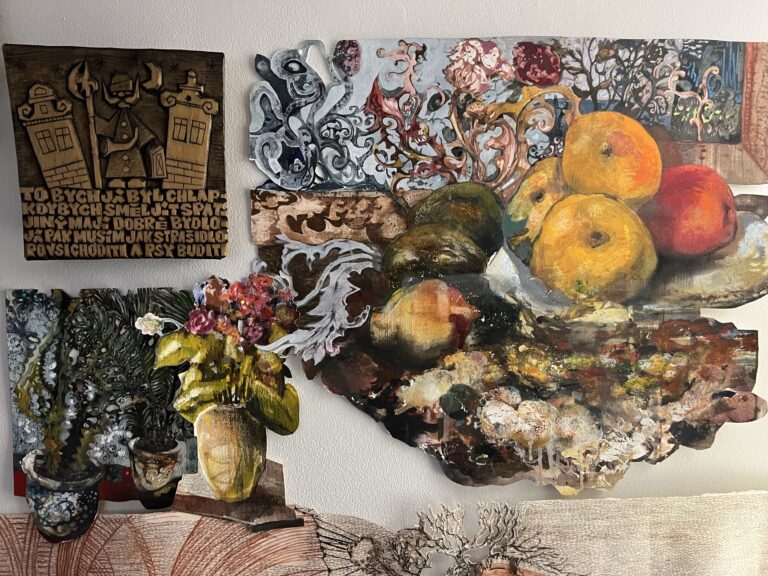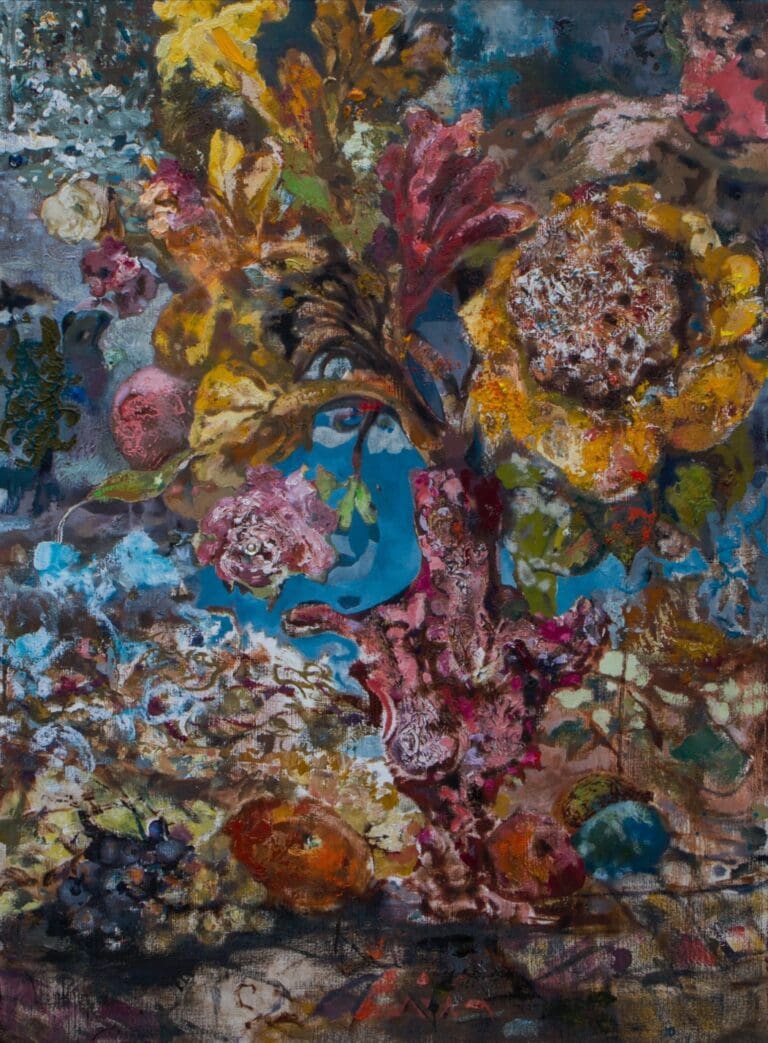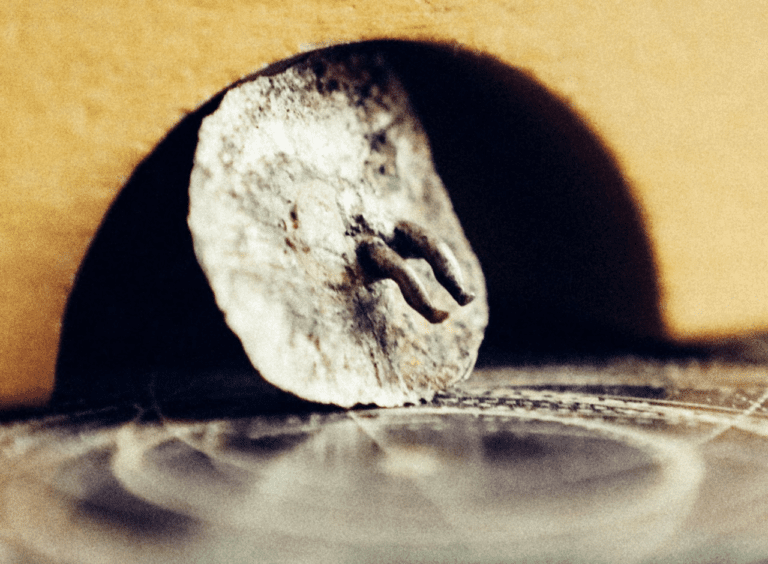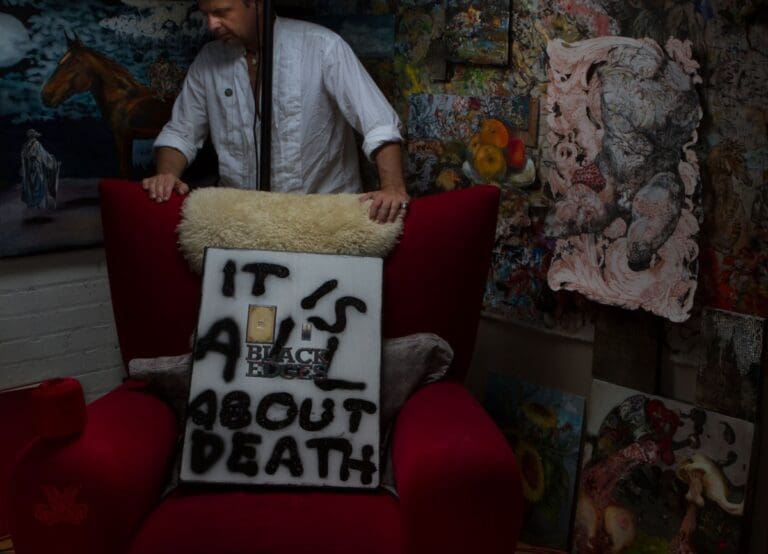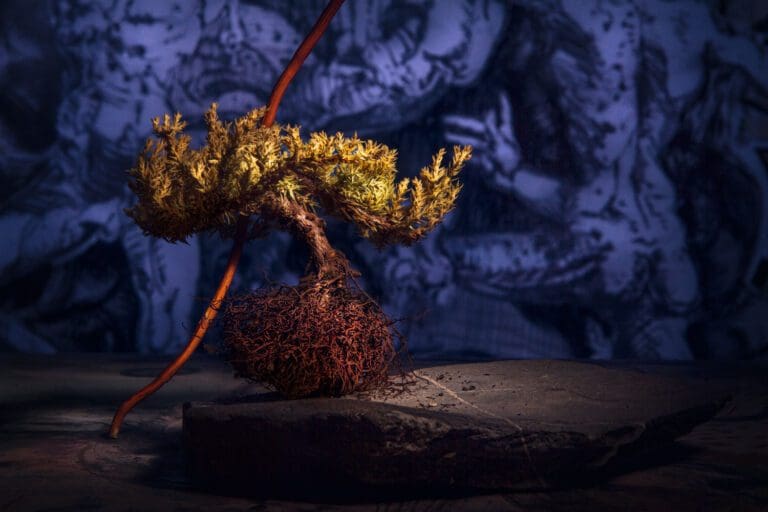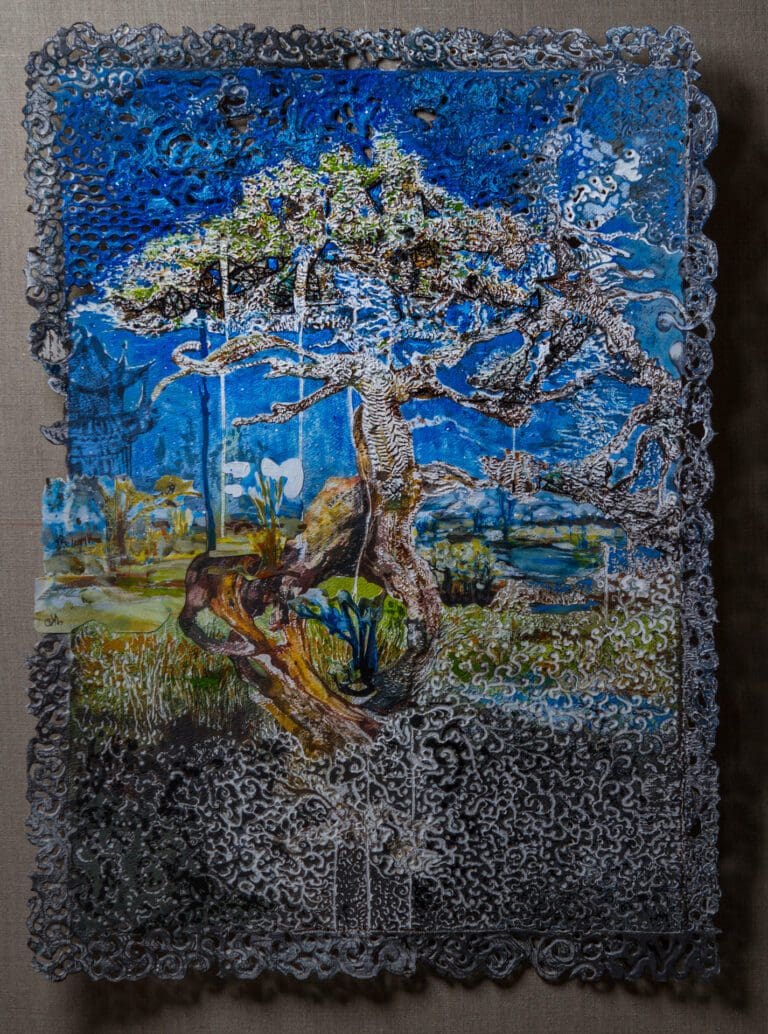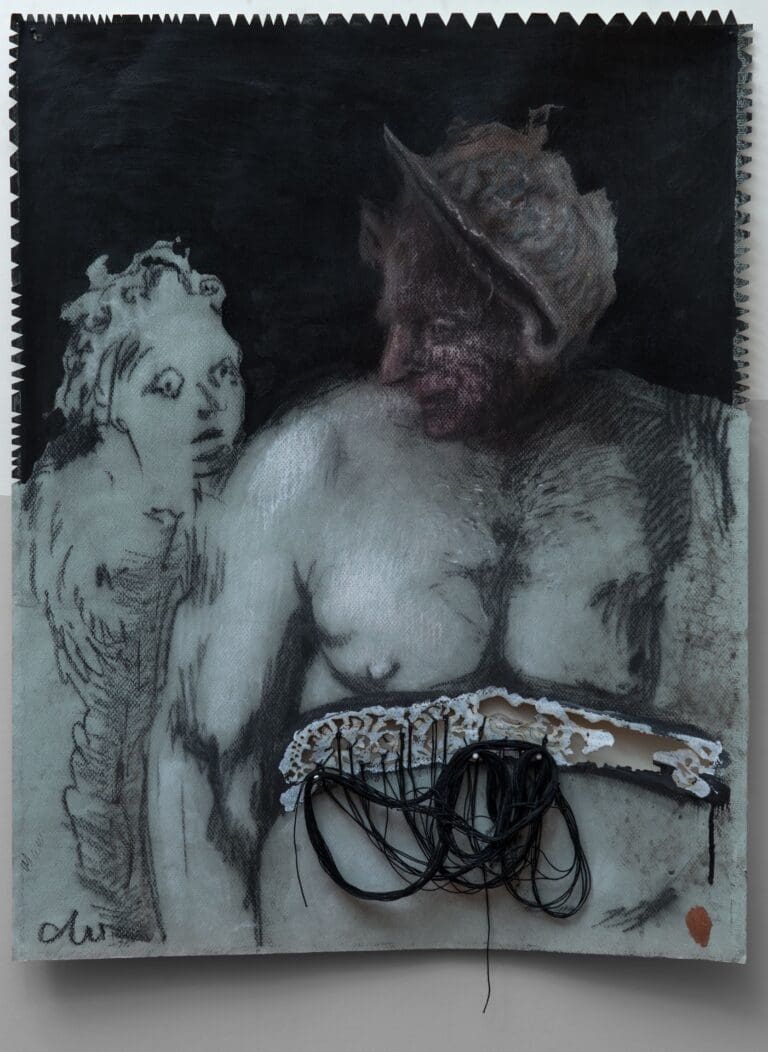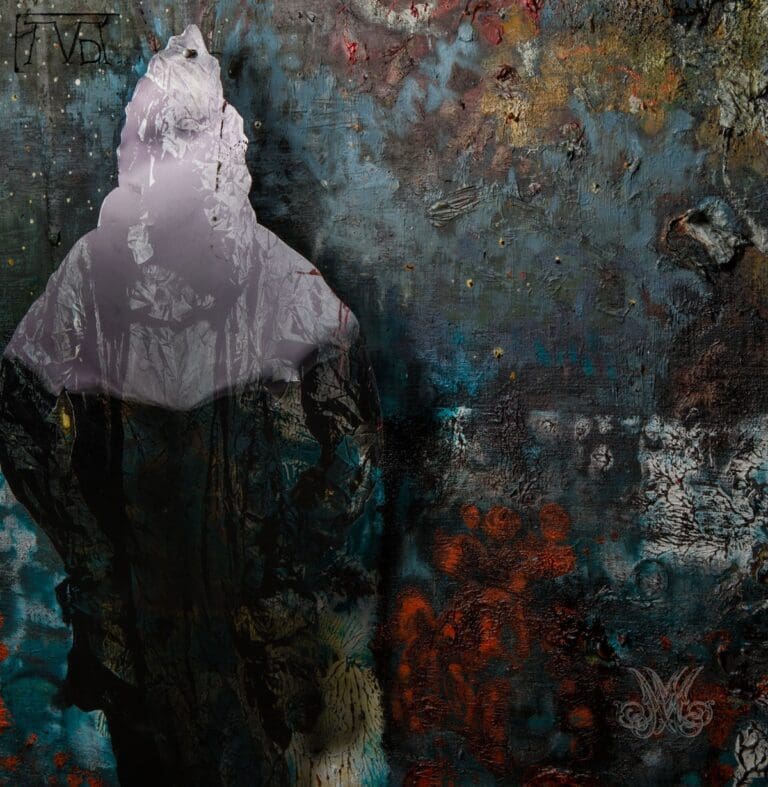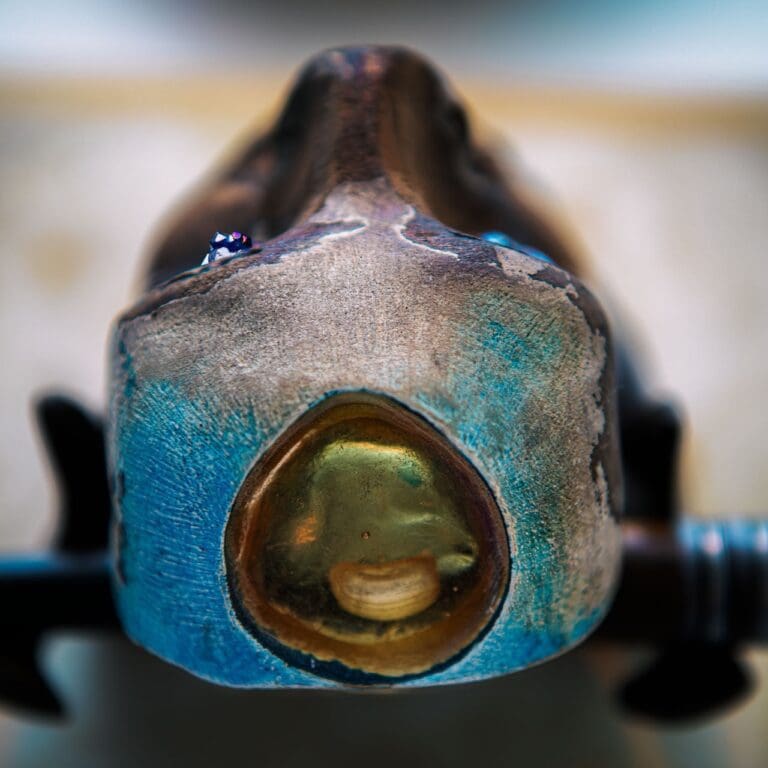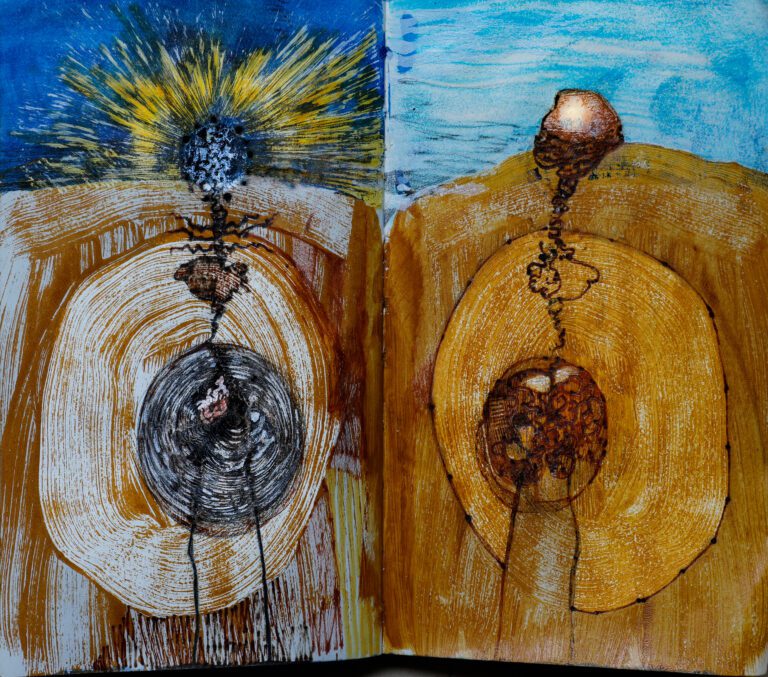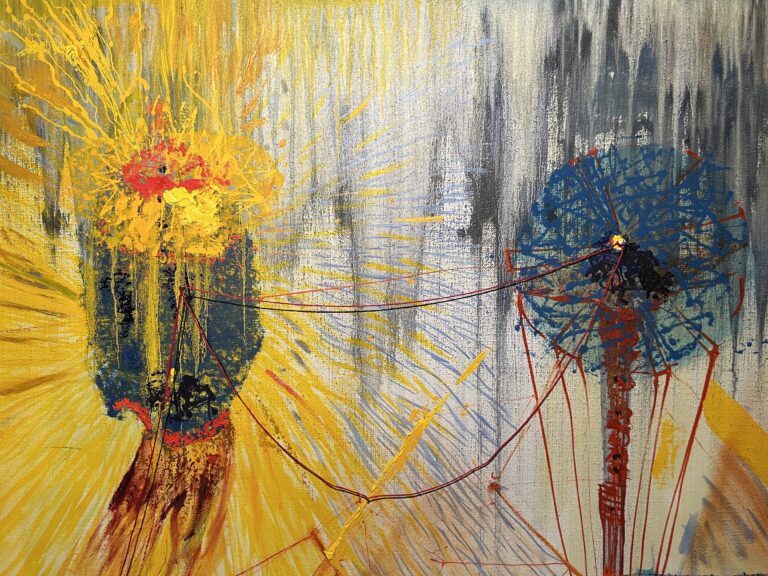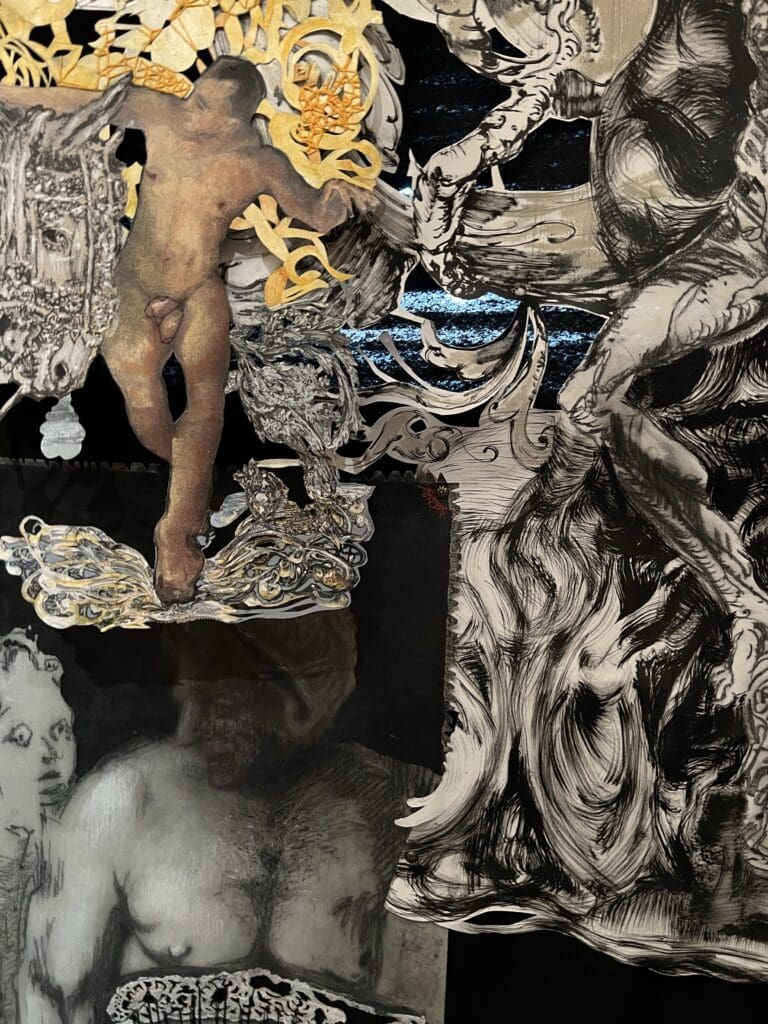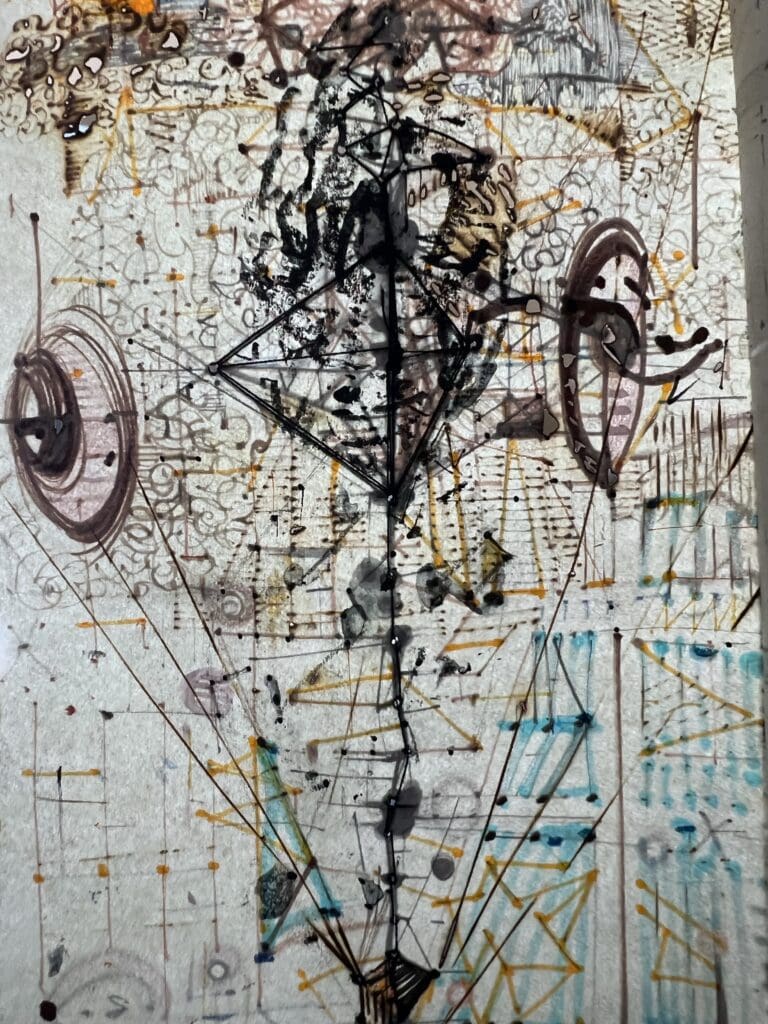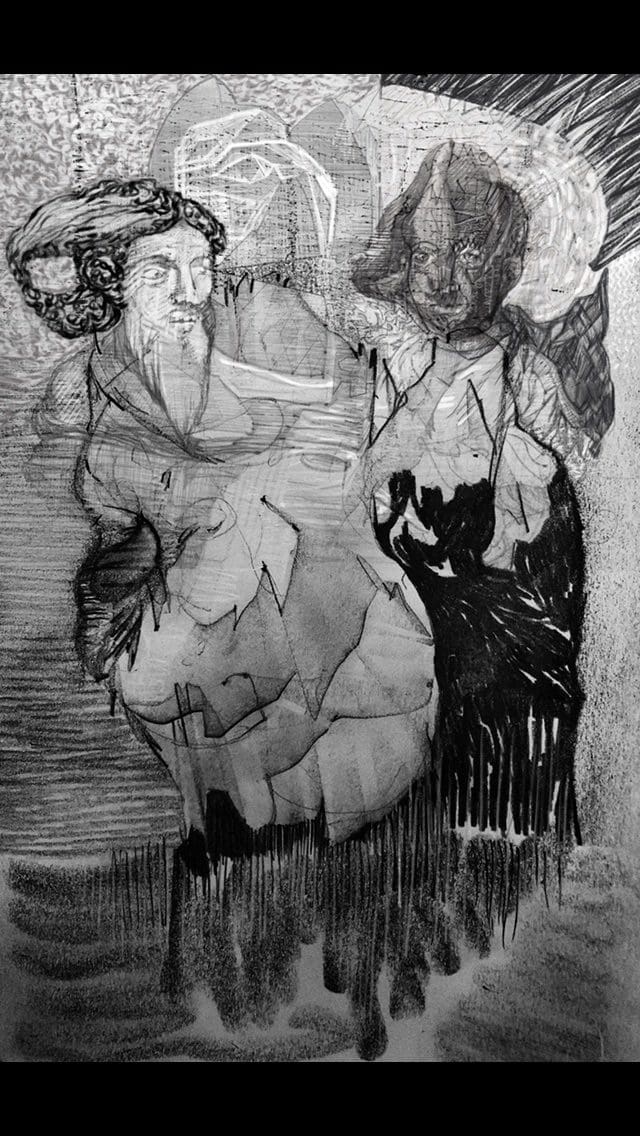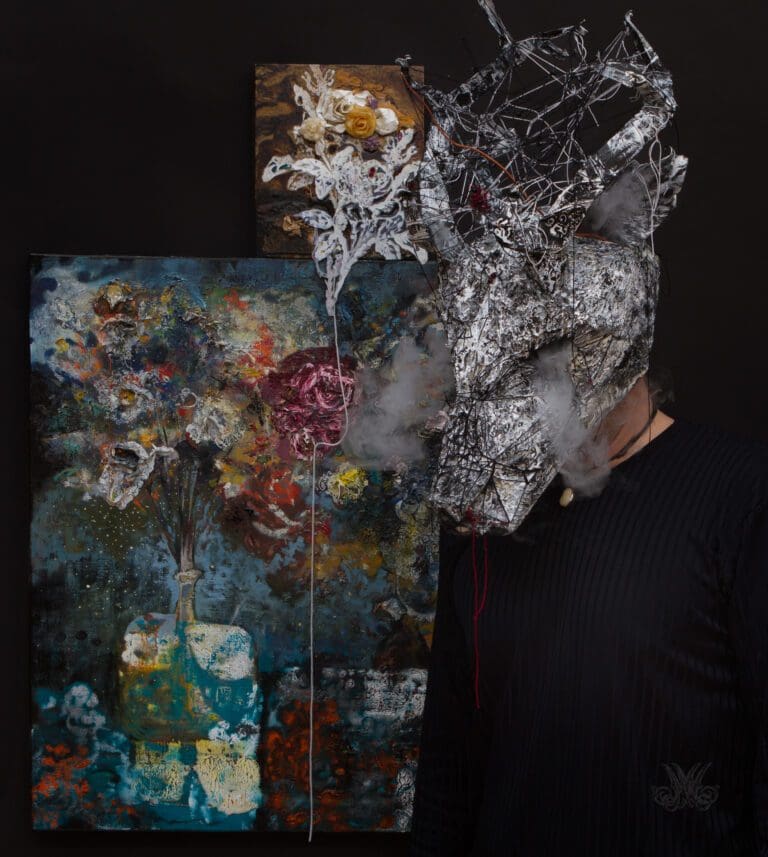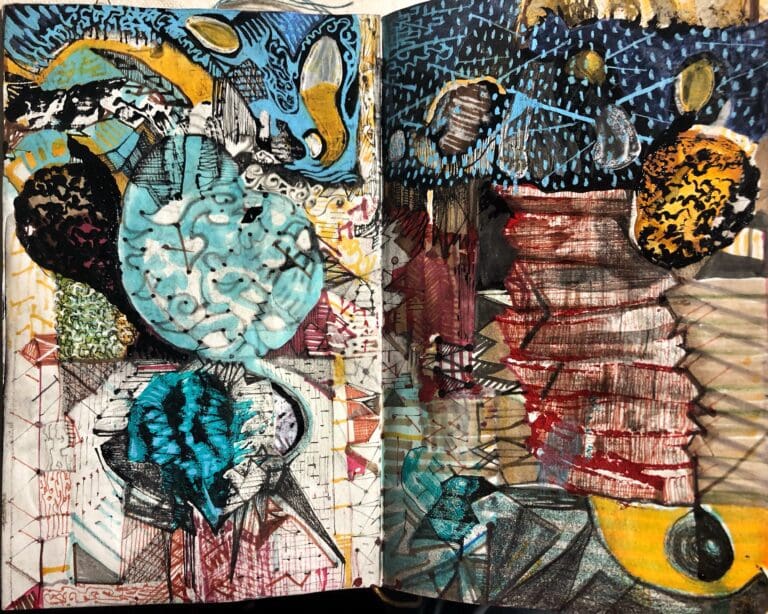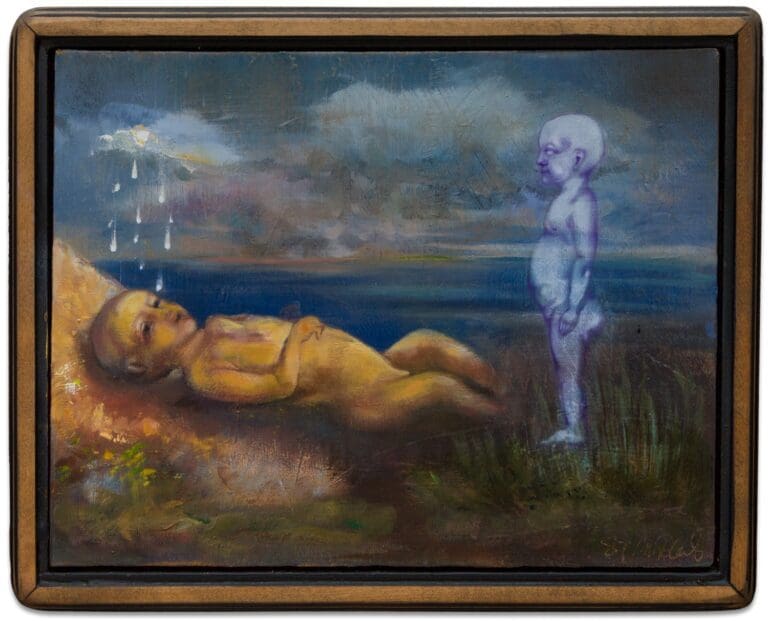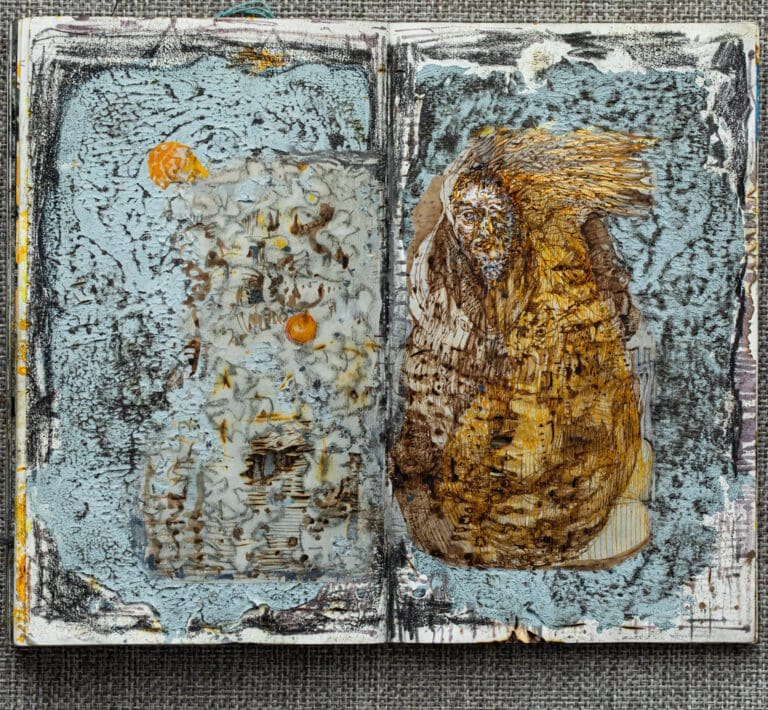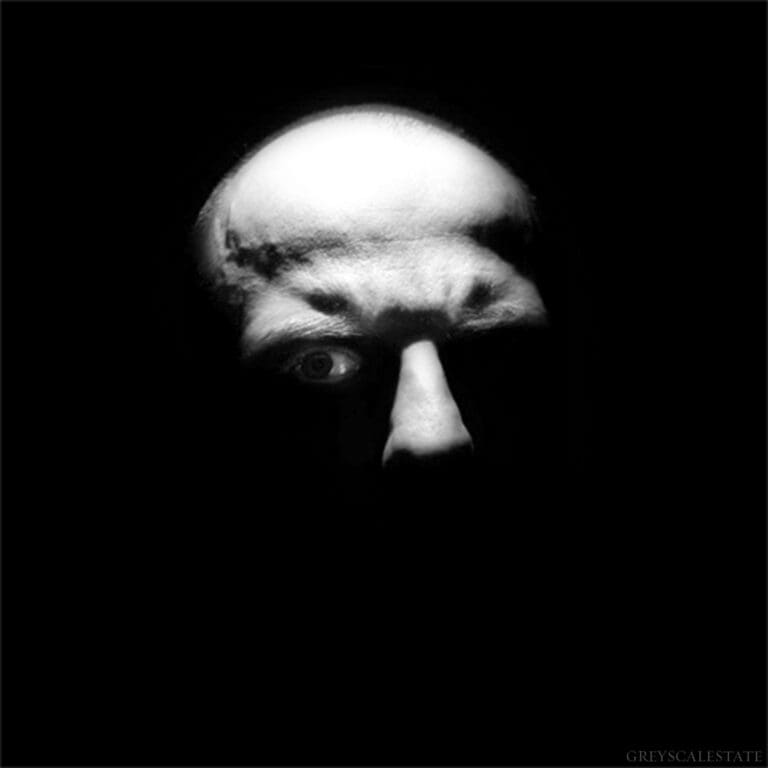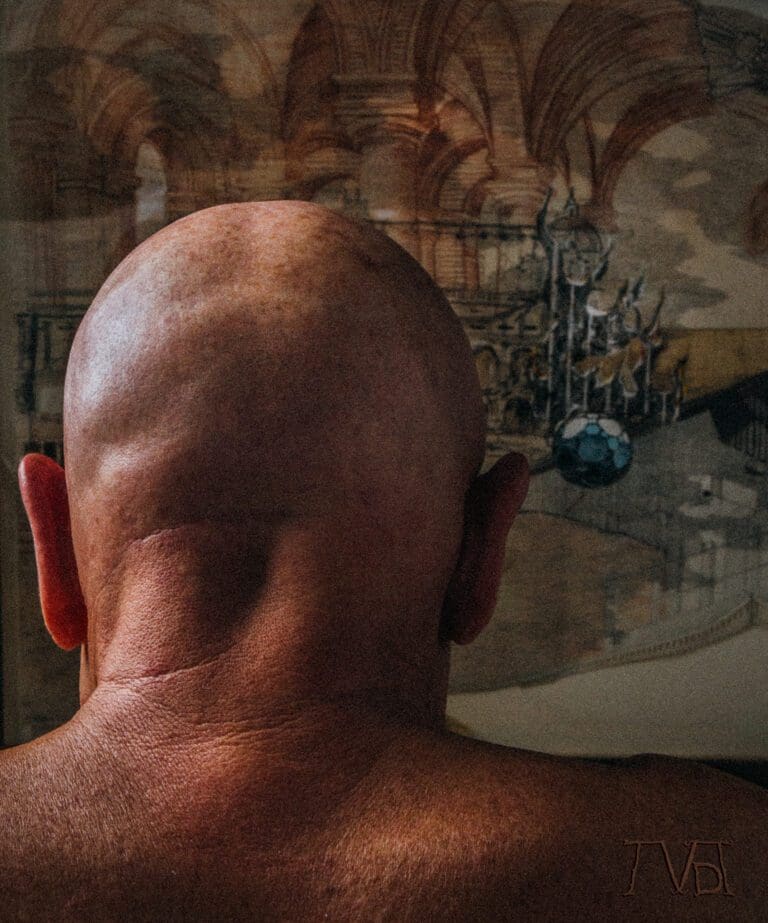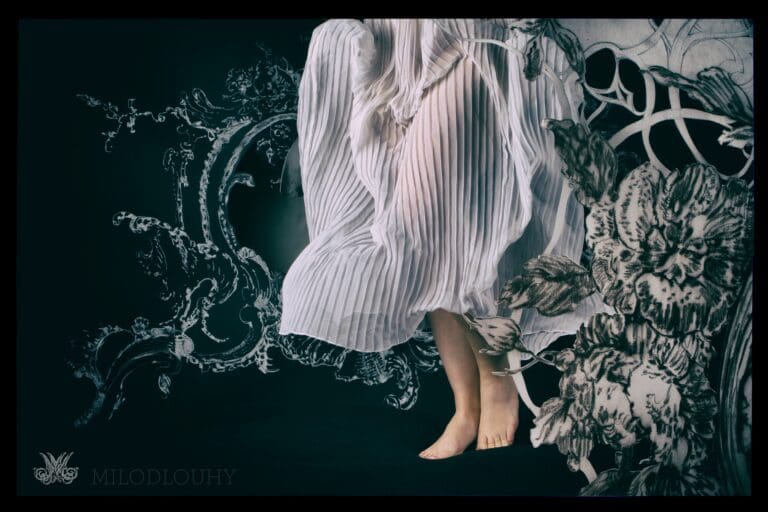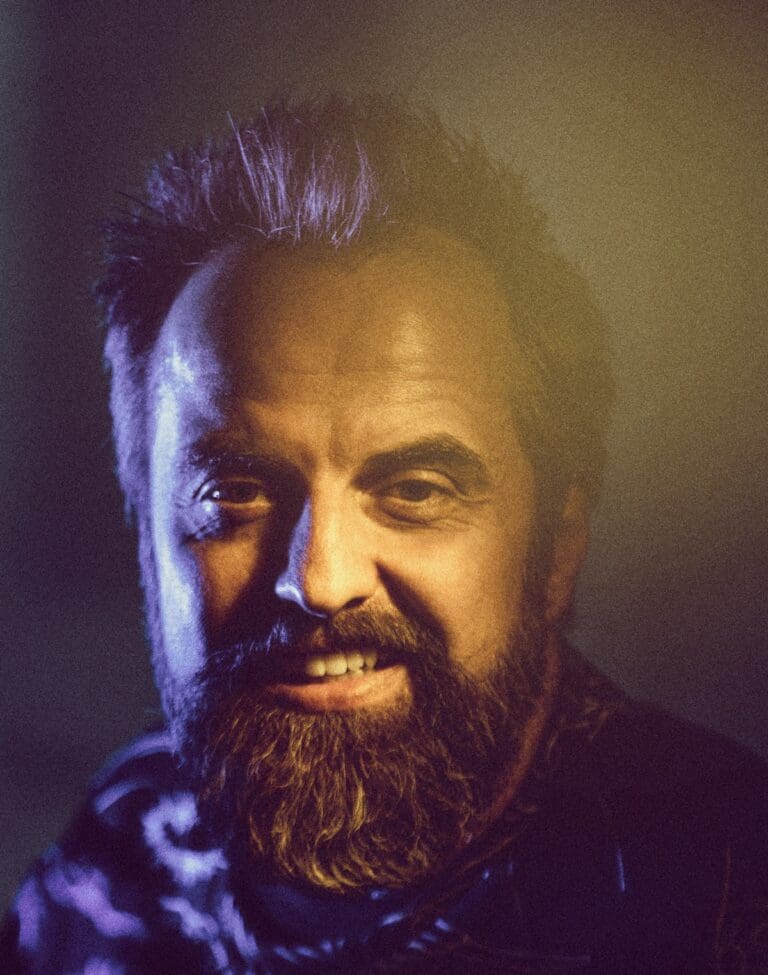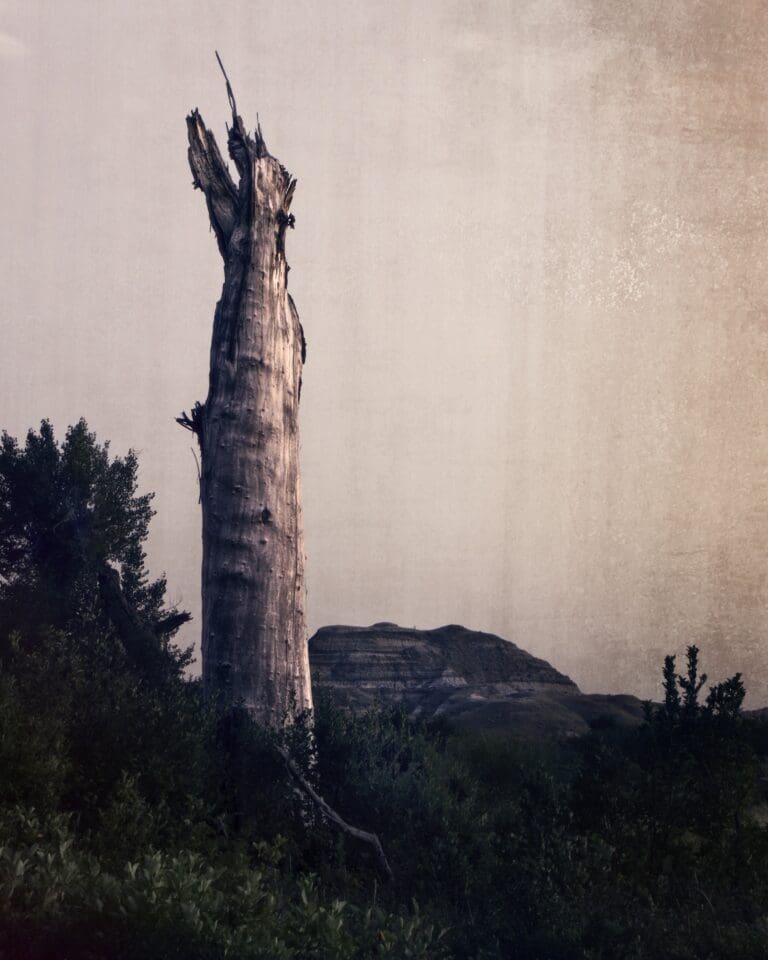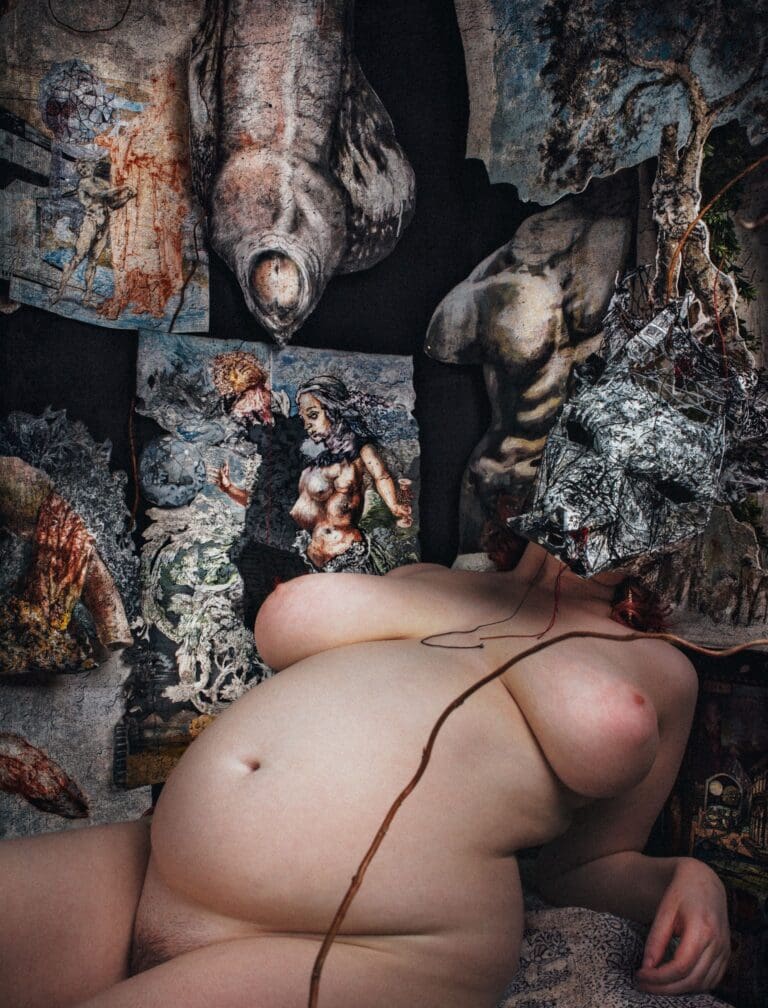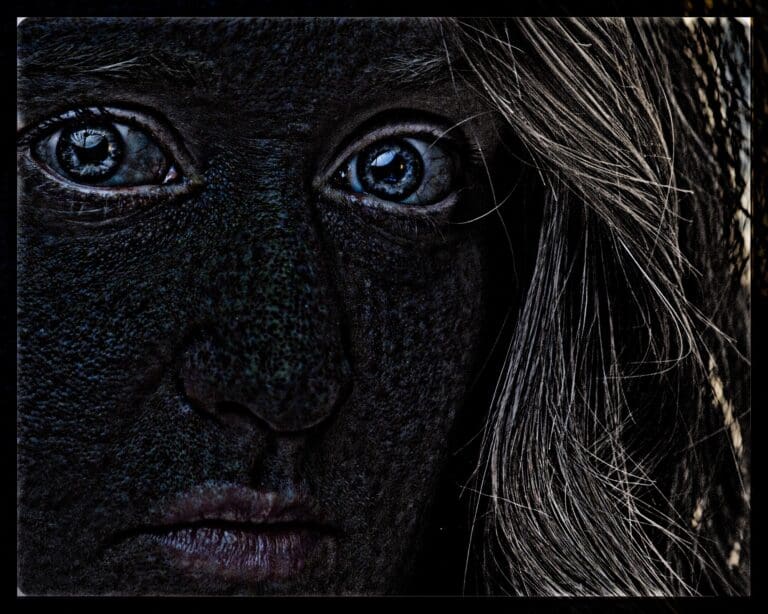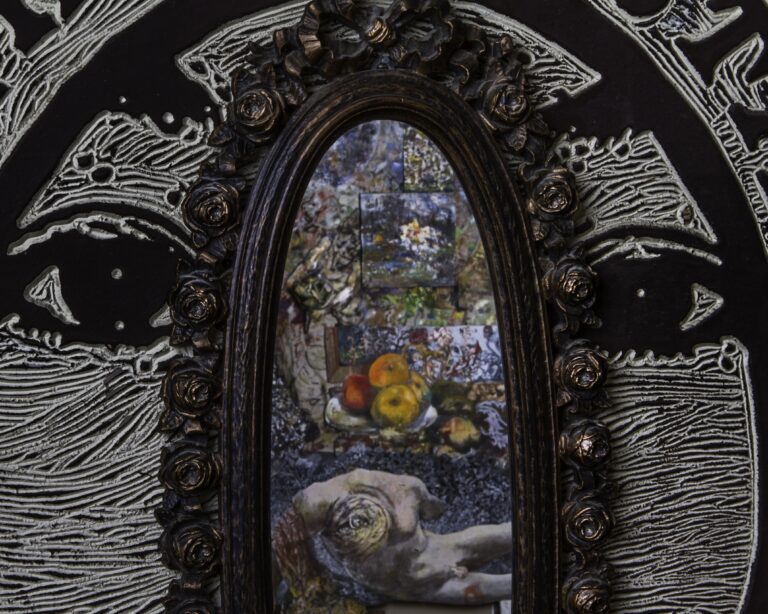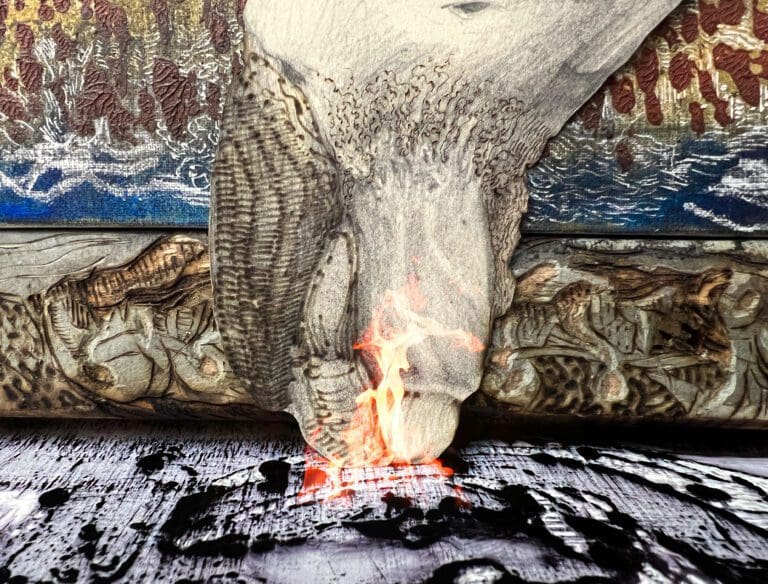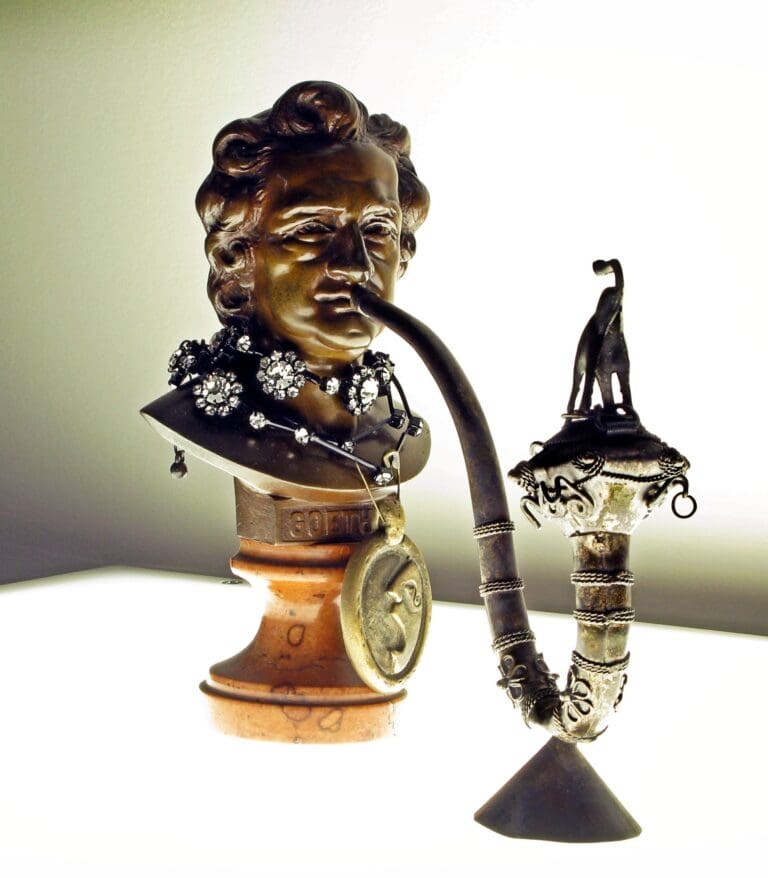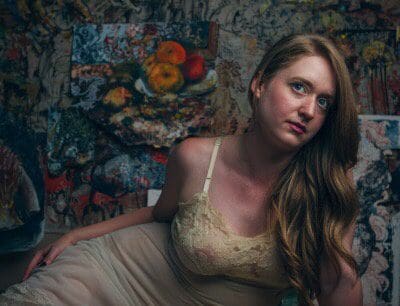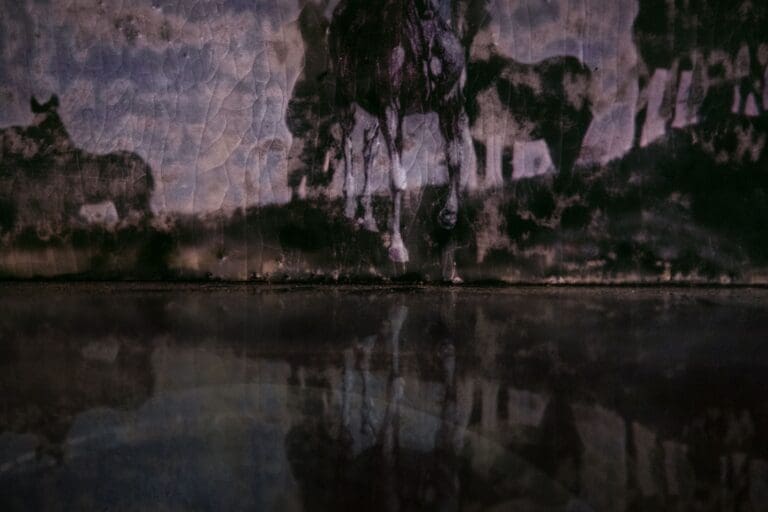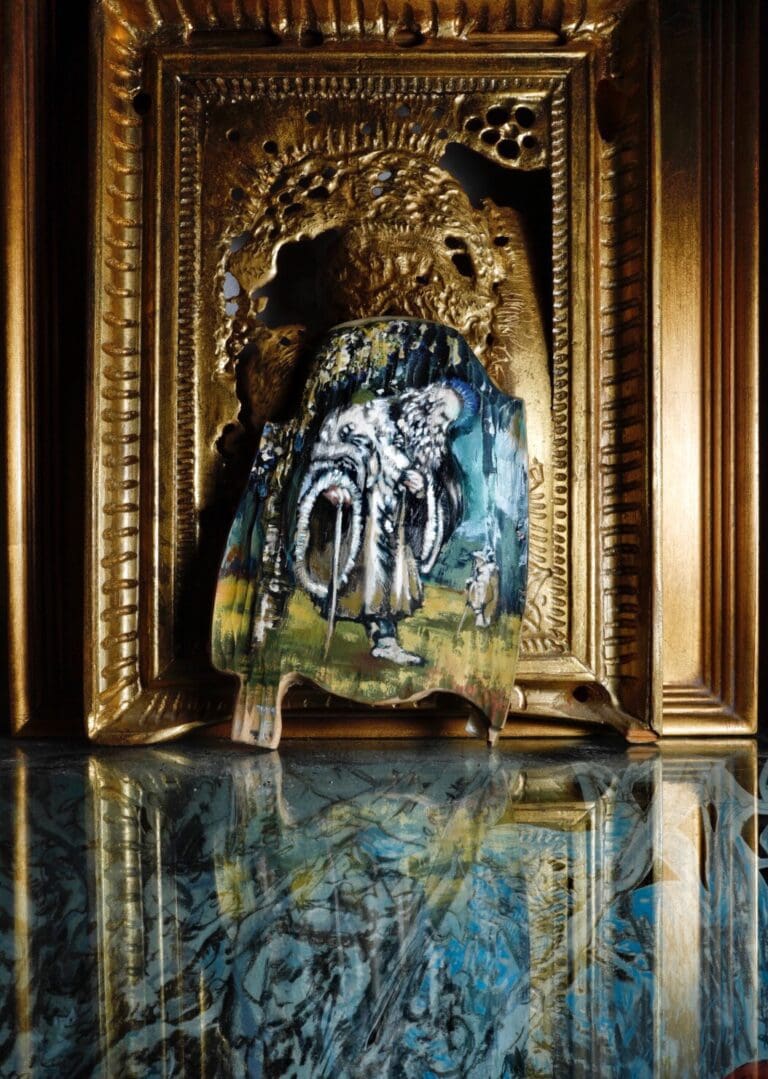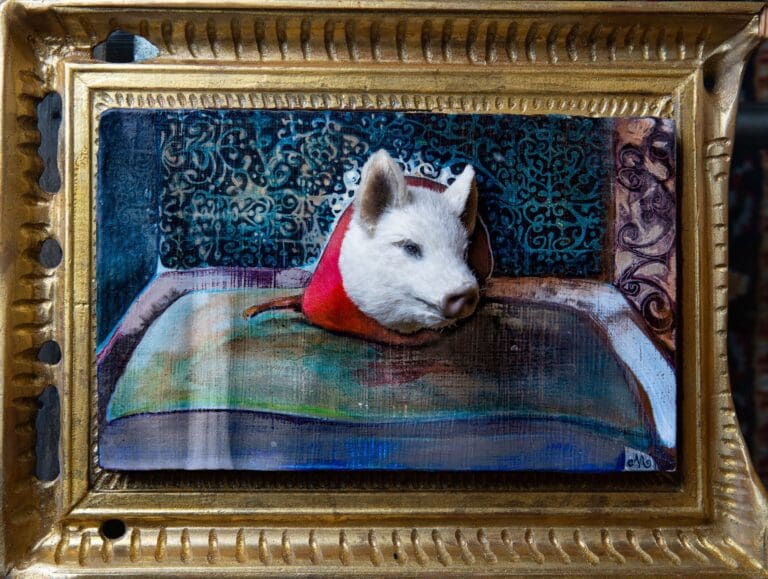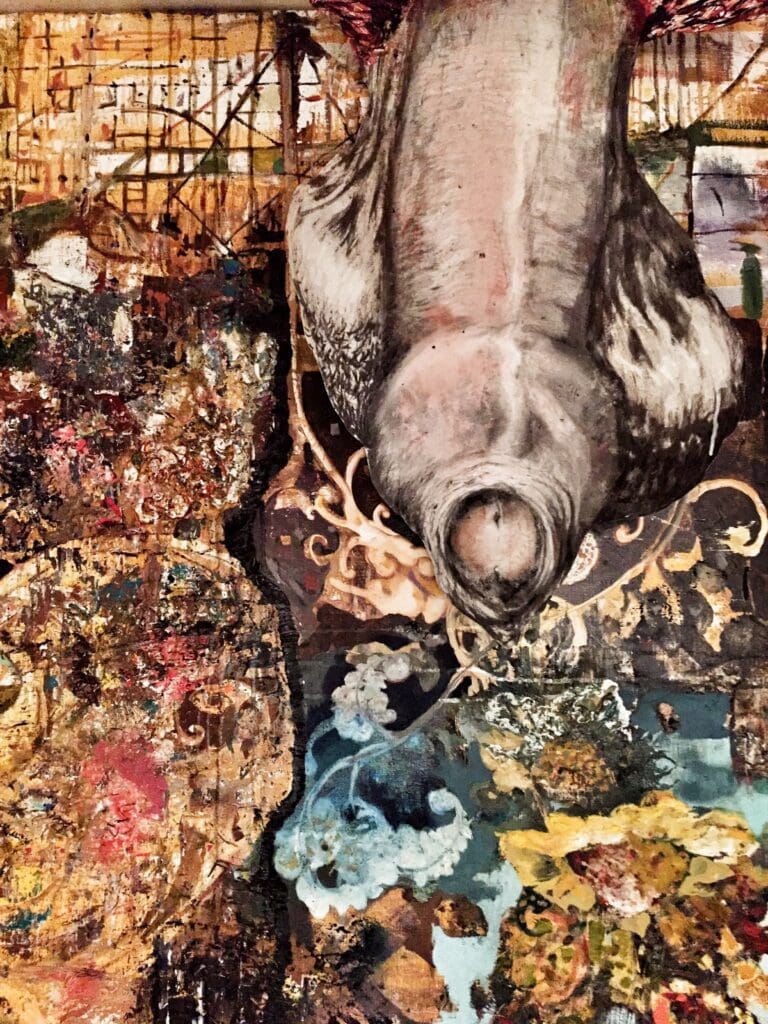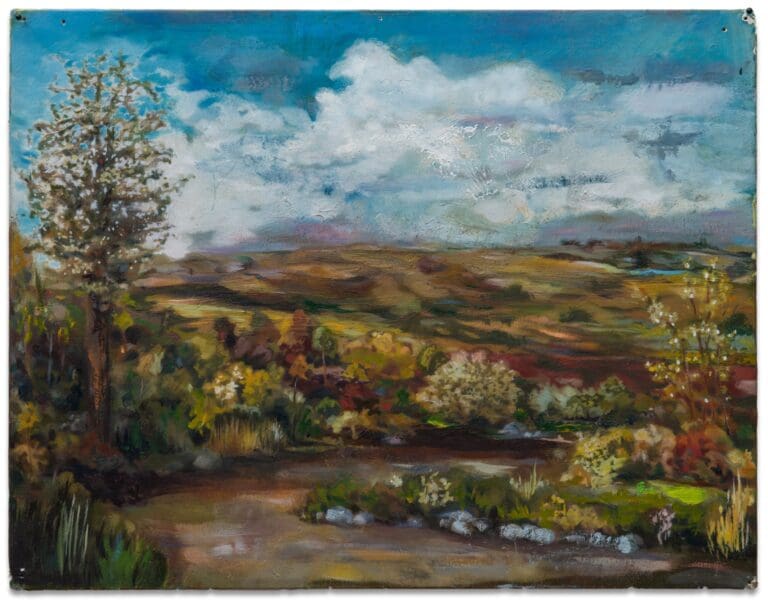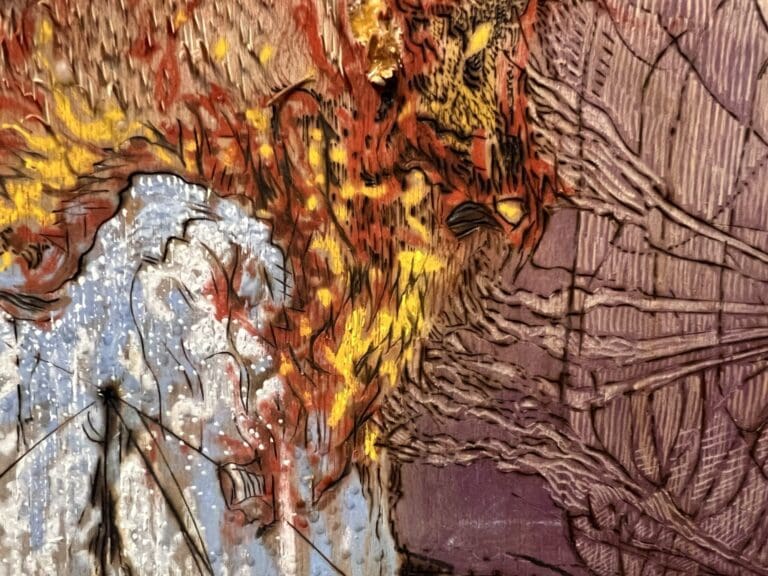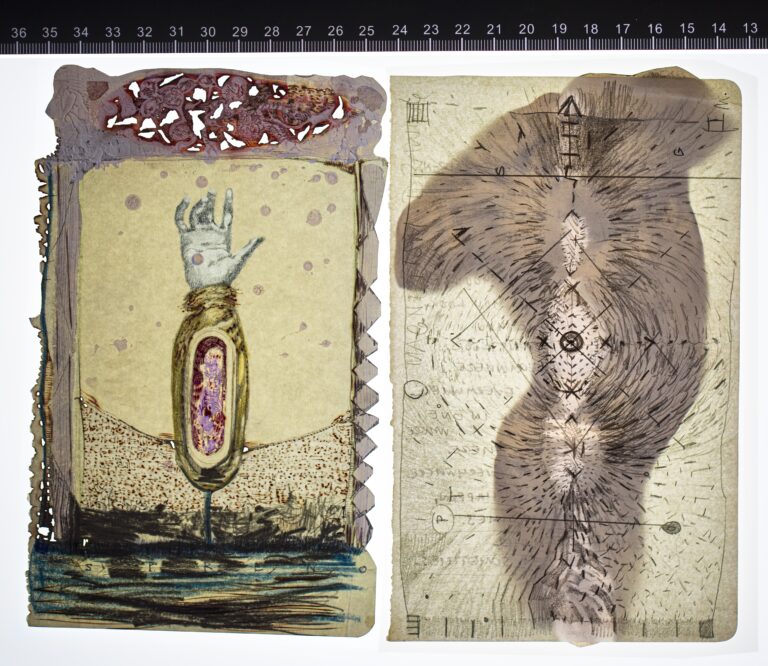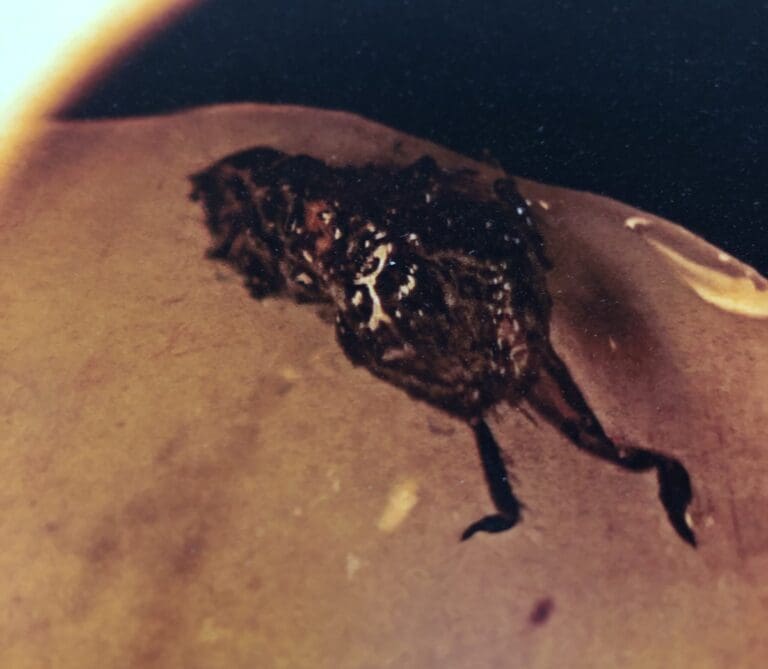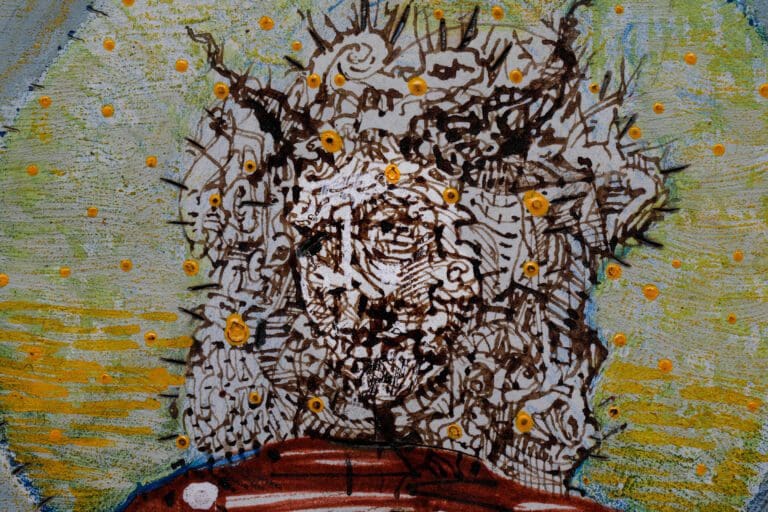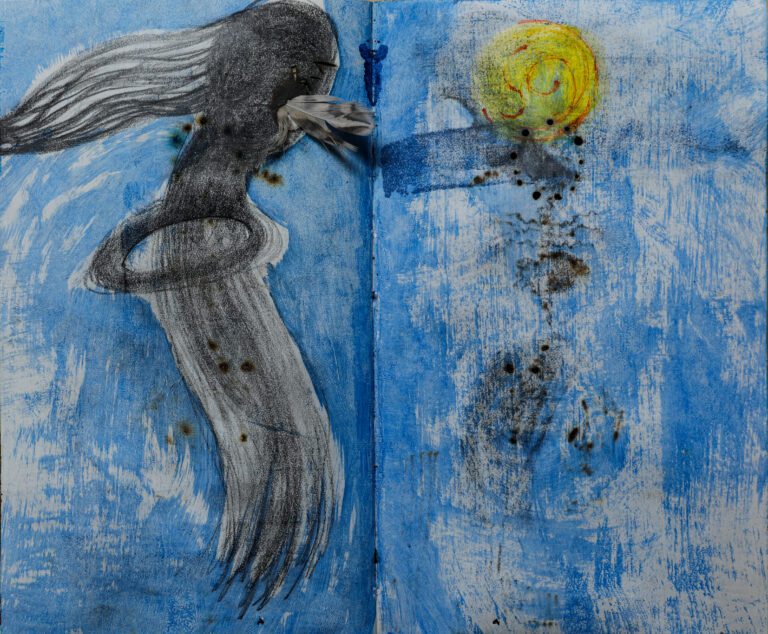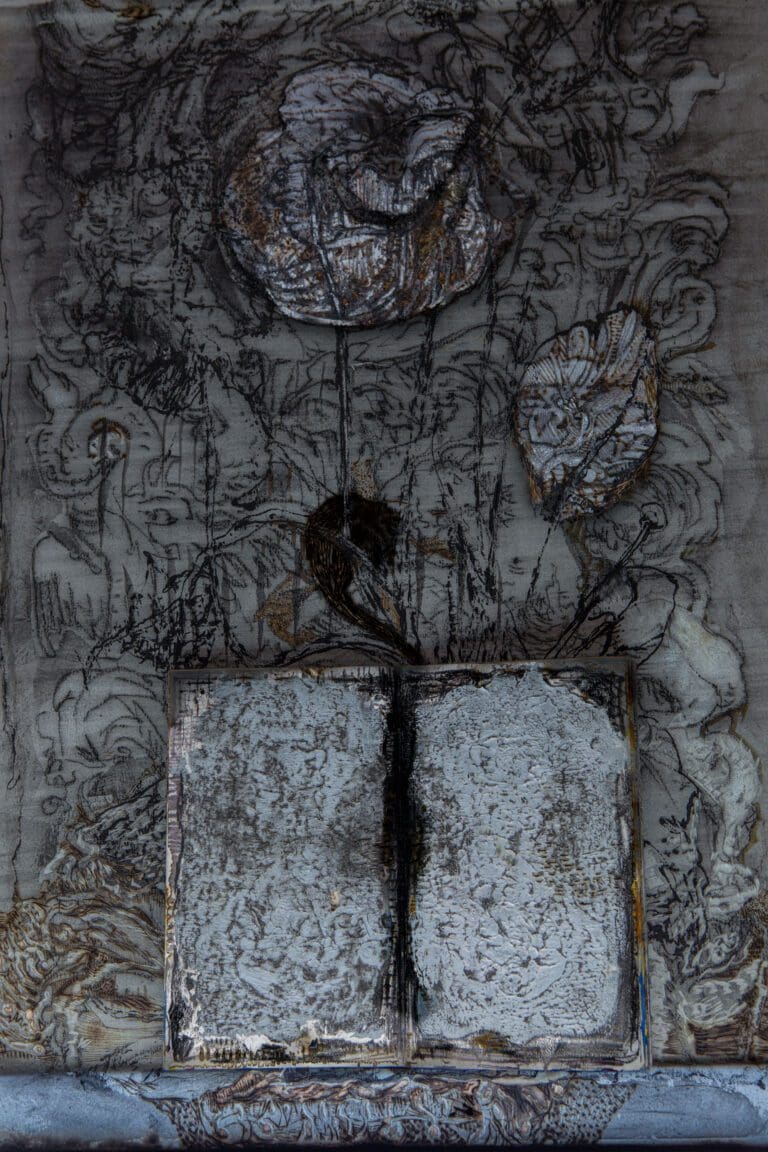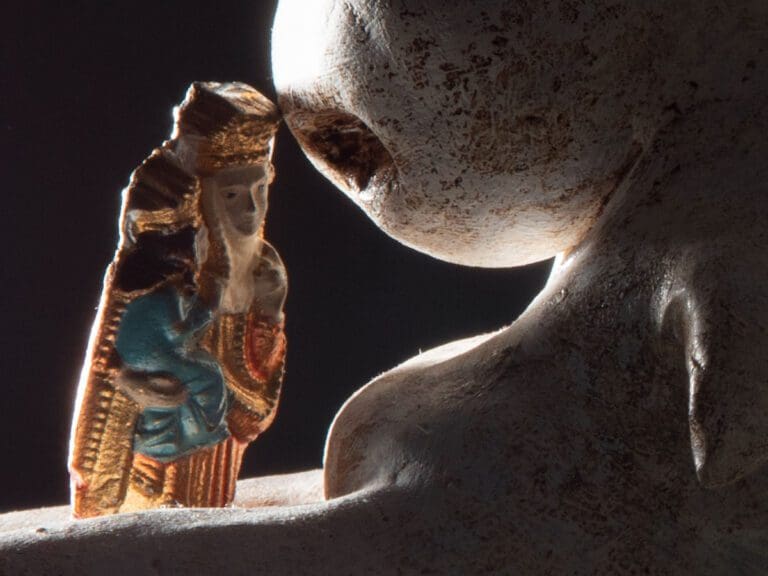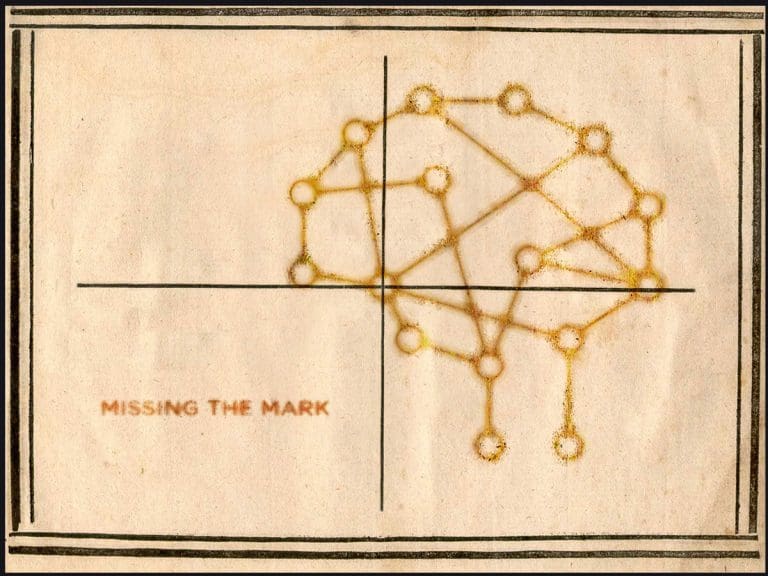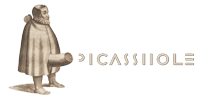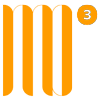Understanding Active Imagination Free Artist's Guide
Creating a program for artists to foster creativity and inspiration through active imagination involves several key steps. While detailed programs tailored specifically to this concept are not readily available, we can synthesize insights from Carl Jung’s theories and contemporary art practices to outline an effective framework. Here’s a structured approach based on Jungian concepts and artistic practices:
Table Of Contents
- Understanding Active Imagination
- Creating a Conducive Environment
- Guided Meditation & Visualization
- Dream Analysis & Journaling
- Visualizations & Guided Imagery
BY INVITATION ONLY
- Artistic Expression Workshops
- Group Sharing and Feedback Sessions
- Integration of Insights
- Community Support & Art Exhibitions
- Evaluation & Adaptation
Step 1 • Understanding Active Imagination
Begin by familiarizing yourself with Carl Jung’s concept of active imagination – a technique for engaging with the unconscious mind to unearth creative ideas and imagery.
These resources collectively offer a foundational understanding of active imagination, its origins, its application in personal growth and creativity, and practical guides to begin practicing this technique. They are ideal for artists and individuals interested in exploring the depths of their unconscious for creative inspiration.
“Jung on Active Imagination” (1997) by Carl Jung, Princeton University Press: This book is a collection of Jung’s writings on active imagination, offering insights into his thoughts and methodologies. It is a primary resource for anyone looking to delve into the original concepts as envisioned by Jung himself.
“Alchemical Active Imagination: Revised Edition” (Marie-Louise von Franz, C. G. Jung Foundation Books Series): Authored by Marie-Louise von Franz, a renowned Jungian analyst, this book provides a deeper exploration of Jung’s ideas, particularly in relation to the alchemical tradition and its connection with active imagination.
“Inner Work: Using Dreams and Active Imagination for Personal Growth” (1986) by Robert A. Johnson, Harper & Row: Johnson’s work is a practical guide for individuals who wish to engage with their inner world through dreams and active imagination. This book is particularly useful for artists looking to apply these concepts to their creative processes.
“Encounters with the Soul: Active Imagination as Developed by C.G. Jung” (1981) by Barbara Hannah, Sigo, Santa Monica: This book offers a comprehensive look at the development and application of active imagination in Jungian psychology.
ARTICLE: “Active Imagination – Exploring The Unconscious Mind”
Make It Conscious is a platform dedicated to the cultivation of self-knowledge, freedom, and authentic growth. We provide insightful content, comprehensive training, and personalised coaching, guiding those who seek deeper self-understanding and spiritual development.
YouTube: Active Imagination is a transformative practice developed by Swiss psychologist Carl Jung, that offers a path towards attaining wholeness of mind by accessing the unconscious. By engaging with the unconscious mind and fostering open communication with it, individuals can uncover and integrate aspects of themselves that may have remained hidden or repressed.
“Active Imagination Technique – Your Own Red Book”
This video guide provides a practical, step-by-step approach to active imagination, making it accessible for beginners who are new to this technique.
Table Of Contents
- Understanding Active Imagination
- Creating a Conducive Environment
- Guided Meditation & Visualization
- Dream Analysis & Journaling
- Visualizations & Guided Imagery
BY INVITATION ONLY
- Artistic Expression Workshops
- Group Sharing and Feedback Sessions
- Integration of Insights
- Community Support & Art Exhibitions
- Evaluation & Adaptation
Step 2 • Creating a Conducive Environment
Creating a studio space that fosters active imagination and artistic creativity is a deeply personal and intuitive process. It’s not about following a set formula, but rather about tailoring the environment to your unique creative pulse. The key lies in crafting a space that resonates with your individual artistic spirit and facilitates the flow of your imaginative processes. This means considering not just the physical layout and tools available, but also the elements that inspire and motivate you. From the ambiance set by lighting and decor to the functional arrangement of art supplies, every detail plays a role in shaping an environment that is both inspiring and conducive to the exploration of your inner creative world.
Something you will certainly need is a pencil and a sketchbook.
While specific books or videos on setting up an art studio for active imagination are not directly available, the following resources provide valuable insights into creating a stimulating and functional art studio environment. By following these tips and exploring other resources, artists can create a studio environment that not only supports their artistic work but also fosters deep engagement with their inner imaginative world. Most importantly: Use your imagination!
“Active Imagination in Theory, Practice and Training: The Special Legacy of C. G. Jung: Although it’s a bit of a heavy read intended for clinicians, this book explores the connections between Active Imagination and Sandplay, as well as the possibilities of applying the technique with adolescent patients, and some innovative clinical methodologies of Active Imagination.
Online Articles and Blogs: Websites like laurensauder.com offer practical advice on setting up creative spaces, including how to arrange, personalize, and maintain an inspiring art studio. Article: Setting Up a Studio That Inspires Creativity.
YouTube Channels on Art Studio Organization: Even though your space should be to your personal specifications, feel free to look for ideas from YouTube channels by professional artists where they share tips on setting up and maintaining an inspiring art studio.
Table Of Contents
- Understanding Active Imagination
- Creating a Conducive Environment
- Guided Meditation & Visualization
- Dream Analysis & Journaling
- Visualizations & Guided Imagery
BY INVITATION ONLY
- Artistic Expression Workshops
- Group Sharing and Feedback Sessions
- Integration of Insights
- Community Support & Art Exhibitions
- Evaluation & Adaptation
Step 3 • Guided Meditation & Visualization Techniques For Artists
For artists seeking to dive deeper into their creative psyche, guided meditation and visualization techniques offer a profound toolset. These practices, rooted in the principles of active imagination, will unlock new dimensions of your creativity and self-expression.
Understanding the Role of Meditation and Visualization in Active Imagination
Active imagination is a process where the conscious and unconscious minds communicate. It’s a state where the artist becomes both an observer and a participant in the inner imagery and narratives that unfold. Here, guided meditation and visualization act as bridges, facilitating this dialogue.
Guided Meditation: This involves following a set of instructions, often led by a voice recording or an instructor, to reach a state of deep relaxation and heightened awareness. It prepares the mind to explore the inner realms without the usual distractions of the conscious mind.
Visualization Techniques: In the context of active imagination, visualization is the act of consciously conjuring up images, scenes, or scenarios in the mind’s eye. It could be as simple as picturing a color or as complex as imagining a detailed landscape.
Practical Steps for Artists
- Setting the Scene: Choose a quiet, comfortable space where you won’t be disturbed. This could be in your studio or any other space that feels safe and inspiring.
- Engaging in Guided Meditation: Start with a guided meditation to relax your body and clear your mind. This can be through an app, a YouTube video, or a meditation podcast. Look for meditations specifically designed for creativity or artistic inspiration.
- Transitioning to Visualization: Once in a meditative state, gently shift your focus to visualization. Begin with simple forms or colors, and gradually let your imagination build more complex scenes or narratives.
- Using Art as a Medium: After your visualization session, immediately translate your experiences and images onto your chosen medium. This can be through sketches, paintings, writings, or any form that feels natural to you.
The Impact on Artistic Practice
Incorporating these techniques into your daily artistic routine can have profound effects. They can lead to a deeper connection with your inner self, a richer palette of inspiration, and a heightened ability to express complex emotions and ideas through art.
By engaging in guided meditation and visualization, artists open themselves to a world where the boundaries between the conscious and unconscious blur, leading to an expansive and enriched creative experience.
Art Is a Way of Knowing: A Guide to Self-Knowledge and Spiritual Fulfillment through Creativity: Making art—giving form to the images that arise in our mind’s eye, our dreams, and our everyday lives—is a form of spiritual practice through which knowledge of ourselves can ripen into wisdom. This book offers encouragement for everyone to explore art-making in this spirit of self-discovery—plus practical instructions on material, methods, and activities
The Creator Archetype – Active Imagination Meditation Exercise – Meet your inner Artist” This video guided exercise aims to help you tap into the Creator within, allowing it to guide and inspire you.
